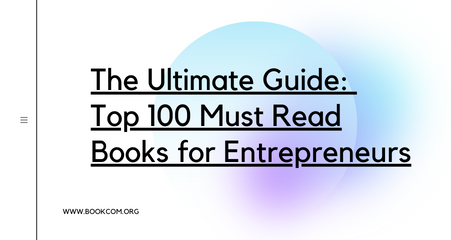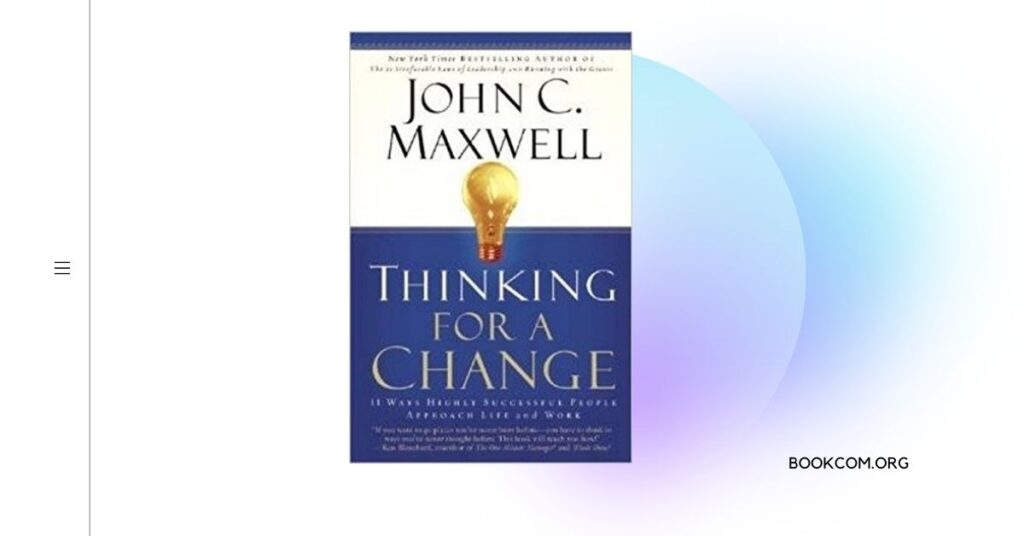This blog post is the Ultimate Guide, it contains Top 100 Must Read Books for Entrepreneurs. Entrepreneurship is an exciting and challenging journey that requires constant learning and growth. As an entrepreneur, reading is one of the most effective ways to gain insights, expand knowledge, and find inspiration from the experiences of successful business leaders.
In this comprehensive guide, we have curated a list of the top 100 must read books for entrepreneurs. Each book on this list offers valuable lessons, practical strategies, and unique perspectives to help you navigate the ever-changing business landscape. Whether you are a building entrepreneur or a seasoned business owner, these books are essential resources for honing your skills, fostering innovation, and achieving success. Let’s dive into this treasure trove of entrepreneurial wisdom!
Top 100 Must Read Books for Entrepreneurs
“The Lean Startup” by Eric Ries
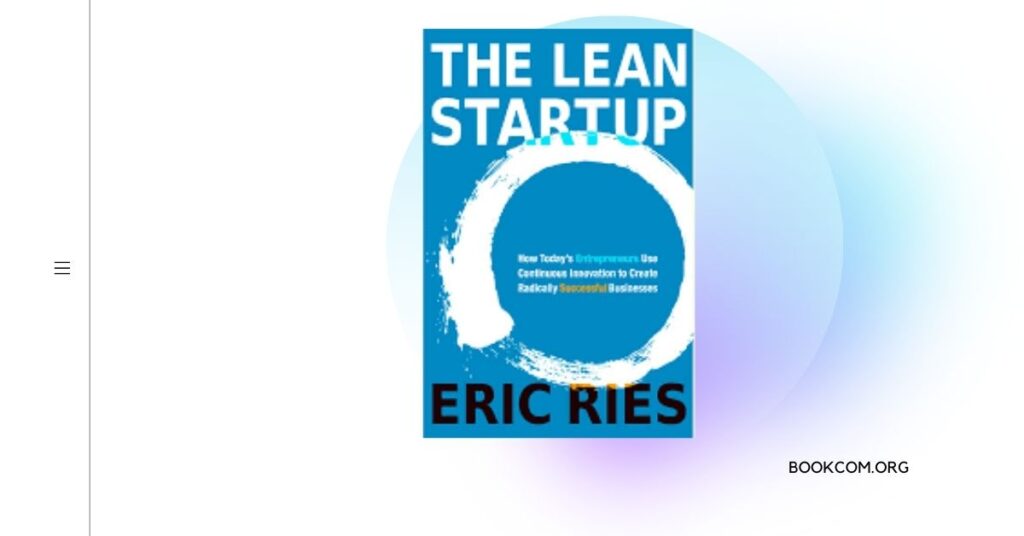
Overview: The Lean Startup introduces a methodology for building and scaling startups based on rapid experimentation, validated learning, and iterative development.
Summary: Ries emphasizes the importance of developing a minimum viable product (MVP) and gathering customer feedback to drive product innovation and business growth.
Key Learnings: By embracing a “build-measure-learn” approach, entrepreneurs can minimize wasted resources, adapt to market needs, and increase their chances of building successful businesses.
Read More: Book Review: “The Lean Startup” by Eric Ries
Read More: Wikipedia: “The Lean Startup” by Eric Ries
Read More: Goodreads: “The Lean Startup” by Eric Ries
“Zero to One” by Peter Thiel
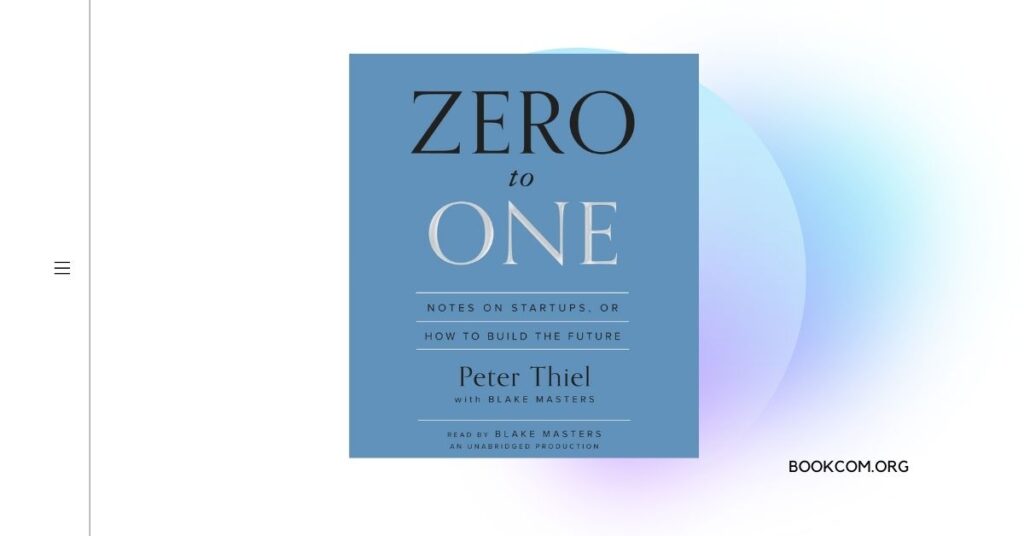
Overview: Zero to One explores the philosophy of creating innovative businesses that generate new value and establish monopolistic market positions.
Summary: Thiel emphasizes the importance of building unique products, developing proprietary technology, and creating strong network effects.
Key Learnings: Entrepreneurs should focus on creating something new and valuable, rather than simply competing in existing markets. By aiming for monopoly-like dominance, entrepreneurs can achieve long-term success and significant impact.
Read More: Book Review: “Zero to One” by Peter Thiel
Read More: Wikipedia: “Zero to One” by Peter Thiel
Read More: Goodreads: “Zero to One” by Peter Thiel
“The 4-Hour Workweek” by Timothy Ferriss
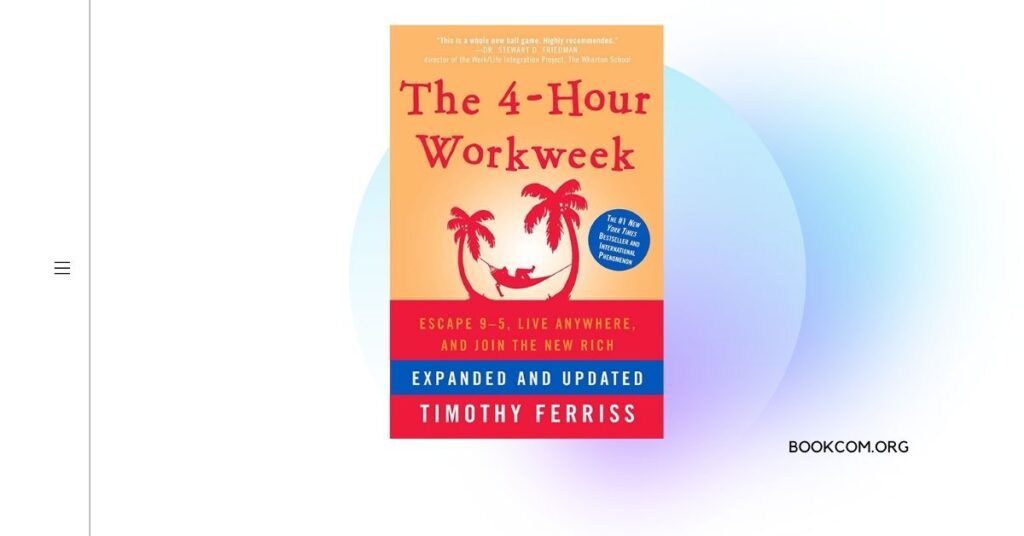
Overview: The 4-Hour Workweek challenges conventional notions of work and offers a blueprint for escaping the 9-to-5 grind and designing a lifestyle of freedom and fulfilment.
Summary: Ferriss shares strategies for optimizing productivity, automating tasks, and creating passive income streams to achieve a more balanced and fulfilling life.
Key Learnings: By focusing on efficiency, outsourcing non-essential tasks, and prioritizing personal goals, entrepreneurs can achieve more with less and create a lifestyle that aligns with their passions and aspirations.
Read More: Book Review: “The 4-Hour Workweek” by Timothy Ferriss
Read More: Wikipedia: “The 4-Hour Workweek” by Timothy Ferriss
Read More: Goodreads: “The 4-Hour Workweek” by Timothy Ferriss
“The Innovator’s Dilemma” by Clayton M. Christensen
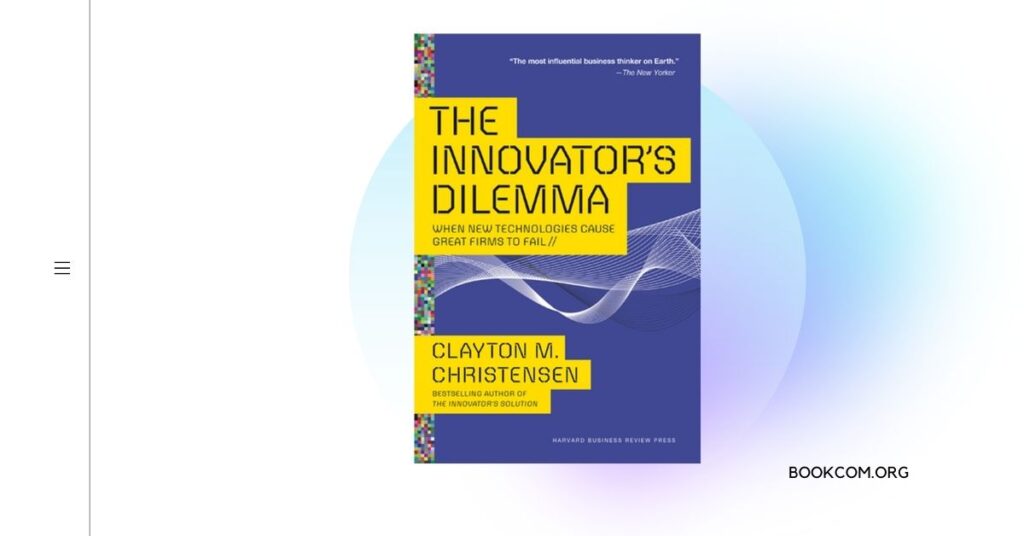
Overview: The Innovator’s Dilemma explores the challenges faced by established companies when disruptive technologies emerge and presents strategies for managing disruptive innovation.
Summary: Christensen analyzes the reasons why successful companies fail and provides insights on how to disrupt markets and sustain growth in the face of disruptive change.
Key Learnings: Entrepreneurs must be willing to disrupt their own business models, embrace emerging technologies, and adapt to changing market dynamics to stay ahead of the competition.
Read More: Book Review: “The Innovator’s Dilemma” by Clayton M. Christensen
Read More: Wikipedia: “The Innovator’s Dilemma” by Clayton M. Christensen
Read More: Googlereads: “The Innovator’s Dilemma” by Clayton M. Christensen
“Thinking, Fast and Slow” by Daniel Kahneman
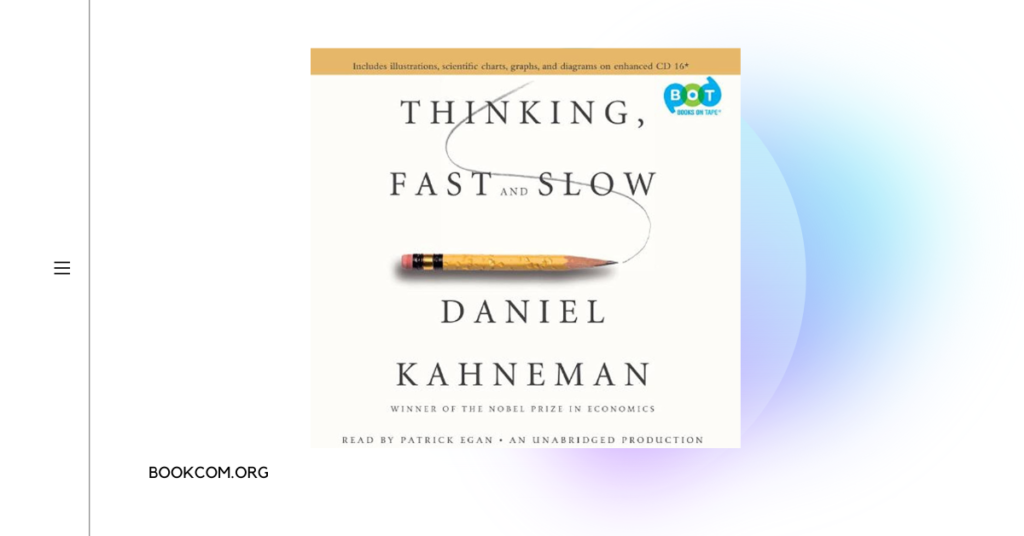
Overview: Thinking, Fast and Slow explores the two systems of thinking—intuitive and deliberate—and their impact on decision-making processes.
Summary: Kahneman delves into cognitive biases, heuristics, and the irrationalities that influence our judgment, offering insights into human behavior and decision-making.
Key Learnings: By understanding the cognitive biases that affect our thinking, entrepreneurs can make more informed and rational decisions, enhancing their problem-solving skills and overall business acumen.
Read More: Book Review: “Thinking, Fast and Slow” by Daniel Kahneman
Read More: Wikipedia: “Thinking, Fast and Slow” by Daniel Kahneman
Read More: Googlereads: “Thinking, Fast and Slow” by Daniel Kahneman
“The E-Myth Revisited” by Michael E. Gerber
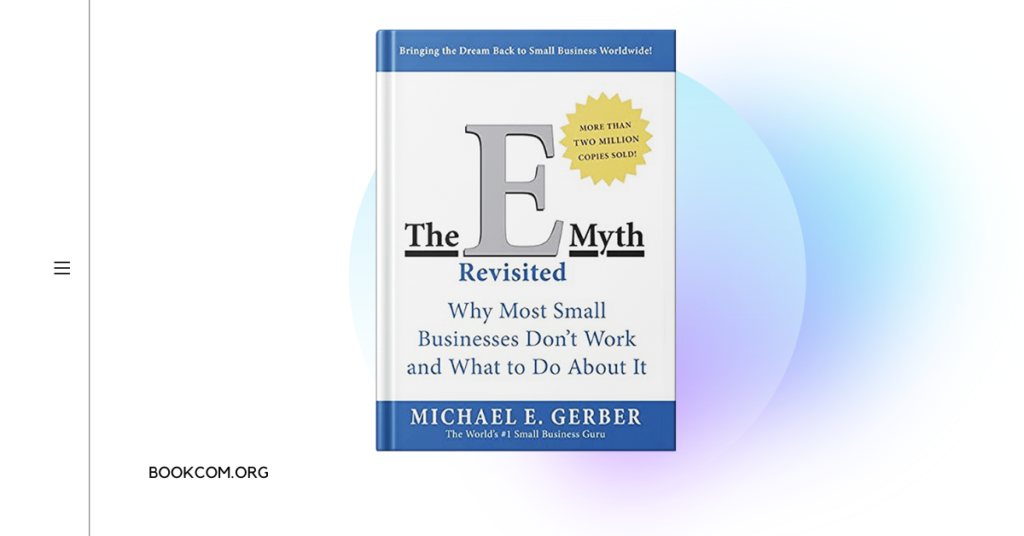
Overview: The E-Myth Revisited explores the common pitfalls faced by entrepreneurs and provides a systematic approach to building successful and scalable businesses.
Summary: Gerber emphasizes the importance of working on your business rather than in your business, creating systems, and delegating effectively.
Key Learnings: Entrepreneurs should focus on developing scalable systems and processes that allow their businesses to grow and thrive, even in their absence.
Read More: Book Review: “The E-Myth Revisited” by Michael E. Gerber
Read More: Wikipedia: “The E-Myth Revisited” by Michael E. Gerber
Read More: Googlereads: “The E-Myth Revisited” by Michael E. Gerber
“Influence: The Psychology of Persuasion” by Robert Cialdini
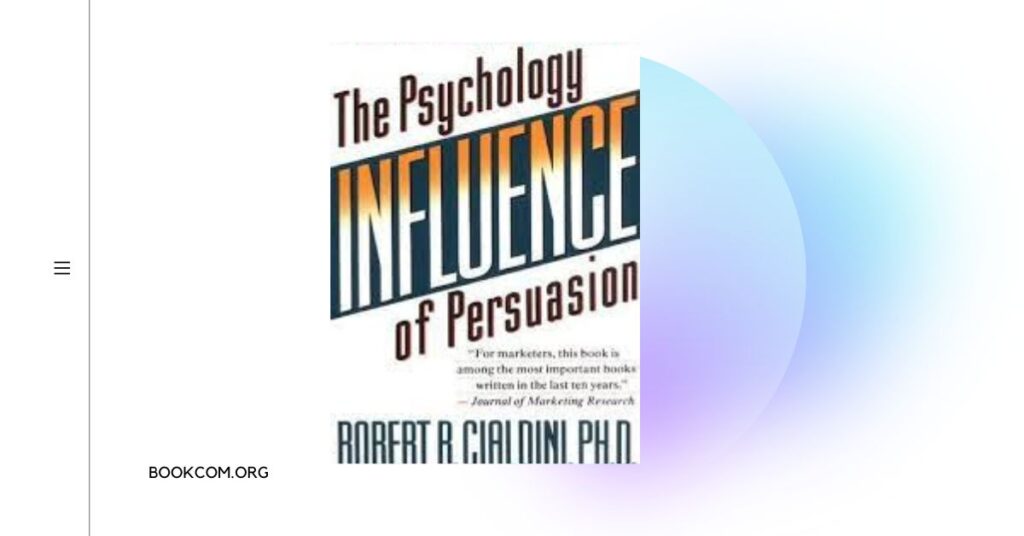
Overview: Influence explores the principles of persuasion and how they can be ethically applied in various business and social situations.
Summary: Cialdini presents six principles of influence—reciprocity, commitment and consistency, social proof, liking, authority, and scarcity—and provides real-world examples of their applications.
Key Learnings: Understanding the psychology of influence can help entrepreneurs build persuasive messages, establish trust, and effectively influence others in their business interactions.
Read More: Book Review: “Influence: The Psychology of Persuasion” by Robert Cialdini
Read More: Wikipedia:”Influence: The Psychology of Persuasion” by Robert Cialdini
Read More: Googlereads:”Influence: The Psychology of Persuasion” by Robert Cialdini
“Start with Why” by Simon Sinek
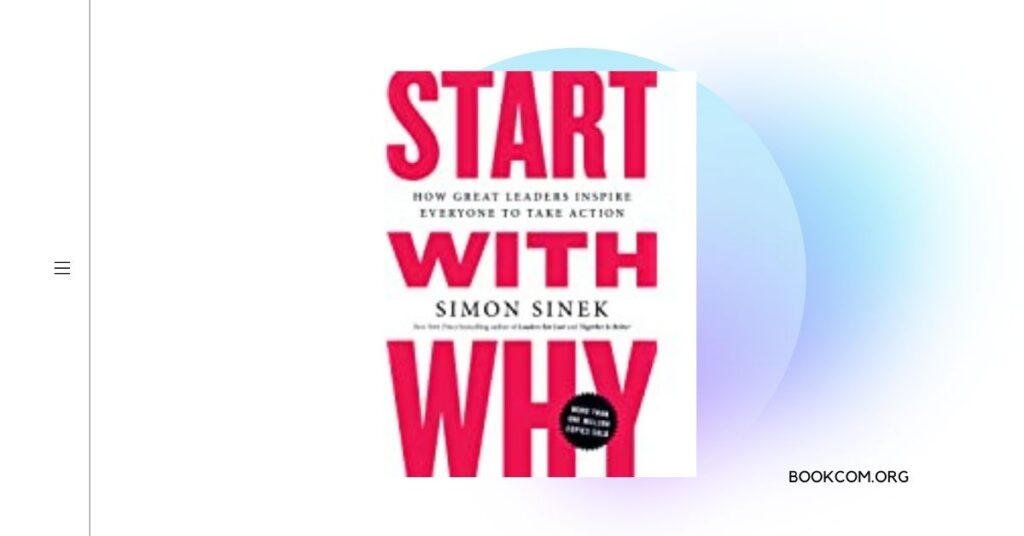
Overview: Start with Why explores the concept of the “Golden Circle” and the power of starting with a clear sense of purpose.
Summary: Sinek emphasizes the importance of understanding and communicating the “why” behind your business to inspire others, differentiate your brand, and create loyal customers and employees.
Key Learnings: By discovering and aligning with their “why,” entrepreneurs can cultivate a sense of purpose, drive meaningful connections, and differentiate their business from competitors.
Read More: Book Review: “Start with Why” by Simon Sinek
Read More: Wikipedia:”Start with Why” by Simon Sinek
Read More: Googlereads: “Start with Why” by Simon Sinek
“The 7 Habits of Highly Effective People” by Stephen R. Covey
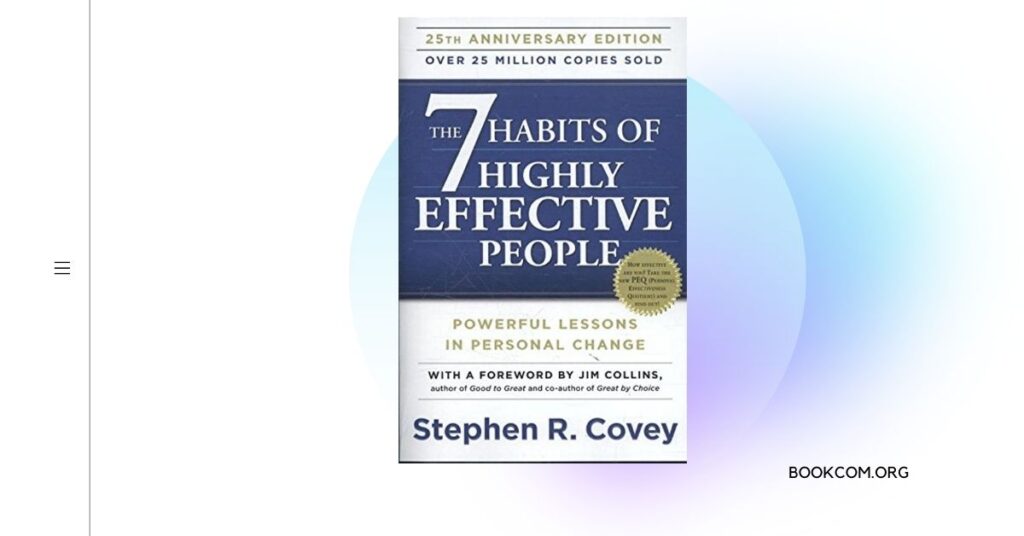
Overview: The 7 Habits of Highly Effective People presents a holistic approach to personal and professional effectiveness.
Summary: Covey outlines seven habits that can transform individuals into highly effective professionals, covering topics such as proactivity, goal setting, and collaboration.
Key Learnings: Developing effective habits, such as prioritizing and maintaining a balance between personal and professional goals, is essential for long-term success as an entrepreneur.
Read More: Book Review: “The 7 Habits of Highly Effective People” by Stephen R. Covey
Read More: Wikipedia: “The 7 Habits of Highly Effective People” by Stephen R. Covey
Read More: Googlereads: “The 7 Habits of Highly Effective People” by Stephen R. Covey
“The Art of the Start 2.0” by Guy Kawasaki
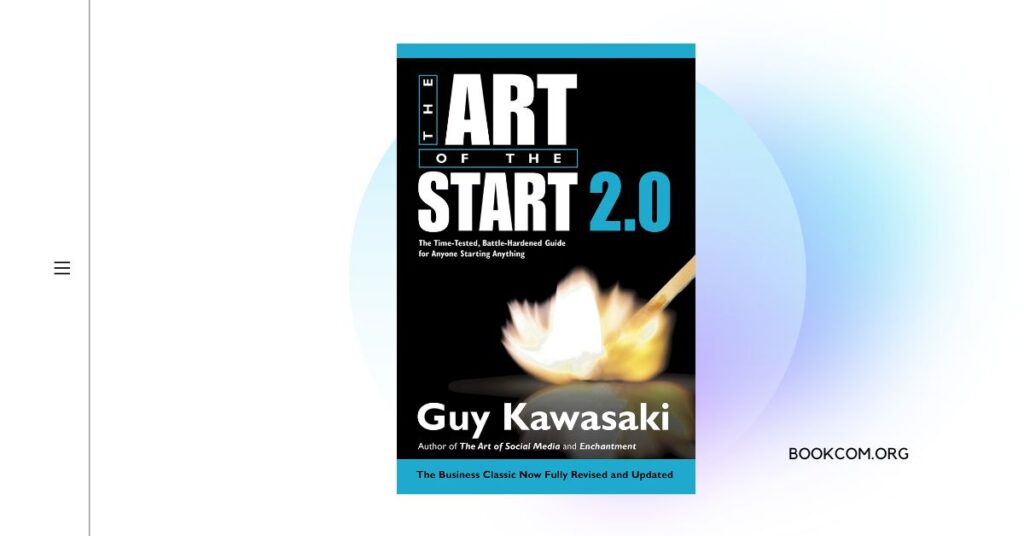
Overview: The Art of the Start 2.0 provides a comprehensive guide for entrepreneurs on how to launch and grow successful businesses in today’s competitive landscape.
Summary: Kawasaki covers various aspects of starting a business, including creating a compelling pitch, building a strong team, raising capital, and adapting to the evolving startup landscape.
Key Learnings: Kawasaki provides actionable advice and best practices for entrepreneurs, emphasizing the importance of agility, iteration, and relentless focus on providing value to customers.
Read More: Book Review: “The Art of the Start 2.0” by Guy Kawasaki
Read More: Wikipedia: “The Art of the Start 2.0” by Guy Kawasaki
Read More: Googlereads: “The Art of the Start 2.0” by Guy Kawasaki
“Thinking in Bets” by Annie Duke
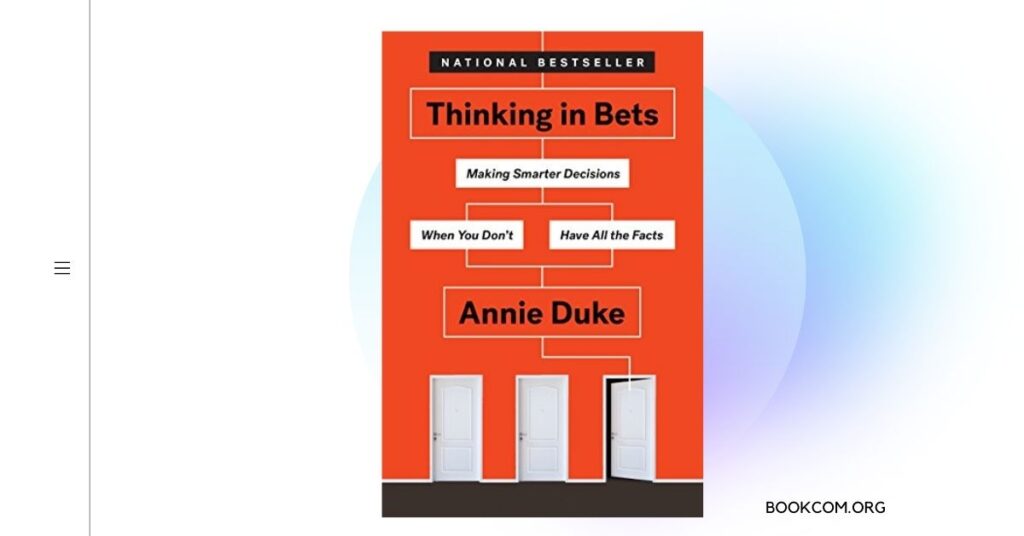
Overview: Thinking in Bets explores the role of uncertainty and decision-making in the world of business and life, offering insights from the world of professional poker.
Summary: Duke introduces the concept of “resulting” and provides strategies for making better decisions in uncertain situations.
Key Learnings: Entrepreneurs can benefit from understanding the role of luck and probabilities in decision-making, embracing uncertainty, and making more informed bets to increase their chances of success.
Read More: Book Review: “Thinking in Bets” by Annie Duke
Read More: Wikipedia: “Thinking in Bets” by Annie Duke
Read More: Googlereads: “Thinking in Bets” by Annie Duke
“The Innovator’s Solution” by Clayton M. Christensen and Michael E. Raynor
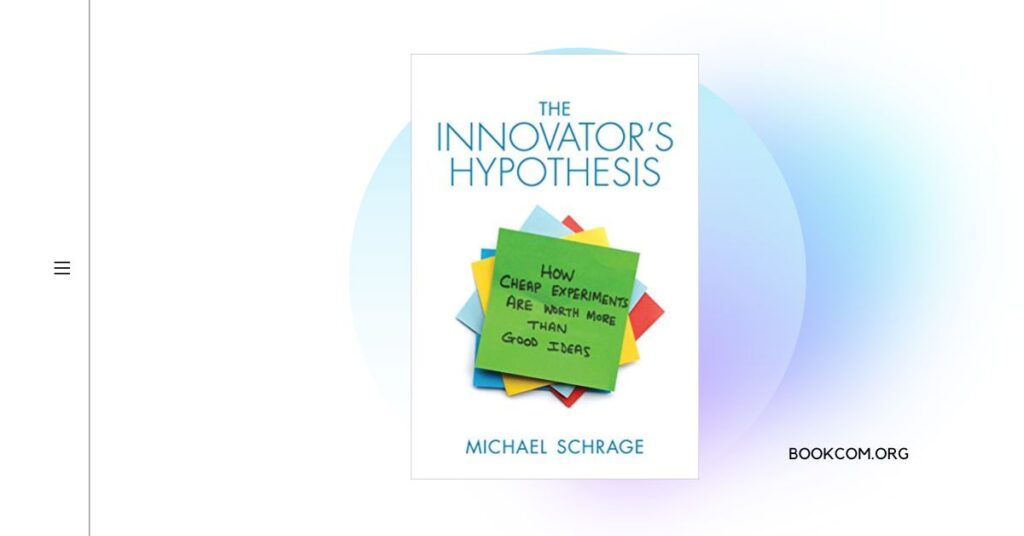
Overview: The Innovator’s Solution builds upon the ideas presented in “The Innovator’s Dilemma,” offering practical frameworks and strategies for creating disruptive innovations.
Summary: Christensen and Raynor provide insights on how to successfully navigate disruptive change, create new markets, and sustain growth.
Key Learnings: Entrepreneurs can learn how to identify disruptive opportunities, allocate resources effectively, and build sustainable business models to drive innovation and stay ahead of the competition.
Read More: Book Review: “The Innovator’s Solution” by Clayton M. Christensen and Michael E. Raynor
Read More: Wikipedia: “The Innovator’s Solution” by Clayton M. Christensen and Michael E. Raynor
Read More: Googlereads: “The Innovator’s Solution” by Clayton M. Christensen and Michael E. Raynor
“The Power of Habit” by Charles Duhigg
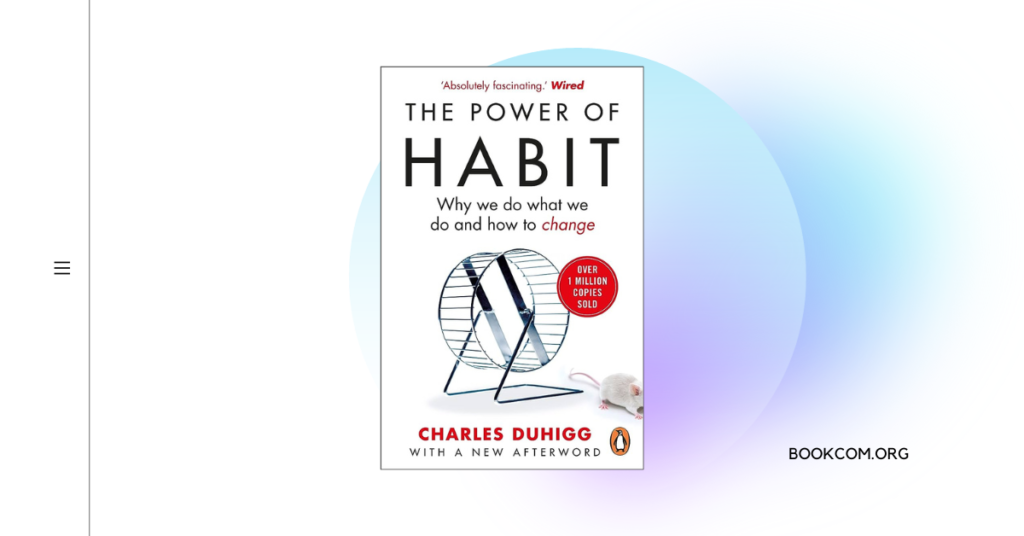
Overview: The Power of Habit explores the science behind habit formation and how habits shape our personal and professional lives.
Summary: Duhigg delves into the neurological processes of habit formation, shares stories of individuals and organizations, and provides strategies for changing and leveraging habits.
Key Learnings: By understanding the cues, routines, and rewards that drive habits, entrepreneurs can harness the power of habits to increase productivity, foster innovation, and create positive change within their businesses.
Read More: Book Review: “The Power of Habit” by Charles Duhigg
Read More: Wikipedia: “The Power of Habit” by Charles Duhigg
Read More: Googlereads: “The Power of Habit” by Charles Duhigg
“Good to Great” by Jim Collins
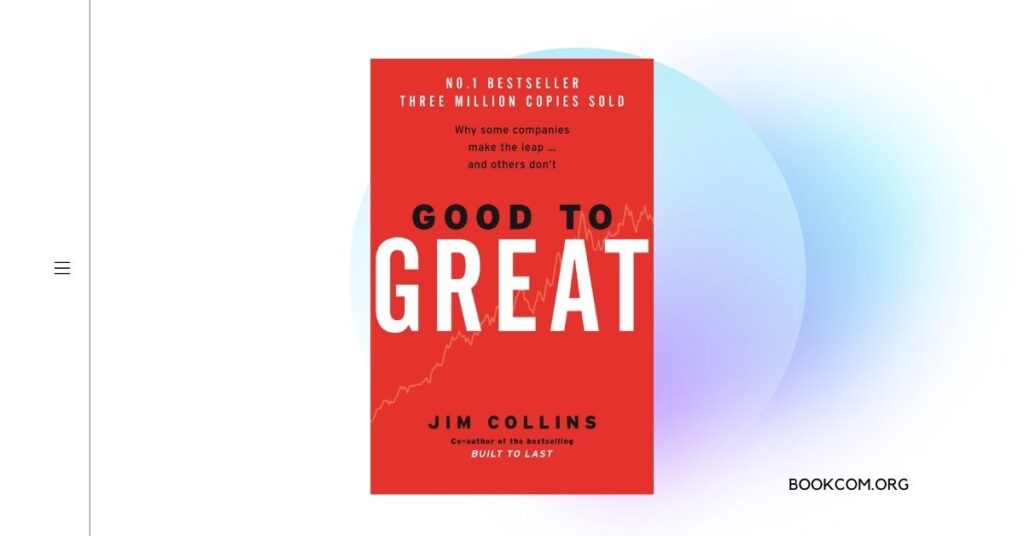
Overview: Good to Great examines the factors that differentiate exceptional companies from their average counterparts and provides insights into achieving long-term success.
Summary: Collins and his research team identify key principles and strategies that enable companies to transition from good to great, based on a five-year research project.
Key Learnings: Entrepreneurs can learn about the importance of disciplined people, thought, and action, as well as concepts like the Hedgehog Concept and the Flywheel Effect, which contribute to sustained excellence in business.
Read More: Book Review: “Good to Great” by Jim Collins
Read More: Wikipedia:”Good to Great” by Jim Collins
Read More: Googlereads:”Good to Great” by Jim Collins
“Originals: How Non-Conformists Move the World” by Adam Grant
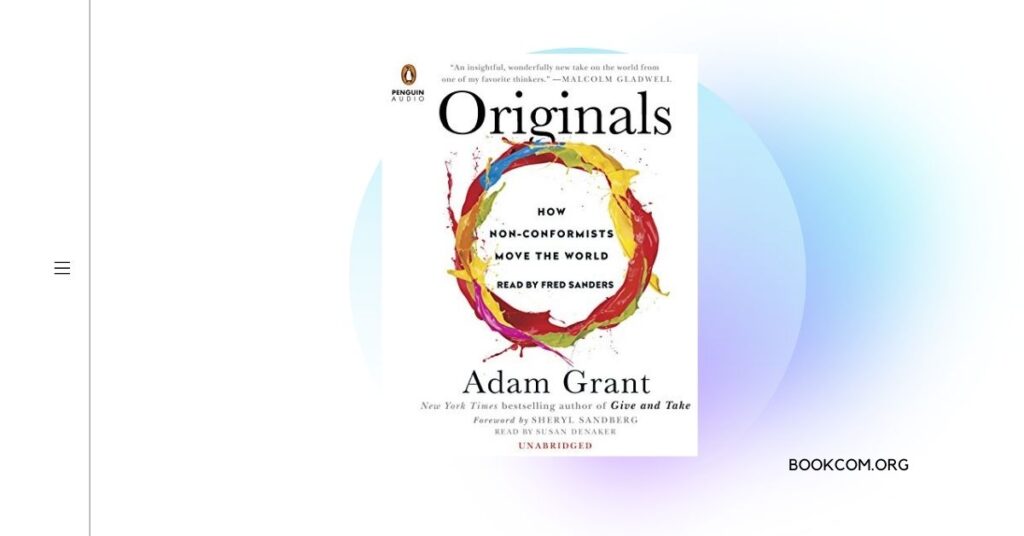
Overview: Originals explores the habits, characteristics, and strategies of individuals who challenge the status quo and drive innovation.
Summary: Grant delves into the psychology of originality, providing insights on fostering creativity, managing risks, and championing new ideas.
Key Learnings: Entrepreneurs can gain a fresh perspective on the importance of embracing their own originality, encouraging diverse perspectives, and challenging conventional wisdom to drive positive change and innovation within their organizations.
Read More: Book Review: “Originals: How Non-Conformists Move the World” by Adam Grant
Read More: Wikipedia: “Originals: How Non-Conformists Move the World” by Adam Grant
Read More: Googlereads: “Originals: How Non-Conformists Move the World” by Adam Grant
“The Hard Thing About Hard Things” by Ben Horowitz
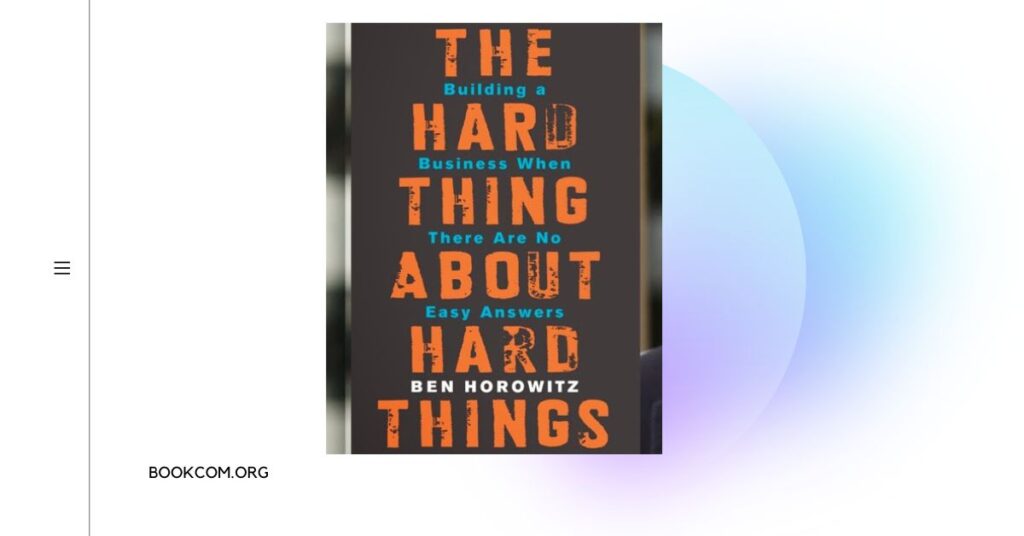
Overview: The Hard Thing About Hard Things offers practical advice and insights from Horowitz’s experiences as a Silicon Valley entrepreneur and venture capitalist.
Summary: Horowitz delves into the challenges and tough decisions faced by entrepreneurs, providing guidance on managing crises, building a strong culture, and navigating the unpredictable world of startups.
Key Learnings: Entrepreneurs can learn how to navigate difficult situations, make tough decisions, and persevere through the inevitable challenges of entrepreneurship.
Read More: Book Review: “The Hard Thing About Hard Things” by Ben Horowitz
Read More: Wikipedia: “The Hard Thing About Hard Things” by Ben Horowitz
Read More: Googlereads: “The Hard Thing About Hard Things” by Ben Horowitz
“Purple Cow: Transform Your Business by Being Remarkable” by Seth Godin

Overview: Purple Cow challenges entrepreneurs to differentiate their businesses by creating remarkable products, services, and experiences.
Summary: Godin emphasizes the need to stand out in a crowded marketplace and provides strategies for creating remarkable offerings that capture attention and generate word-of-mouth marketing.
Key Learnings: Entrepreneurs can learn the importance of uniqueness, innovation, and creating remarkable experiences that leave a lasting impression on customers.
Read More: Book Review: “Purple Cow: Transform Your Business by Being Remarkable” by Seth Godin
Read More: Wikipedia: “Purple Cow: Transform Your Business by Being Remarkable” by Seth Godin
Read More: Googlereads: “Purple Cow: Transform Your Business by Being Remarkable” by Seth Godin
“Crushing It!: How Great Entrepreneurs Build Their Business and Influence—and How You Can, Too” by Gary Vaynerchuk
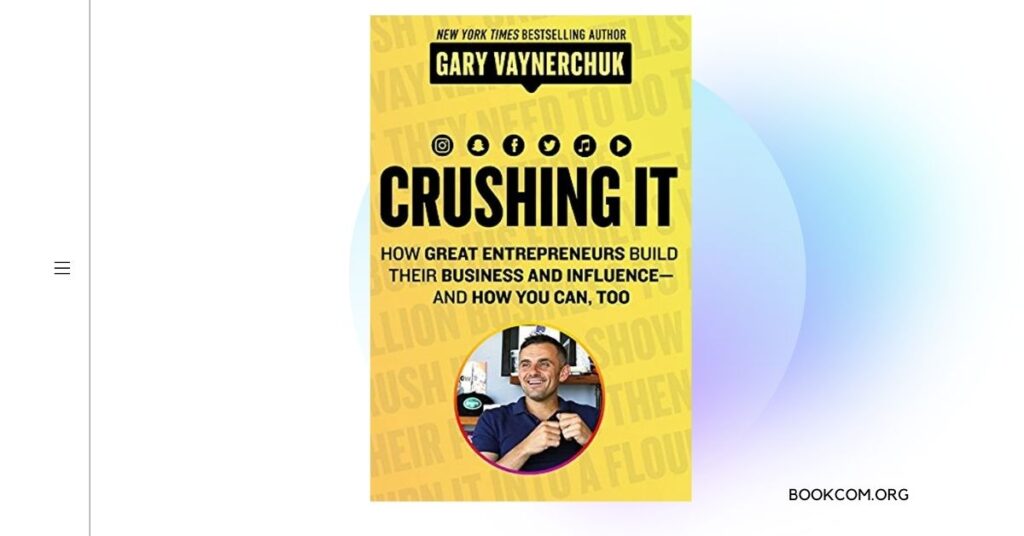
Overview: Crushing It! explores the power of personal branding and social media in building a successful business and personal brand.
Summary: Vaynerchuk shares stories and strategies from successful entrepreneurs who have leveraged social media platforms to grow their businesses.
Key Learnings: Entrepreneurs can gain insights on building a strong personal brand, creating valuable content, and leveraging social media to connect with their target audience and drive business growth.
Read More: Book Review: “Crushing It! by Gary Vaynerchuk
Read More: Wikipedia: “Crushing It! by Gary Vaynerchuk
Read More: Googlereads: “Crushing It! by Gary Vaynerchuk
“The $100 Startup: Reinvent the Way You Make a Living, Do What You Love, and Create a New Future” by Chris Guillebeau
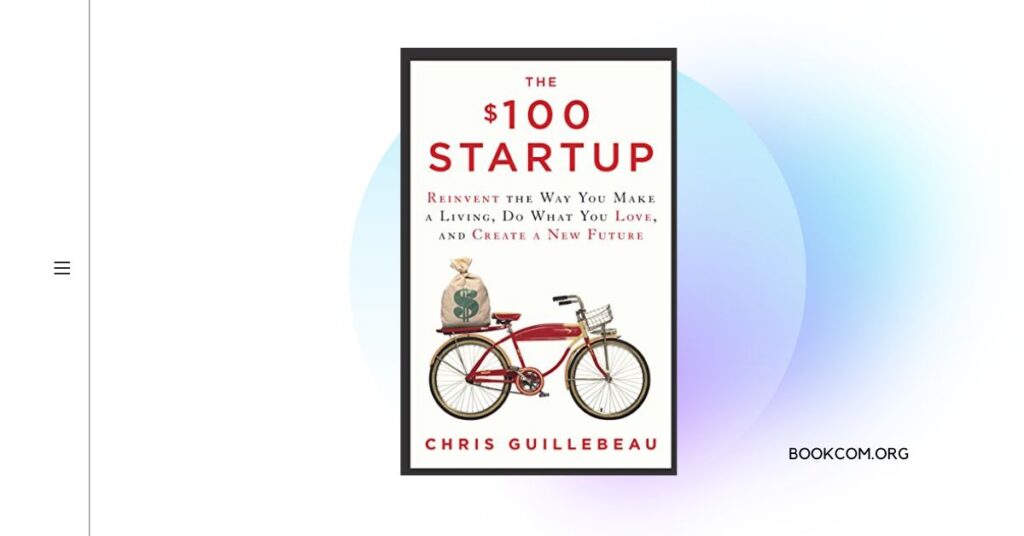
Overview: The $100 Startup profiles inspiring entrepreneurs who have built successful businesses with minimal startup capital and offers a blueprint for launching a business on a shoestring budget.
Summary: Guillebeau highlights the importance of finding your passion, identifying profitable opportunities, and taking action to create your own path to success.
Key Learnings: Entrepreneurs can gain insights on starting a business with limited resources, finding unconventional ways to monetize their skills and interests, and embracing the freedom of self-employment.
Read More: Book Review: The $100 Startup by Chris Guillebeau
Read More: Wikipedia: The $100 Startup by Chris Guillebeau
Read More: Googlereads: The $100 Startup by Chris Guillebeau
“The Innovator’s Solution: Creating and Sustaining Successful Growth” by Clayton M. Christensen and Michael E. Raynor
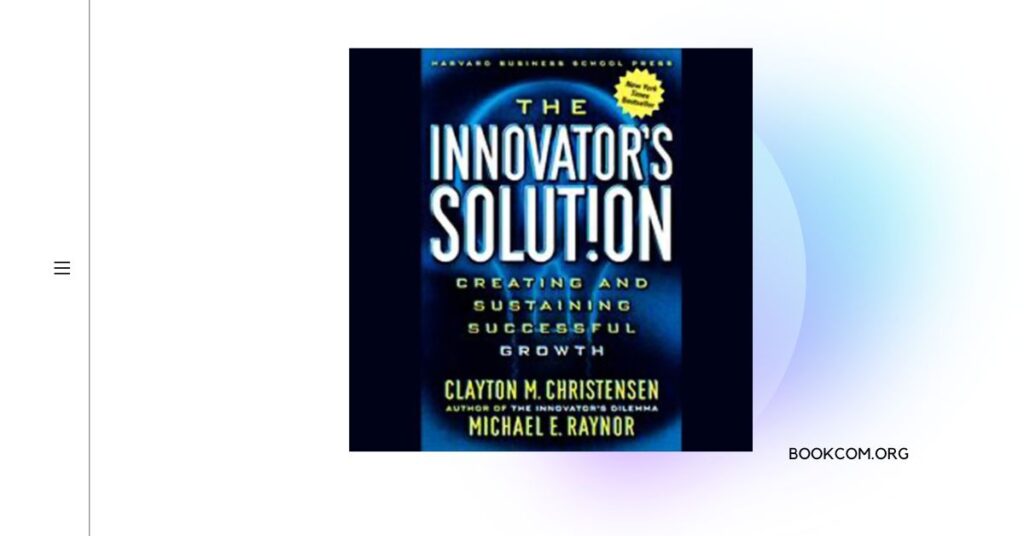
Overview: The Innovator’s Solution expands on the concepts introduced in The Innovator’s Dilemma and provides actionable advice for achieving sustainable growth and innovation.
Summary: Christensen and Raynor present case studies and frameworks that help entrepreneurs identify and seize disruptive opportunities, navigate market dynamics, and build successful growth strategies.
Key Learnings: Entrepreneurs can learn how to disrupt established markets, create new growth opportunities, and build a sustainable competitive advantage by consistently innovating and delivering customer value.
Read More: Book Review: The Innovator’s Solution by Clayton M. Christensen and Michael E. Raynor
Read More: Wikipedia: The Innovator’s Solution by Clayton M. Christensen and Michael E. Raynor
Read More: Googlereads: The Innovator’s Solution by Clayton M. Christensen and Michael E. Raynor
“Deep Work: Rules for Focused Success in a Distracted World” by Cal Newport
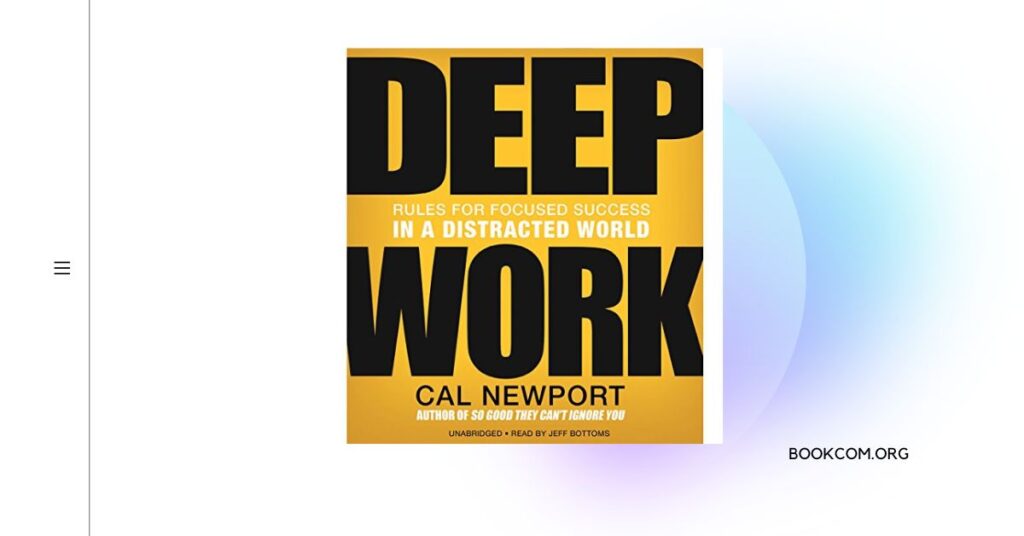
Overview: Deep Work explores the concept of deep work and its importance in achieving high levels of productivity, focus, and success in a world filled with distractions.
Summary: Newport presents strategies and techniques for cultivating deep work habits, managing distractions, and maximizing cognitive abilities.
Key Learnings: Entrepreneurs can learn how to prioritize deep, meaningful work, eliminate distractions, and cultivate a focused mindset to achieve exceptional results in their entrepreneurial endeavors.
Read More: Book Review: “Deep Work: Rules for Focused Success in a Distracted World” by Cal Newport
Read More: Wikipedia: “Deep Work: Rules for Focused Success in a Distracted World” by Cal Newport
Read More: Googlereads: “Deep Work: Rules for Focused Success in a Distracted World” by Cal Newport
“The Lean Entrepreneur: How Visionaries Create Products, Innovate with New Ventures, and Disrupt Markets” by Brant Cooper and Patrick Vlaskovits
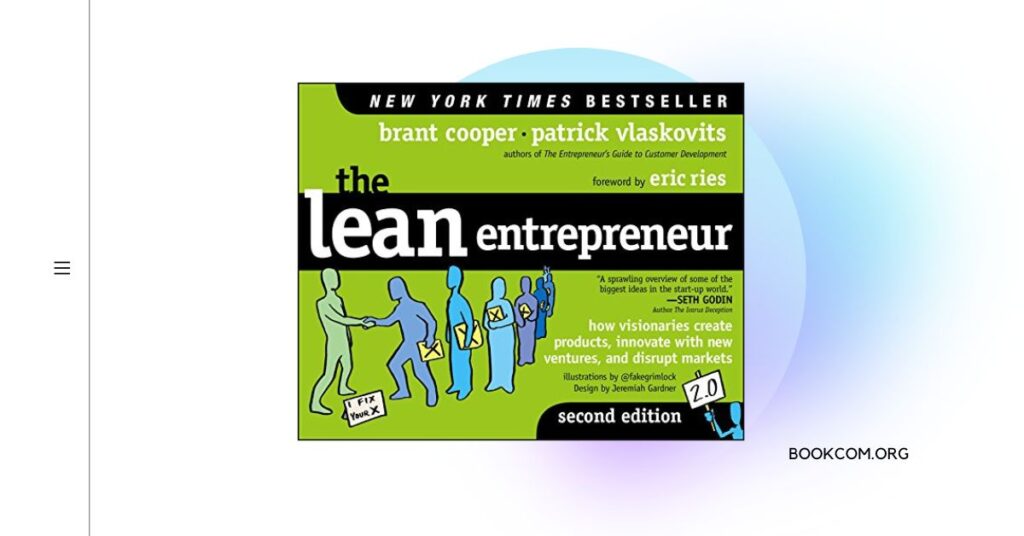
Overview: The Lean Entrepreneur provides practical advice and strategies for entrepreneurs looking to apply lean principles to product development, innovation, and market disruption.
Summary: Cooper and Vlaskovits guide entrepreneurs through the lean startup process, emphasizing customer validation, iterative experimentation, and continuous improvement.
Key Learnings: Entrepreneurs can gain insights on customer-centricity, rapid experimentation, and building a sustainable business by applying lean startup principles. The book provides a roadmap for creating value and achieving market success.
Read More: Book Review: The Lean Entrepreneur by Brant Cooper and Patrick Vlaskovits
Read More: Wikipedia: The Lean Entrepreneur by Brant Cooper and Patrick Vlaskovits
Read More: Googlereads: The Lean Entrepreneur by Brant Cooper and Patrick Vlaskovits
“The Psychology of Selling: Increase Your Sales Faster and Easier Than You Ever Thought Possible” by Brian Tracy
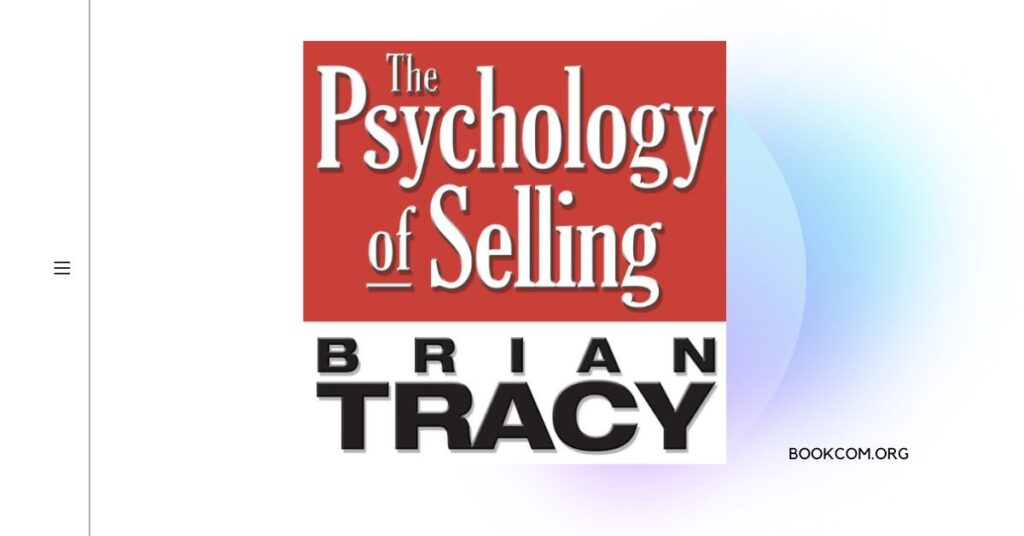
Overview: The Psychology of Selling explores the psychology behind sales and provides techniques and strategies for improving sales effectiveness.
Summary: Tracy delves into the mindset of both the salesperson and the customer, highlighting key principles and strategies for building rapport and closing sales.
Key Learnings: Entrepreneurs can gain insights into the psychology of selling, effective communication, and building long-lasting relationships with customers. The book offers practical advice for increasing sales and achieving sales goals.
Read More: Book Review: The Psychology of Selling by Brian Tracy
Read More: Wikipedia: The Psychology of Selling by Brian Tracy
Read More: Googlereads: The Psychology of Selling by Brian Tracy
“Influence: The Psychology of Persuasion” by Robert B. Cialdini
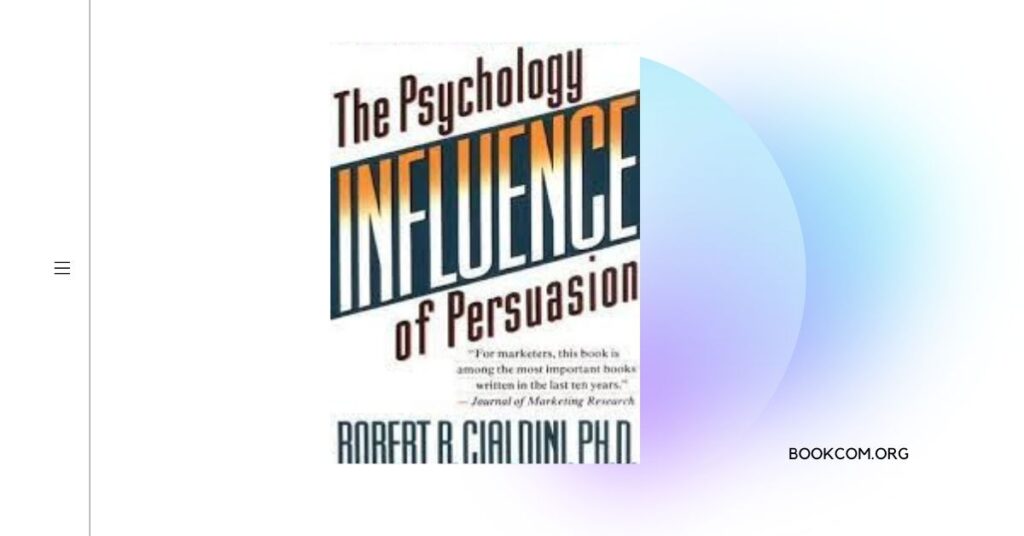
Overview: Influence explores the principles of persuasion and the psychological factors that influence human behavior and decision-making.
Summary: Cialdini outlines six key principles of persuasion and provides real-life examples to illustrate their effectiveness.
Key Learnings: Entrepreneurs can learn how to ethically influence others, negotiate effectively, and build persuasive messages. The book offers valuable insights into the psychology of persuasion and can be applied to various aspects of business and entrepreneurship.
Read More: Book Review: “Influence: The Psychology of Persuasion” by Robert B. Cialdini
Read More: Wikipedia: “Influence: The Psychology of Persuasion” by Robert B. Cialdini
Read More: Googlereads: “Influence: The Psychology of Persuasion” by Robert B. Cialdini
“The Innovator’s DNA: Mastering the Five Skills of Disruptive Innovators” by Jeff Dyer, Hal Gregersen, and Clayton M. Christensen
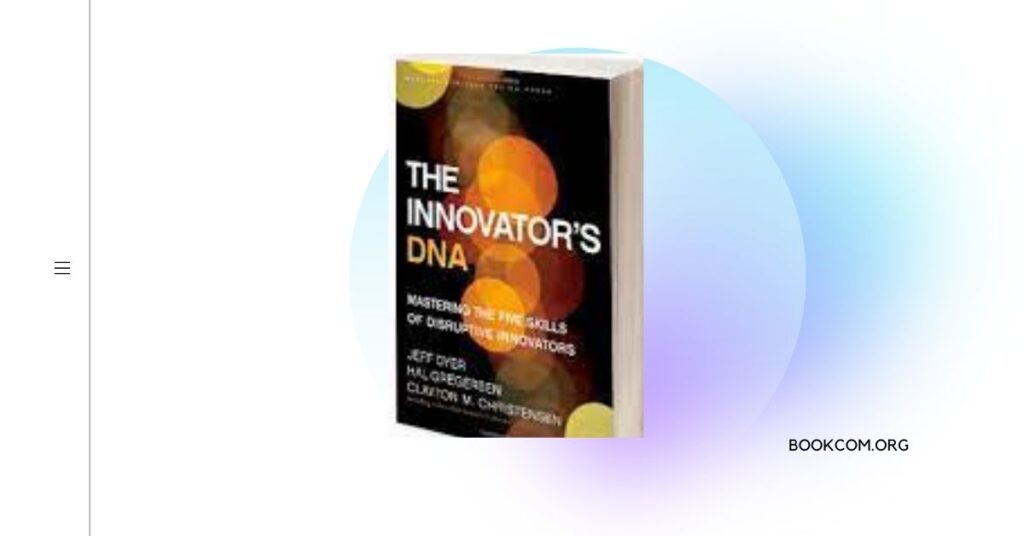
Overview: The Innovator’s DNA explores the characteristics and behaviors of successful innovators and provides strategies for fostering innovation within organizations.
Summary: Dyer, Gregersen, and Christensen present research-based insights and case studies to highlight the importance of specific skills and mindsets in driving innovation.
Key Learnings: Entrepreneurs can learn how to cultivate a culture of innovation, develop their own innovative skills, and identify opportunities for disruptive innovation. The book offers actionable advice and exercises to help entrepreneurs become more innovative.
Read More: Book Review: “The Innovator’s DNA by Jeff Dyer, Hal Gregersen, and Clayton M. Christensen
Read More: Wikipedia: “The Innovator’s DNA by Jeff Dyer, Hal Gregersen, and Clayton M. Christensen
Read More: Googlereads: “The Innovator’s DNA by Jeff Dyer, Hal Gregersen, and Clayton M. Christensen
“The Hard Thing About Hard Things: Building a Business When There Are No Easy Answers” by Ben Horowitz

Overview: The Hard Thing About Hard Things offers practical advice and insights based on Horowitz’s experiences as a successful entrepreneur and venture capitalist.
Summary: Horowitz shares candid stories and lessons learned from the challenging and complex realities of building and leading a startup.
Key Learnings: Entrepreneurs can learn about navigating difficult decisions, managing crises, and building a resilient company culture. The book offers valuable insights into the tough realities of entrepreneurship and provides guidance for overcoming obstacles.
Read More: Book Review: “The Hard Thing About Hard Thing” by Ben Horowitz
Read More: Wikipedia: “The Hard Thing About Hard Things” by Ben Horowitz
Read More: Googlereads: “The Hard Thing About Hard Things” by Ben Horowitz
“Sapiens: A Brief History of Humankind” by Yuval Noah Harari
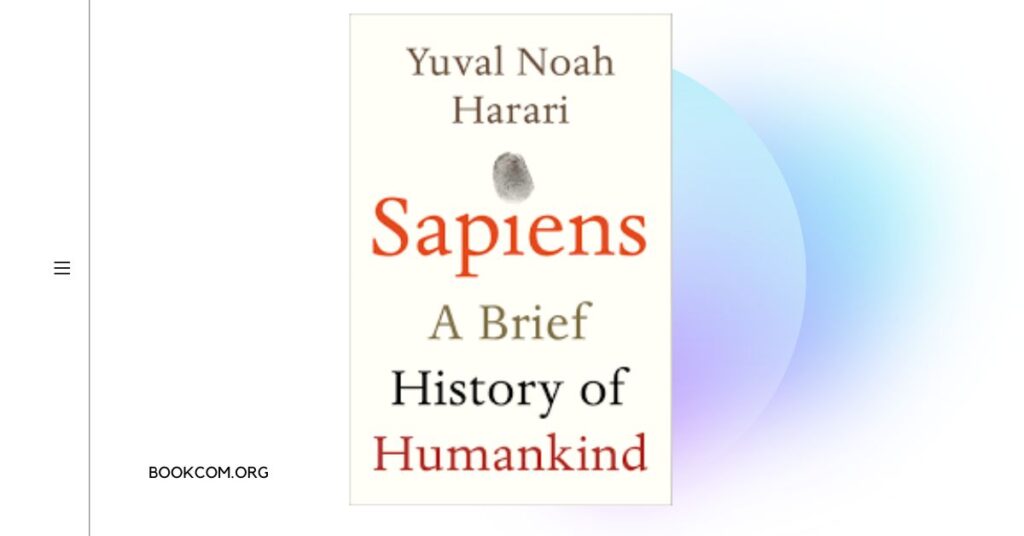
Overview: Sapiens takes readers on a journey through the history of humankind, from the emergence of Homo sapiens to the present day.
Summary: Harari explores the key events and developments that have shaped human society, including the agricultural revolution, the rise of empires, and the impact of technology.
Key Learnings: Entrepreneurs can gain a broader perspective on human history, the forces that have shaped our world, and the implications for the future. The book encourages critical thinking and reflection on the evolution of societies and cultures.
Read More: Book Review: “Sapiens: A Brief History of Humankind” by Yuval Noah Harari
Read More: Wikipedia:”Sapiens: A Brief History of Humankind” by Yuval Noah Harari
Read More: Googlereads:”Sapiens: A Brief History of Humankind” by Yuval Noah Harari
“The Startup Owner’s Manual: The Step-by-Step Guide for Building a Great Company” by Steve Blank and Bob Dorf
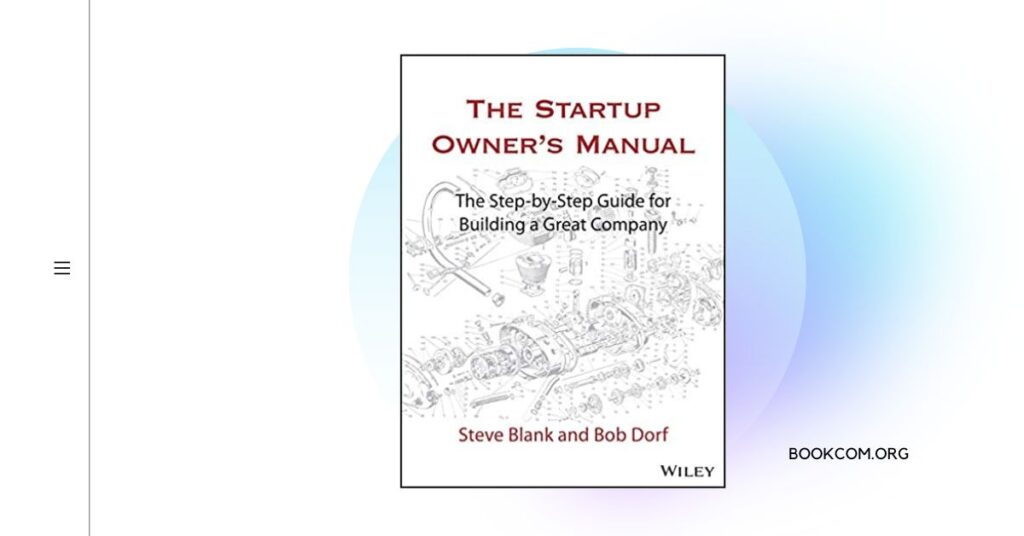
Overview: The Startup Owner’s Manual offers a comprehensive guide for entrepreneurs, covering topics such as customer development, agile development, and building scalable business models.
Summary: Blank and Dorf provide a step-by-step approach to building and validating startups, with real-world examples and practical tools.
Key Learnings: Entrepreneurs can learn how to identify customer needs, iterate their product or service, and create a sustainable business model. The book offers a hands-on approach to startup development and provides actionable advice for entrepreneurs at different stages of their journey.
Read More: Book Review: “The Startup Owner’s Manual ” by Steve Blank and Bob Dorf
Read More: Wikipedia: “The Startup Owner’s Manual ” by Steve Blank and Bob Dorf
Read More: Googlereads: “The Startup Owner’s Manual ” by Steve Blank and Bob Dorf
“Grit: The Power of Passion and Perseverance” by Angela Duckworth
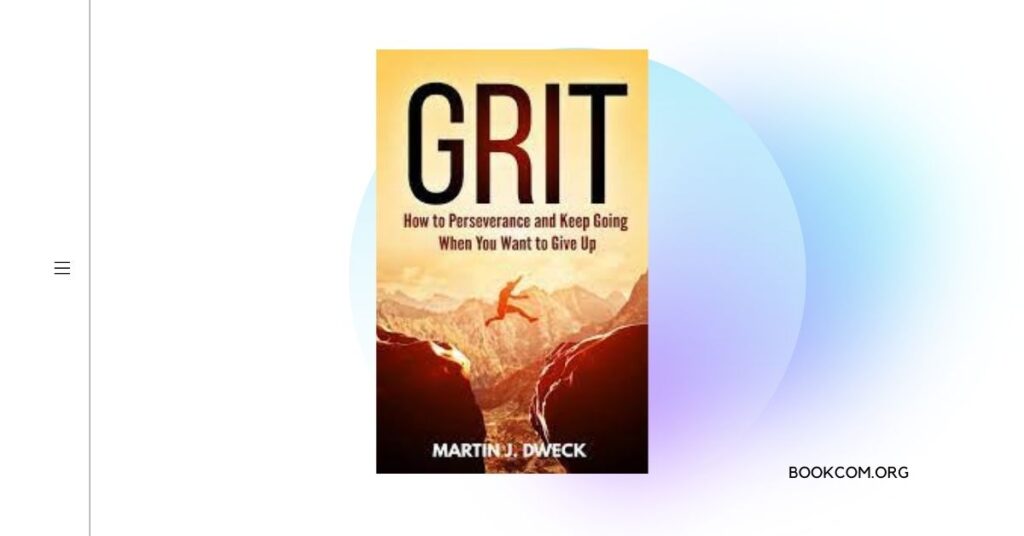
Overview: Grit explores the concept of perseverance and resilience as key determinants of success in any endeavor.
Summary: Duckworth shares her research on grit, defined as the combination of passion and perseverance, and highlights its importance in achieving long-term goals.
Key Learnings: Entrepreneurs can learn how to cultivate grit, develop a growth mindset, and overcome challenges and setbacks. The book emphasizes the role of effort, determination, and resilience in achieving success.
Read More: Book Review: “Grit: The Power of Passion and Perseverance” by Angela Duckworth
Read More: Wikipedia: “Grit: The Power of Passion and Perseverance” by Angela Duckworth
Read More: Googlereads: “Grit: The Power of Passion and Perseverance” by Angela Duckworth
“Originals: How Non-Conformists Move the World” by Adam Grant

Overview: Originals explores the qualities and behaviors of individuals who challenge the status quo and make meaningful contributions to the world.
Summary: Grant explores the characteristics and habits of original thinkers and provides insights into how to foster creativity and champion new ideas.
Key Learnings: Entrepreneurs can learn how to nurture and develop their own originality, embrace unconventional thinking, and overcome fear and doubt. The book offers practical strategies for promoting innovation and making a positive impact.
Read More: Book Review: “Originals: How Non-Conformists Move the World” by Adam Grant
Read More: Wikipedia: “Originals: How Non-Conformists Move the World” by Adam Grant
Read More: Googlereads:”Originals: How Non-Conformists Move the World” by Adam Grant
“The Innovator’s DNA: Mastering the Five Skills of Disruptive Innovators” by Jeff Dyer, Hal Gregersen, and Clayton M. Christensen
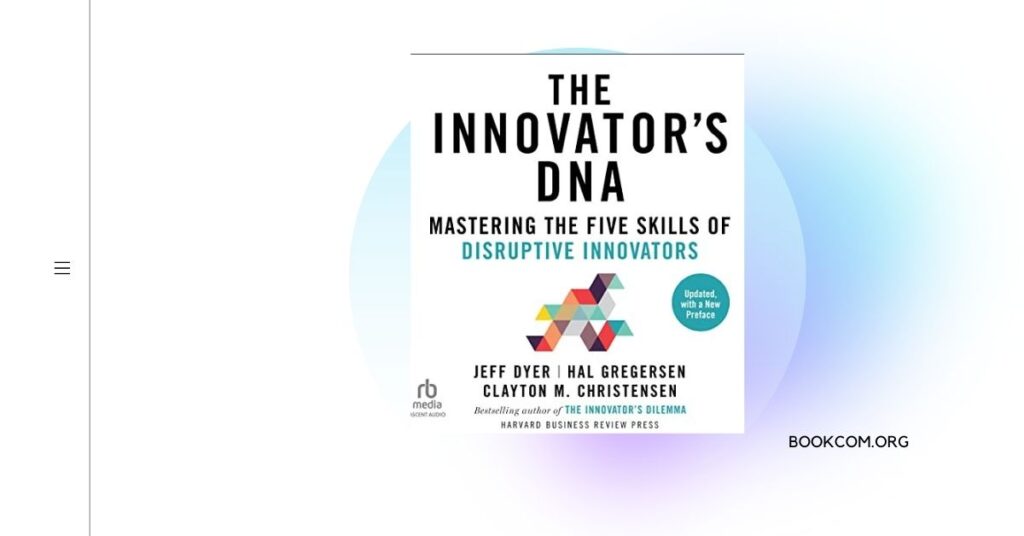
Overview: The Innovator’s DNA explores the key skills and behaviors of successful innovators and provides a framework for developing an innovative mindset.
Summary: Dyer, Gregersen, and Christensen present their research on the traits and practices of innovative entrepreneurs and provide actionable advice for fostering creativity and innovation.
Key Learnings: Entrepreneurs can learn about the five key skills of disruptive innovators, including associating, questioning, observing, experimenting, and networking. The book offers practical strategies and exercises to enhance innovative thinking.
Read More: Book Review: “The Innovator’s DNA” by Jeff Dyer, Hal Gregersen, and Clayton M. Christensen
Read More: Wikipedia: “The Innovator’s DNA” by Jeff Dyer, Hal Gregersen, and Clayton M. Christensen
Read More: Googlereads: “The Innovator’s DNA” by Jeff Dyer, Hal Gregersen, and Clayton M. Christensen
“Shoe Dog: A Memoir by the Creator of Nike” by Phil Knight
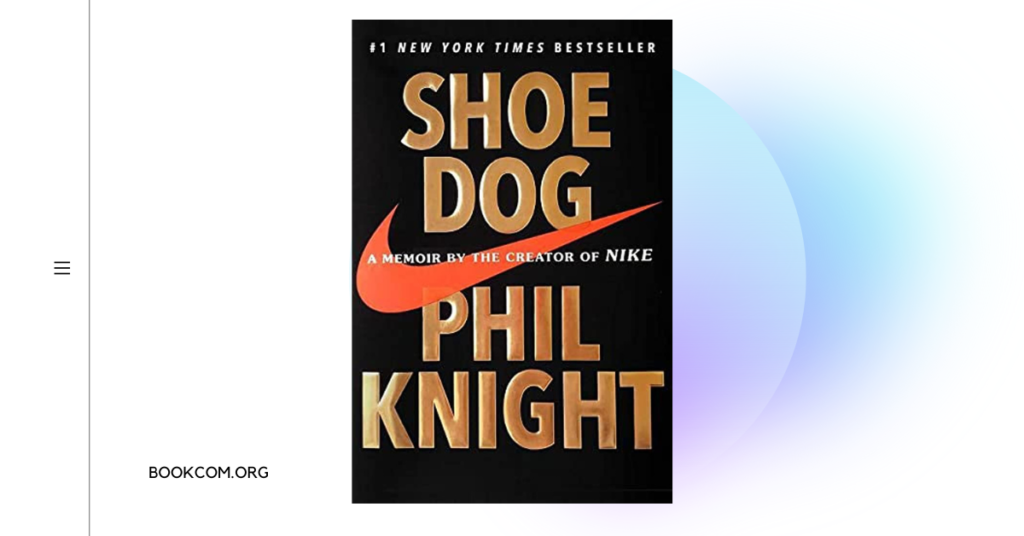
Overview: Shoe Dog is the memoir of Phil Knight, the co-founder of Nike, and offers a candid account of the company’s journey from startup to global brand.
Summary: Knight shares the highs and lows of building Nike, the challenges faced, and the lessons learned along the way.
Key Learnings: Entrepreneurs can learn about perseverance, innovation, and the importance of a strong company culture. The book provides valuable insights into the entrepreneurial journey and the power of passion and determination.
Read More: Book Review: “Shoe Dog: A Memoir by the Creator of Nike” by Phil Knight
Read More: Wikipedia:”Shoe Dog: A Memoir by the Creator of Nike” by Phil Knight
Read More: Googlereads:”Shoe Dog: A Memoir by the Creator of Nike” by Phil Knight
“Rework” by Jason Fried and David Heinemeier Hansson
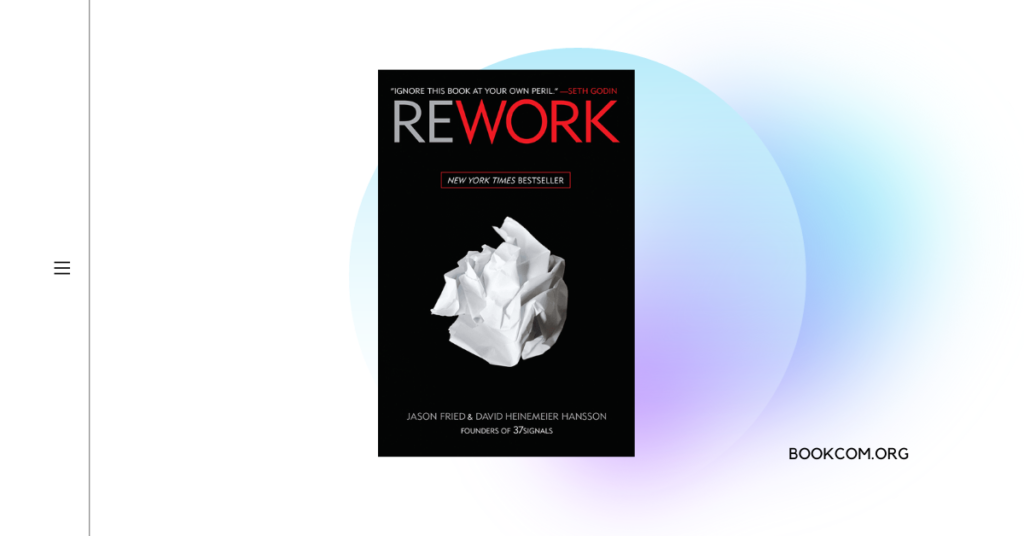
Overview: Rework challenges traditional business conventions and provides a fresh perspective on entrepreneurship, productivity, and work culture.
Summary: Fried and Hansson share their unconventional approach to building a successful business, emphasizing simplicity, agility, and focusing on what truly matters.
Key Learnings: Entrepreneurs can learn to question established norms, embrace simplicity, and prioritize actions that drive meaningful results. The book encourages a more practical and efficient approach to work and business.
Read More: Book Review: “Rework” by Jason Fried and David Heinemeier Hansson
Read More: Wikipedia: “Rework” by Jason Fried and David Heinemeier Hansson
Read More: Googlereads: “Rework” by Jason Fried and David Heinemeier Hansson
“Traction: How Any Startup Can Achieve Explosive Customer Growth” by Gabriel Weinberg and Justin Mares
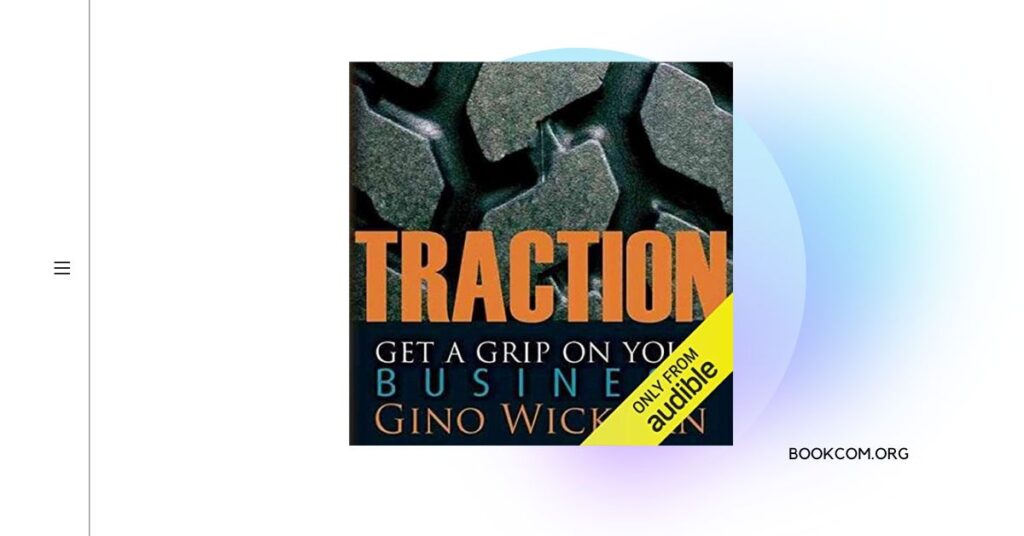
Overview: Traction provides a comprehensive framework for startups to achieve rapid customer growth by identifying and implementing the most effective traction channels.
Summary: Weinberg and Mares present a step-by-step approach to finding the right traction channels and scaling customer acquisition.
Key Learnings: Entrepreneurs can learn about different traction channels, how to test and measure marketing strategies, and identify the best channels for their business. The book offers practical advice for achieving sustainable growth.
Read More: Book Review: “Traction” by Gabriel Weinberg and Justin Mares
Read More: Wikipedia: “Traction” by Gabriel Weinberg and Justin Mares
Read More: Googlereads: “Traction” by Gabriel Weinberg and Justin Mares
“Mindset: The New Psychology of Success” by Carol S. Dweck
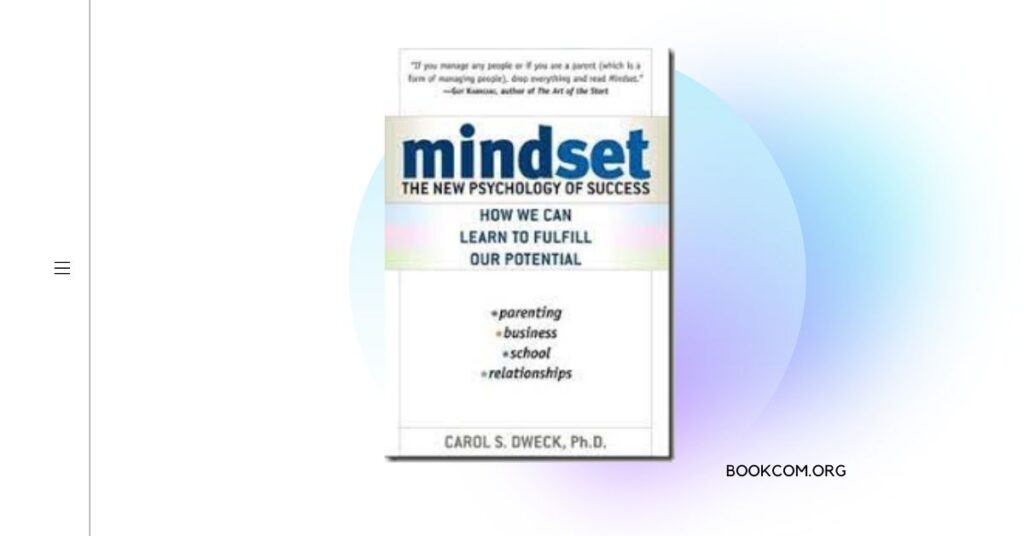
Overview: Mindset explores the concept of fixed and growth mindsets and their impact on personal and professional development.
Summary: Dweck reveals how our mindset shapes our beliefs, behaviors, and ultimately, our success or failure.
Key Learnings: Entrepreneurs can learn the power of a growth mindset, embracing challenges, persevering through setbacks, and the importance of continuous learning and improvement. The book provides valuable insights for cultivating a mindset that fosters resilience and growth.
Read More: Book Review: “Mindset: The New Psychology of Success” by Carol S. Dweck
Read More: Wikipedia: “Mindset: The New Psychology of Success” by Carol S. Dweck
Read More: Googlereads: “Mindset: The New Psychology of Success” by Carol S. Dweck
“Made to Stick: Why Some Ideas Survive and Others Die” by Chip Heath and Dan Heath
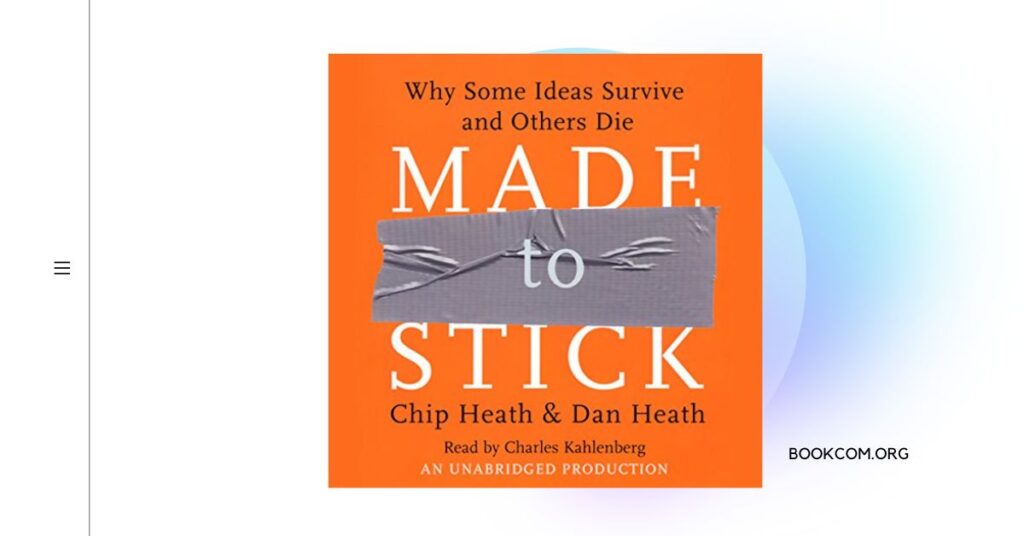
Overview: Made to Stick explores the characteristics of ideas that resonate and stick in people’s minds, providing insights for entrepreneurs on how to communicate effectively.
Summary: The Heath brothers present the six principles of “stickiness” and share examples of successful ideas that have endured.
Key Learnings: Entrepreneurs can learn how to craft compelling and memorable messages, making their ideas more persuasive and impactful. The book offers practical strategies for effective communication and idea adoption.
Read More: Book Review: “Made to Stick: Why Some Ideas Survive and Others Die” by Chip Heath and Dan Heath
Read More: Wikipedia:”Made to Stick: Why Some Ideas Survive and Others Die” by Chip Heath and Dan Heath
Read More: Googlereads:”Made to Stick: Why Some Ideas Survive and Others Die” by Chip Heath and Dan Heath
“Deep Work: Rules for Focused Success in a Distracted World” by Cal Newport

Overview: Deep Work explores the value of intense focus and concentration in an age of constant distractions, offering strategies for cultivating deep work habits.
Summary: Newport presents actionable techniques to improve productivity, foster creativity, and achieve meaningful work.
Key Learnings: Entrepreneurs can learn how to eliminate distractions, create a work environment conducive to deep work, and prioritize tasks that contribute to their long-term goals. The book provides insights on how to maximize productivity and create valuable work in a distracted world.
Read More: Book Review: “Deep Work: Rules for Focused Success in a Distracted World” by Cal Newport
Read More: Wikipedia: “Deep Work: Rules for Focused Success in a Distracted World” by Cal Newport
Read More: Googlereads: “Deep Work: Rules for Focused Success in a Distracted World” by Cal Newport
“The Personal MBA: Master the Art of Business” by Josh Kaufman
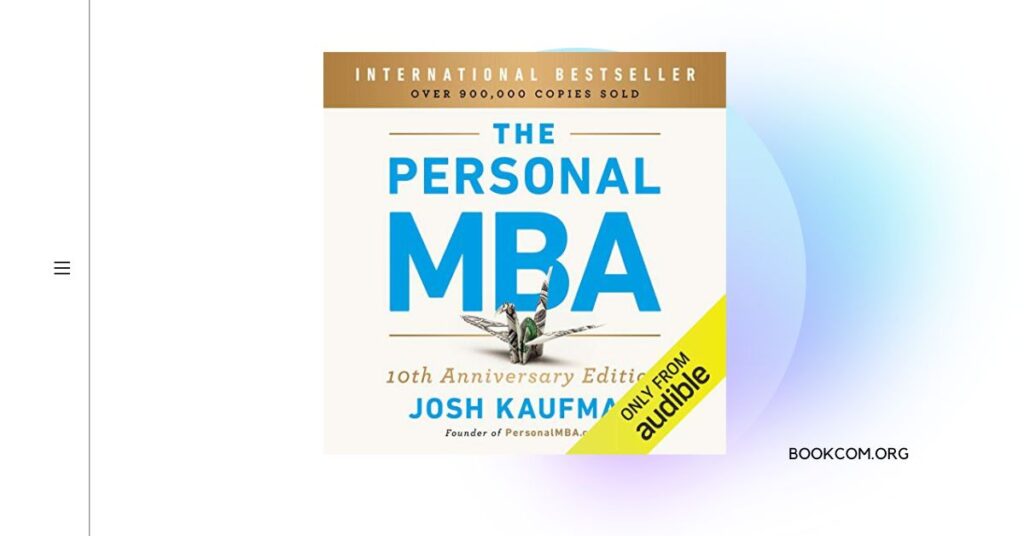
Overview: The Personal MBA offers a comprehensive overview of fundamental business principles and concepts, providing entrepreneurs with a well-rounded business education.
Summary: Kaufman distills essential business knowledge from various disciplines, including marketing, finance, strategy, and operations.
Key Learnings: Entrepreneurs can gain a solid foundation in business fundamentals, learning key concepts and strategies necessary for success. The book provides a valuable resource for entrepreneurs seeking to enhance their business acumen.
Read More: Book Review: “The Personal MBA: Master the Art of Business” by Josh Kaufman
Read More: Wikipedia: “The Personal MBA: Master the Art of Business” by Josh Kaufman
Read More: Googlereads: “The Personal MBA: Master the Art of Business” by Josh Kaufman
“Rework” by Jason Fried and David Heinemeier Hansson

Overview: Rework challenges traditional business conventions and offers a fresh perspective on productivity, innovation, and success.
Summary: Fried and Hansson present unconventional ideas and strategies for building and running businesses in a more efficient and effective manner.
Key Learnings: Entrepreneurs can learn to embrace simplicity, focus on what truly matters, and adopt a pragmatic approach to work. The book encourages entrepreneurs to question conventional wisdom and find alternative paths to success.
Read More: Book Review: “Rework” by Jason Fried and David Heinemeier Hansson
Read More: Wikipedia: “Rework” by Jason Fried and David Heinemeier Hansson
Read More: Googlereads: “Rework” by Jason Fried and David Heinemeier Hansson
“Leaders Eat Last: Why Some Teams Pull Together and Others Don’t” by Simon Sinek
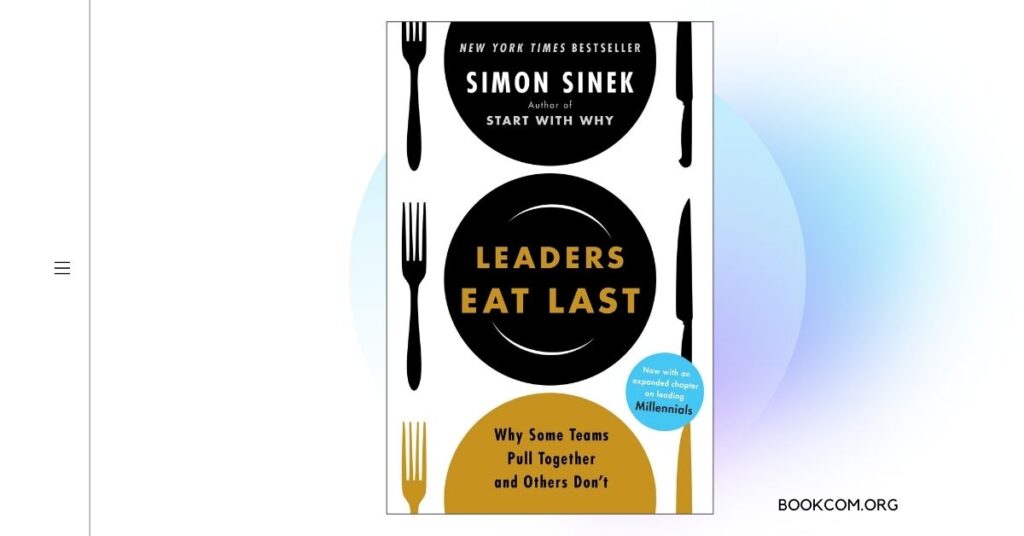
Overview: Leaders Eat Last explores the importance of trust, collaboration, and a strong sense of purpose in creating high-performing teams.
Summary: Sinek delves into the biology and psychology behind effective leadership and team dynamics.
Key Learnings: Entrepreneurs can learn how to create a safe and supportive work environment, foster trust among team members, and inspire loyalty and commitment. The book offers insights on ethical leadership and building a culture of trust and cooperation.
Read More: Book Review: “Leaders Eat Last: Why Some Teams Pull Together and Others Don’t” by Simon Sinek
Read More: Wikipedia: “Leaders Eat Last: Why Some Teams Pull Together and Others Don’t” by Simon Sinek
Read More: Googlereads: “Leaders Eat Last: Why Some Teams Pull Together and Others Don’t” by Simon Sinek
“The Startup Owner’s Manual: The Step-by-Step Guide for Building a Great Company” by Steve Blank and Bob Dorf
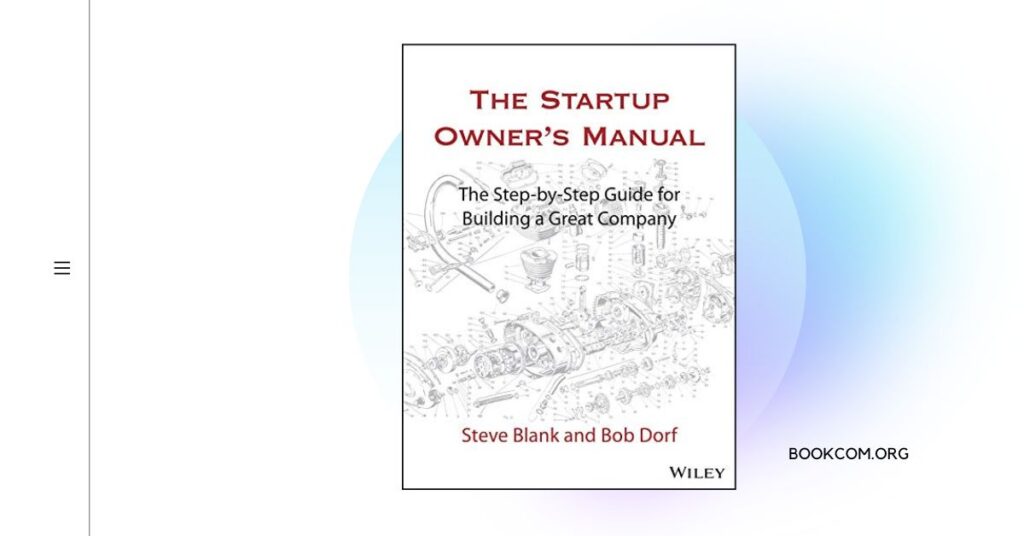
Overview: The Startup Owner’s Manual provides a comprehensive guide to building and scaling successful startups.
Summary: Blank and Dorf offer practical advice, frameworks, and tools for every stage of the startup journey, from customer discovery to customer validation and beyond.
Key Learnings: Entrepreneurs can learn how to validate business ideas, create effective customer development strategies, and navigate the challenges of building a startup. The book serves as a valuable resource for entrepreneurs seeking a hands-on approach to entrepreneurship.
Read More: Book Review: “The Startup Owner’s Manual” by Steve Blank and Bob Dorf
Read More: Wikipedia: “The Startup Owner’s Manual” by Steve Blank and Bob Dorf
Read More: Googlereads: “The Startup Owner’s Manual” by Steve Blank and Bob Dorf
Selling the Invisible: A Field Guide to Modern Marketing
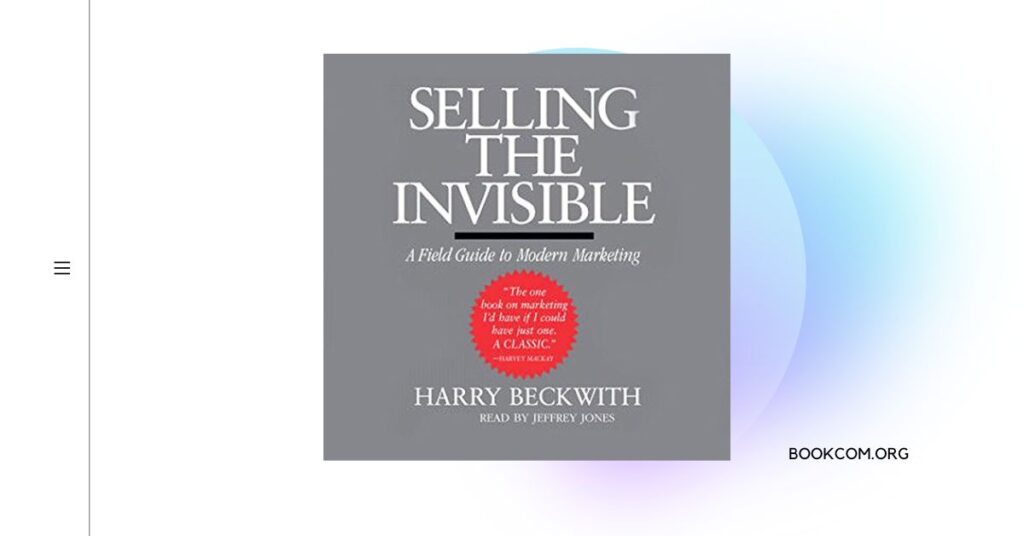
Overview: The Selling the Invisible: A Field Guide to Modern Marketingof Selling explores the psychology behind effective sales techniques and strategies.
Summary: Tracy delves into the mindset, motivation, and behavior of both buyers and sellers, providing actionable insights for improving sales performance.
Key Learnings: Entrepreneurs can learn the principles of persuasive selling, building customer relationships, and closing deals. The book offers practical tips and techniques for entrepreneurs looking to enhance their sales skills.
Read More: Book Review: “The Psychology of Selling” by Brian Tracy
Read More: Wikipedia: “The Psychology of Selling” by Brian Tracy
Read More: Googlereads: “The Psychology of Selling” by Brian Tracy
“The Art of War” by Sun Tzu
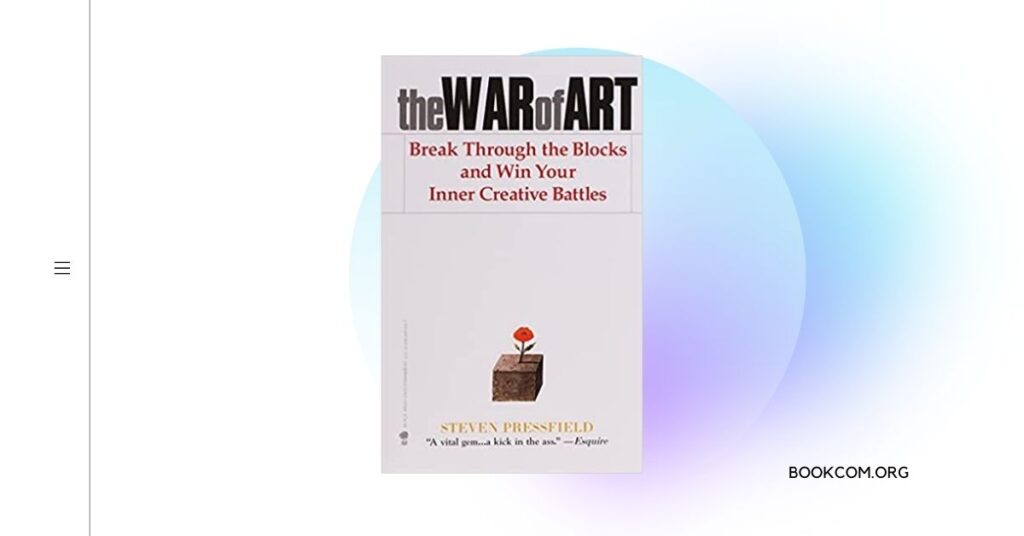
Overview: The Art of War is an ancient Chinese military treatise that has been widely studied and applied in various fields, including business and strategy.
Summary: Sun Tzu provides strategic principles and tactics for achieving victory in warfare, which can be adapted to the competitive nature of business.
Key Learnings: Entrepreneurs can learn about strategic thinking, planning, and execution. The book emphasizes the importance of understanding the competition, adapting to changing circumstances, and maximizing opportunities
Read More: Book Review: “The Art of War” by Sun Tzu
Read More: Wikipedia: “The Art of War” by Sun Tzu
Read More: Googlereads: “The Art of War” by Sun Tzu
“The Innovator’s Mindset: Empower Learning, Unleash Talent, and Lead a Culture of Creativity” by George Couros
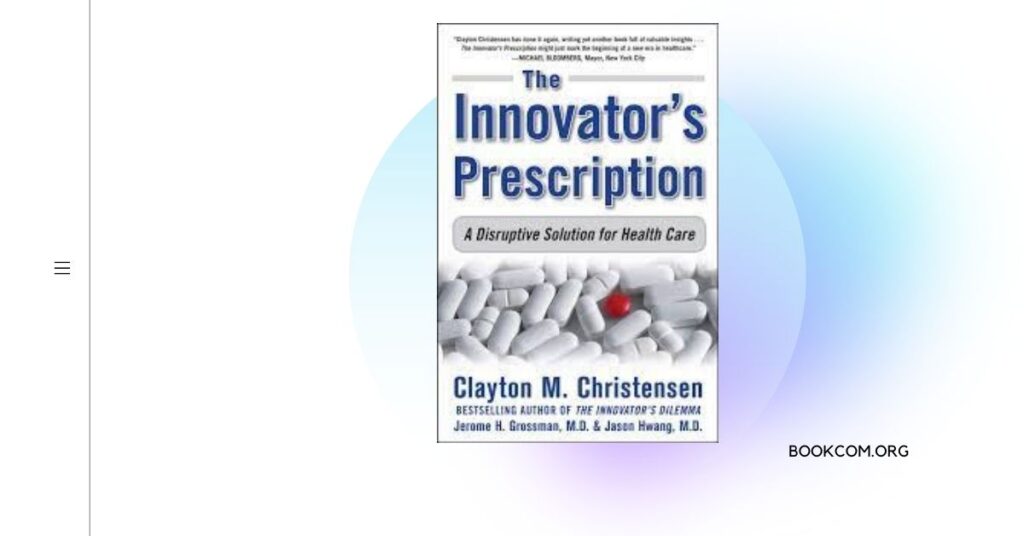
Overview: The Innovator’s Mindset explores the importance of cultivating an innovative mindset and creating a culture of creativity and learning.
Summary: Couros challenges conventional thinking and provides strategies for fostering innovation and embracing change in educational and organizational settings.
Key Learnings: Entrepreneurs can learn how to foster a culture of innovation, encourage risk-taking, and empower their teams to think creatively. The book offers insights on embracing technology, continuous learning, and creating environments that nurture innovation.
Read More: Book Review: “The Innovator’s Mindset” by George Couros
Read More: Wikipedia: “The Innovator’s Mindset” by George Couros
Read More: Googlereads: “The Innovator’s Mindset” by George Couros
Delivering Happiness by Tony Hsieh
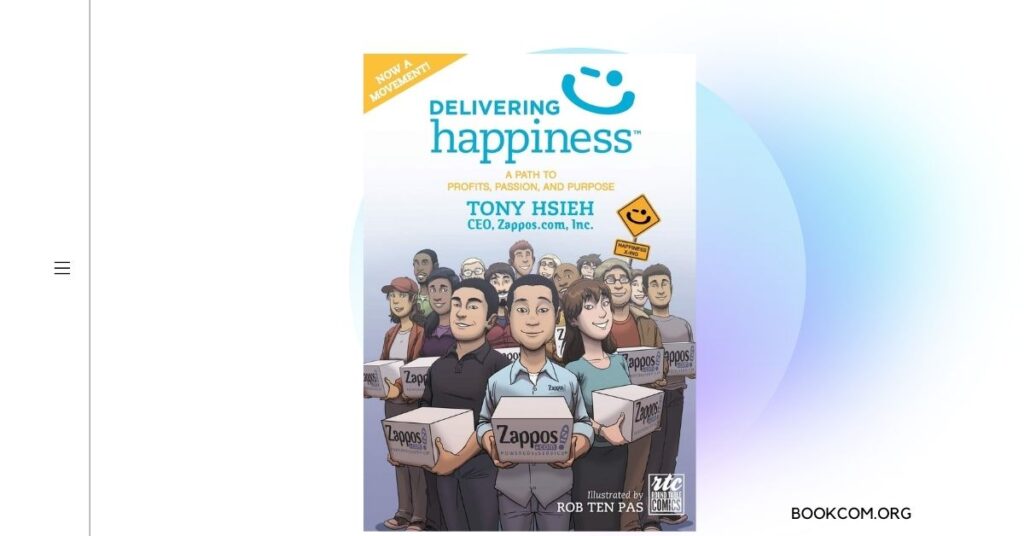
Overview: Delivering Happiness takes readers on a transformative journey, starting with Hsieh’s early entrepreneurial experiences and leading up to the successful growth of Zappos. The book provides an inside look at the challenges, triumphs, and the evolution of Zappos’ unique approach to business.
Summary: Hsieh begins by recounting his entrepreneurial endeavors, including his early ventures and the lessons he learned from both failures and successes. He then takes readers through the story of Zappos, from its humble beginnings as an online shoe store to its eventual acquisition by Amazon for over a billion dollars.
Throughout the book, Hsieh highlights the importance of company culture and customer service. He shares the philosophy that happy employees lead to happy customers, and he describes the steps taken at Zappos to create a culture that values both. Hsieh also emphasizes the significance of aligning company values with those of its employees and customers.
Learnings:
Company Culture: One of the key takeaways from Delivering Happiness is the importance of cultivating a strong and positive company culture. Hsieh explains how Zappos focused on creating a culture of happiness, where employees felt empowered, valued, and inspired to go above and beyond for customers.
Customer Service: Hsieh highlights the significance of exceptional customer service as a competitive advantage. He shares anecdotes and strategies employed by Zappos to deliver outstanding customer experiences, such as their famous commitment to free and easy returns, 24/7 customer support, and a customer-centric mindset throughout the organization.
Read More: Book Review: Delivering Happiness by Tony Hsieh
Read More: Wikipedia: Delivering Happiness by Tony Hsieh
Read More: Googlereads: Delivering Happiness by Tony Hsieh
“The Design of Everyday Things” by Don Norman
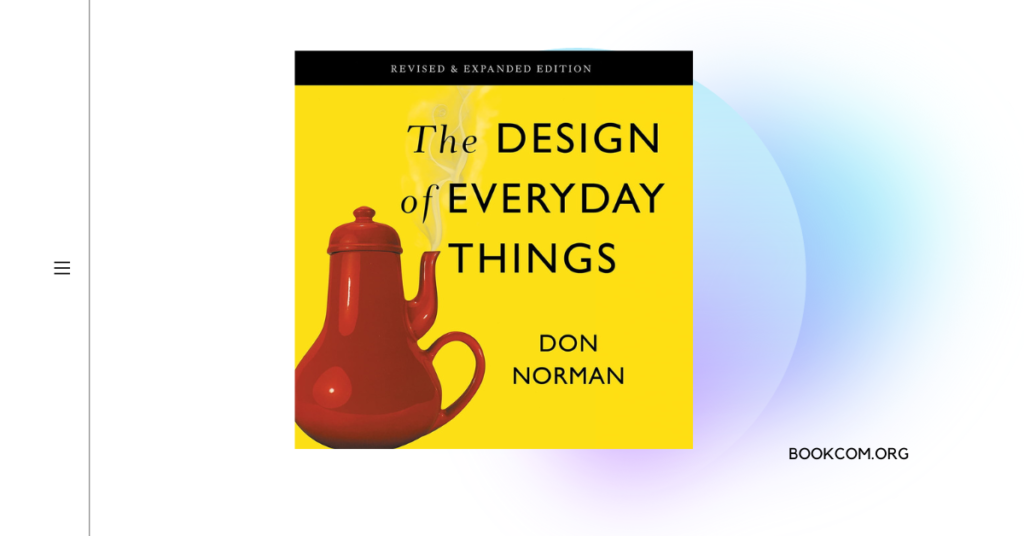
Overview: Don Norman explores the principles of good design and usability, emphasizing the importance of user-centered products. He delves into the psychology behind human interactions with everyday objects, providing practical insights for designing intuitive and user-friendly experiences.
Summary: This book sheds light on how design impacts our daily lives and the frustrations caused by poorly designed products. Norman offers a framework for understanding user experience and provides actionable tips for creating products that are intuitive, functional, and enjoyable to use.
Key Learnings: Understanding the needs and behaviors of users is essential for creating successful products. Design should prioritize ease of use and clarity. Feedback loops and iterative design processes can lead to continuous improvement.
Read More: Book Review: “The Design of Everyday Things” by Don Norman
Read More: Wikipedia: “The Design of Everyday Things” by Don Norman
Read More: Googlereads: “The Design of Everyday Things” by Don Norman
“The Magic of Thinking Big” by David J. Schwartz
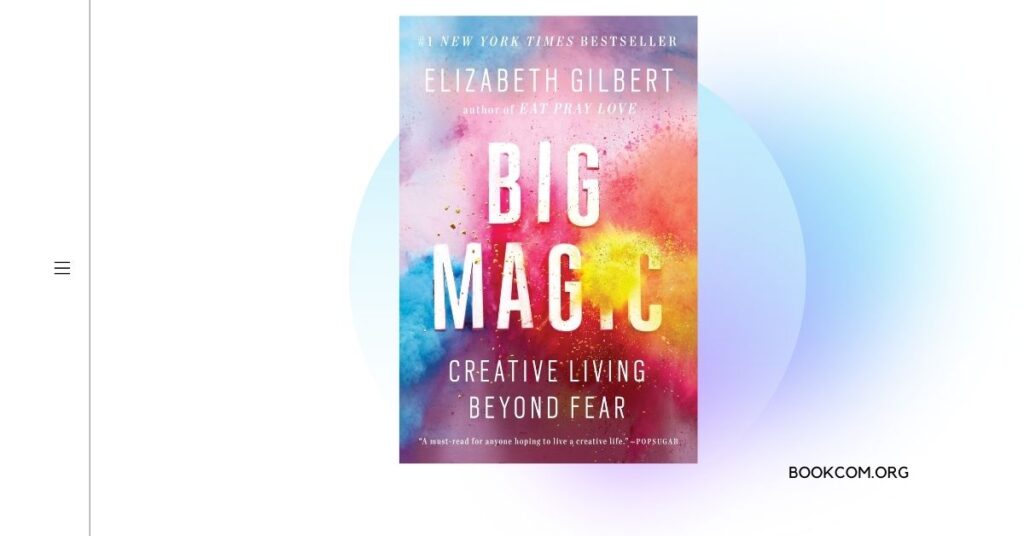
Overview: David J. Schwartz explores the power of mindset and positive thinking in achieving success. He challenges readers to think beyond their limitations and develop a mindset focused on growth, confidence, and taking bold actions.
Summary: This book empowers readers to break free from self-imposed limitations and adopt a mindset of abundance and possibility. Schwartz shares practical techniques for setting and achieving ambitious goals, building self-confidence, and overcoming fear and self-doubt.
Key Learnings: Believing in oneself and having a positive mindset are essential for success. Setting clear goals and taking consistent action can lead to significant accomplishments. Overcoming fear and embracing challenges are crucial for personal and professional growth.
Read More: Book Review: “The Magic of Thinking Big” by David J. Schwartz
Read More: Wikipedia: “The Magic of Thinking Big” by David J. Schwartz
Read More: Googlereads: “The Magic of Thinking Big” by David J. Schwartz
“Influence: The Psychology of Persuasion” by Robert Cialdini

Overview: Robert Cialdini explores the principles of persuasion and the psychology behind why people say “yes.” He uncovers the techniques used to influence human behavior and provides insights into how to ethically apply these principles.
Summary: This book examines the six universal principles of persuasion – reciprocation, commitment and consistency, social proof, liking, authority, and scarcity. Cialdini explains how these principles can be used in marketing, sales, and everyday interactions to influence and persuade others.
Key Learnings: Understanding the psychological triggers that influence human behavior is essential for effective persuasion. By applying these principles ethically, entrepreneurs can enhance their marketing, negotiation, and communication skills.
Read More: Book Review: “Influence: The Psychology of Persuasion” by Robert Cialdini
Read More: Wikipedia: “Influence: The Psychology of Persuasion” by Robert Cialdini
Read More: Googlereads: “Influence: The Psychology of Persuasion” by Robert Cialdini
“The Lean UX” by Jeff Gothelf and Josh Seiden
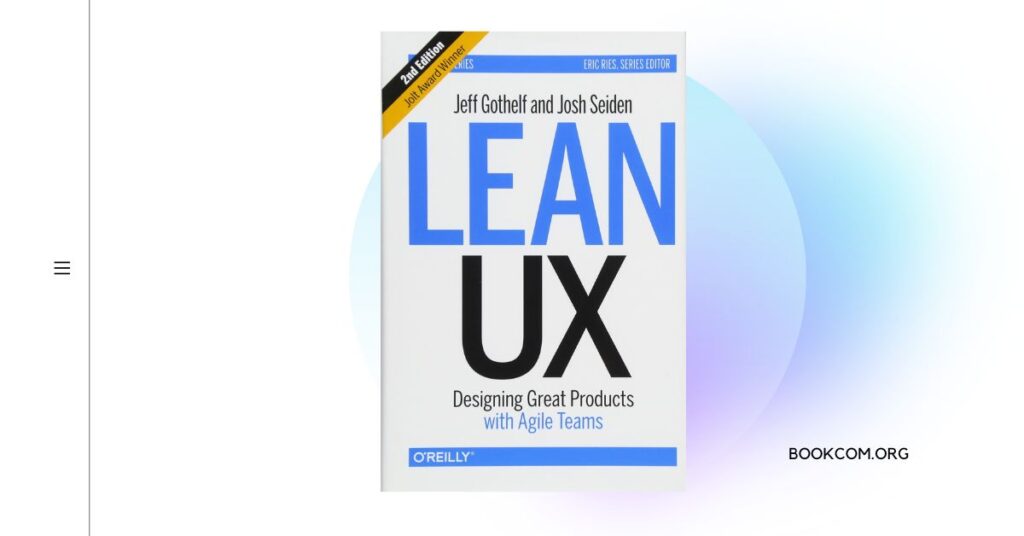
Overview: Jeff Gothelf and Josh Seiden introduce the concept of Lean UX, a user-centered approach to product design and development. They emphasize collaboration, iterative processes, and rapid feedback loops for creating successful user experiences.
Summary: This book combines Lean Startup principles with user experience design to provide a practical guide for creating innovative and user-friendly products. Gothelf and Seiden offer techniques for validating ideas, conducting user research, and fostering collaboration among cross-functional teams.
Key Learnings: Emphasizing user feedback and collaboration helps teams iterate and create products that meet user needs. Validating assumptions early and frequently reduces the risk of building products that fail to gain traction in the market.
Read More: Book Review: “The Lean UX” by Jeff Gothelf and Josh Seiden
Read More: Wikipedia: “The Lean UX” by Jeff Gothelf and Josh Seiden
Read More: Googlereads: “The Lean UX” by Jeff Gothelf and Josh Seiden
“Leaders Eat Last” by Simon Sinek

Overview: Simon Sinek explores the qualities of great leaders and the importance of creating a culture of trust, cooperation, and shared purpose. He delves into the impact of leadership on employee engagement and organizational success.
Summary: This book emphasizes the significance of putting people first in leadership. Sinek highlights the importance of building a safe and supportive work environment where individuals feel valued and empowered. He provides examples of successful leaders who prioritize the well-being of their teams.
Key Learnings: Great leaders create an environment where individuals feel psychologically safe, fostering collaboration and innovation. Trust and empathy are essential for strong leadership. Prioritizing the well-being of employees leads to higher employee engagement and organizational success.
Read More: Book Review: “Leaders Eat Last” by Simon Sinek
Read More: Wikipedia: “Leaders Eat Last” by Simon Sinek
Read More: Googlereads: “Leaders Eat Last” by Simon Sinek
“The Checklist Manifesto” by Atul Gawande
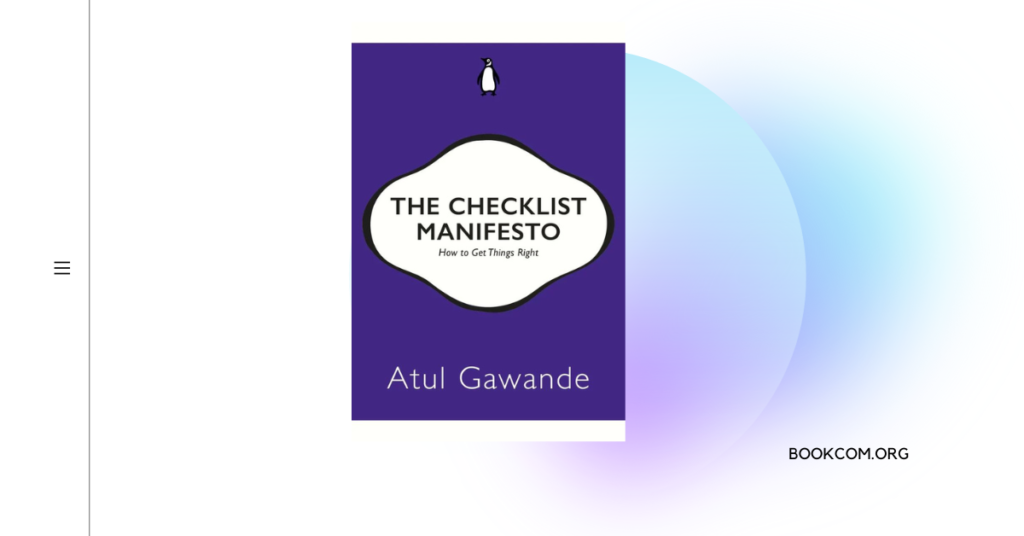
Overview: Atul Gawande explores the power of checklists in improving productivity, reducing errors, and enhancing decision-making. He discusses the application of checklists across various industries, including medicine, aviation, and construction.
Summary: This book emphasizes the importance of checklists in complex and high-pressure situations. Gawande demonstrates how checklists can enhance communication, improve teamwork, and prevent critical mistakes. He provides compelling examples of how checklists have saved lives and improved outcomes.
Key Learnings: Checklists help ensure consistency, reduce errors, and improve efficiency. They serve as a valuable tool for managing complex processes and increasing productivity. Implementing checklists can benefit entrepreneurs in various aspects of their business.
Read More: Book Review: “The Checklist Manifesto” by Atul Gawande
Read More: Wikipedia: “The Checklist Manifesto” by Atul Gawande
Read More: Googlereads: “The Checklist Manifesto” by Atul Gawande
“Thinking in Systems” by Donella H. Meadows
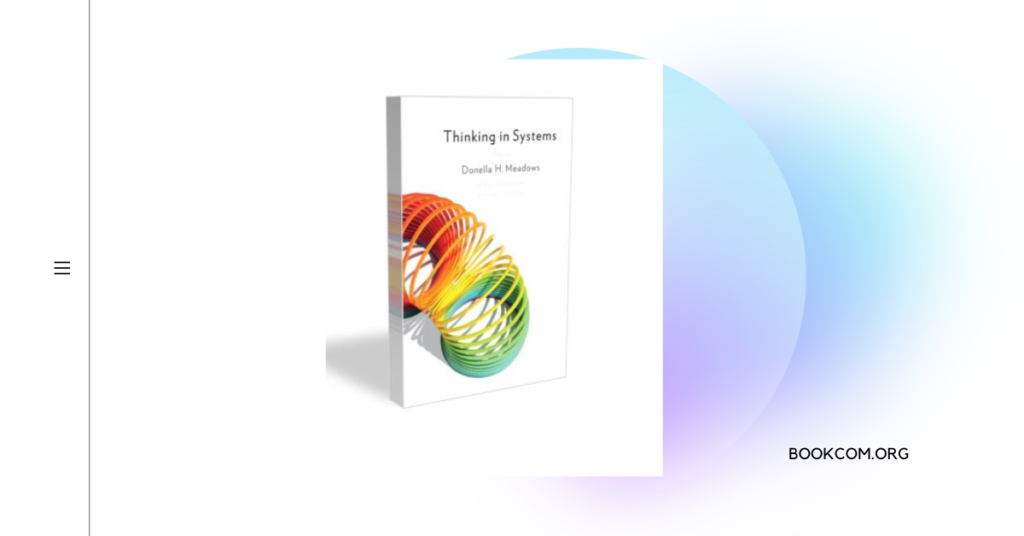
Overview: Donella H. Meadows introduces the concept of systems thinking and its application in understanding complex problems. She explores how interconnected systems impact our world and provides a framework for analyzing and addressing systemic challenges.
Summary: This book offers a comprehensive introduction to systems thinking, emphasizing the importance of understanding the relationships and dynamics within complex systems. Meadows provides practical tools and approaches for identifying leverage points and creating positive systemic change.
Key Learnings: Systems thinking enables entrepreneurs to see the bigger picture and understand the interconnectedness of various elements within their business and the larger ecosystem. Identifying and leveraging leverage points can lead to more impactful solutions. A holistic approach to problem-solving is crucial in addressing complex challenges.
Read More: Book Review: “Thinking in Systems” by Donella H. Meadows
Read More: Wikipedia: “Thinking in Systems” by Donella H. Meadows
Read More: Googlereads: “Thinking in Systems” by Donella H. Meadows
“Contagious: How to Build Word of Mouth in the Digital Age” by Jonah Berger

Overview: Jonah Berger explores the psychology behind why certain ideas and products become contagious. He identifies six principles that drive word-of-mouth transmission and provides actionable strategies for crafting contagious messages and products.
Summary: This book offers insights into the factors that make ideas, products, and messages spread virally. Berger introduces the STEPPS framework, which encompasses Social Currency, Triggers, Emotion, Public, Practical Value, and Stories. He provides real-life examples and practical tips for creating contagious content.
Key Learnings: Understanding the drivers of contagiousness can help entrepreneurs create products and messages that generate buzz and word-of-mouth. Leveraging social currency, triggers, and emotions can increase the likelihood of virality. Crafting compelling stories and providing practical value are essential for engaging audiences.
Read More: Book Review: “Contagious: How to Build Word of Mouth in the Digital Age” by Jonah Berger
Read More: Wikipedia: “Contagious: How to Build Word of Mouth in the Digital Age” by Jonah Berger
Read More: Googlereads: “Contagious: How to Build Word of Mouth in the Digital Age” by Jonah Berger
“The Power of Now” by Eckhart Tolle
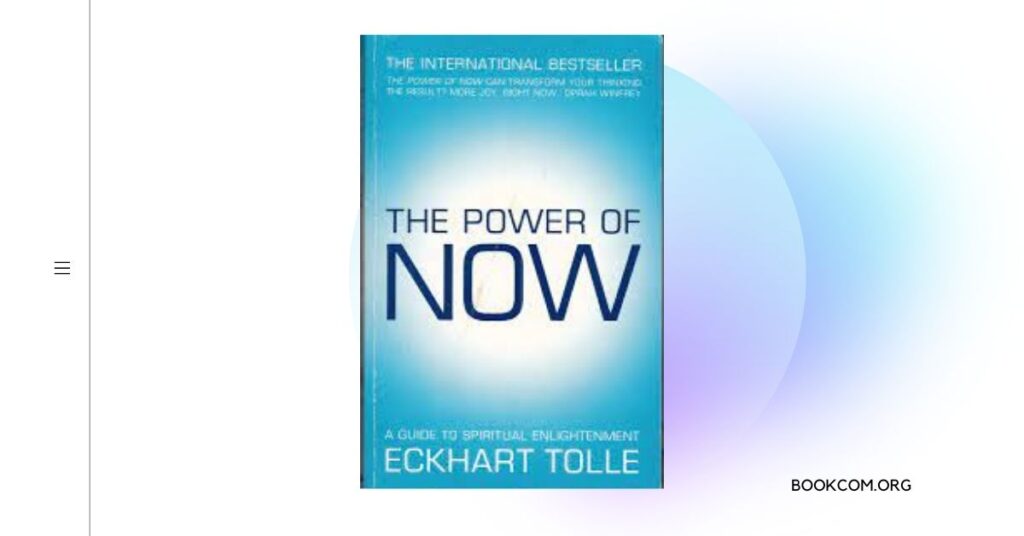
Overview: Eckhart Tolle explores the concept of living in the present moment and the profound impact it can have on our well-being and success. He discusses the importance of mindfulness and the liberation that comes from transcending past regrets and future anxieties.
Summary: This book encourages readers to embrace the power of the present moment and let go of mental attachments to the past and future. Tolle provides insights and techniques for cultivating mindfulness, finding inner peace, and experiencing a deeper sense of fulfillment.
Key Learnings: Being fully present in the moment allows entrepreneurs to make better decisions, enhance creativity, and build stronger relationships. Letting go of past regrets and future anxieties frees up mental space for focused and purposeful action.
Read More: Book Review: “The Power of Now” by Eckhart Tolle
Read More: Wikipedia: “The Power of Now” by Eckhart Tolle
Read More: Googlereads: “The Power of Now” by Eckhart Tolle
“The Goal” by Eliyahu M. Goldratt
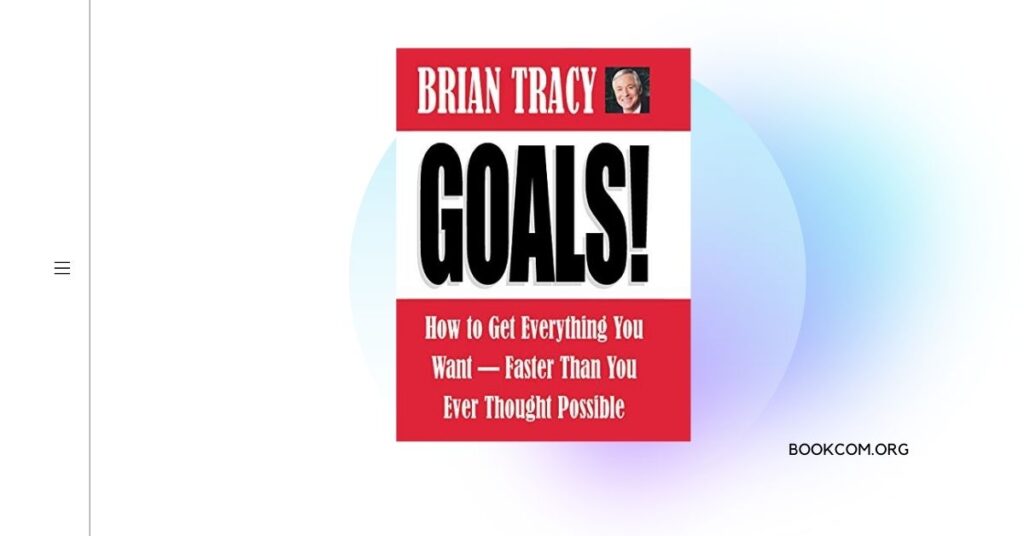
Overview: Eliyahu M. Goldratt introduces the Theory of Constraints (TOC) through a fictional narrative. He explores the concept of identifying and resolving bottlenecks to improve overall system performance.
Summary: This book presents the Theory of Constraints in a compelling story format, following a plant manager’s journey to save his struggling factory. Goldratt provides valuable insights into identifying and addressing constraints, improving efficiency, and achieving business objectives.
Key Learnings: Understanding and addressing bottlenecks within a system is crucial for optimizing overall performance. Applying the Theory of Constraints can help entrepreneurs identify areas of improvement and make informed decisions to drive business growth.
Read More: Book Review: “The Goal” by Eliyahu M. Goldratt
Read More: Wikipedia: “The Goal” by Eliyahu M. Goldratt
Read More: Googlereads: “The Goal” by Eliyahu M. Goldratt
“The Lean Marketplace” by Juho Makkonen
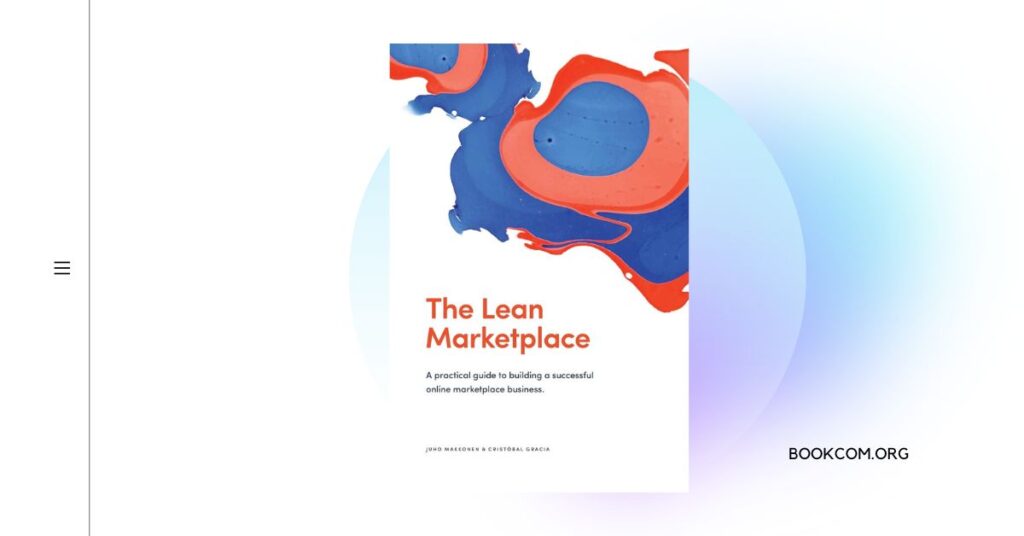
Overview: Juho Makkonen explores the concept of the Lean Marketplace, which focuses on delivering value to customers by testing assumptions, iterating quickly, and creating sustainable business models.
Summary: This book provides practical guidance for entrepreneurs looking to build successful online marketplaces. Makkonen outlines the principles of the Lean Marketplace, emphasizing the importance of customer-centricity, rapid experimentation, and continuous learning.
Key Learnings: Adopting a Lean approach to marketplace development enables entrepreneurs to create customer-driven solutions, minimize waste, and build scalable business models. Iterative testing and feedback loops are key to success in the online marketplace space.
Read More: Book Review: “The Lean Marketplace” by Juho Makkonen
Read More: Wikipedia: “The Lean Marketplace” by Juho Makkonen
Read More: Googlereads: “The Lean Marketplace” by Juho Makkonen
“Good to Great” by Jim Collins

Overview: Jim Collins explores the factors that differentiate good companies from truly great ones. Through extensive research, Collins identifies key characteristics and strategies that drive sustainable long-term success.
Summary: This book offers valuable insights into what sets exceptional companies apart. Collins discusses concepts such as Level 5 Leadership, the Hedgehog Concept, the Flywheel Effect, and the importance of disciplined people, thought, and action.
Key Learnings: Building a great company requires a combination of leadership, strategy, culture, and disciplined execution. Cultivating a culture of excellence, focusing on core strengths, and aligning the organization around a clear vision are key drivers of sustained success.
Read More: Book Review: “Good to Great” by Jim Collins
Read More: Wikipedia: “Good to Great” by Jim Collins
Read More: Googlereads: “Good to Great” by Jim Collins
“Profit First” by Mike Michalowicz
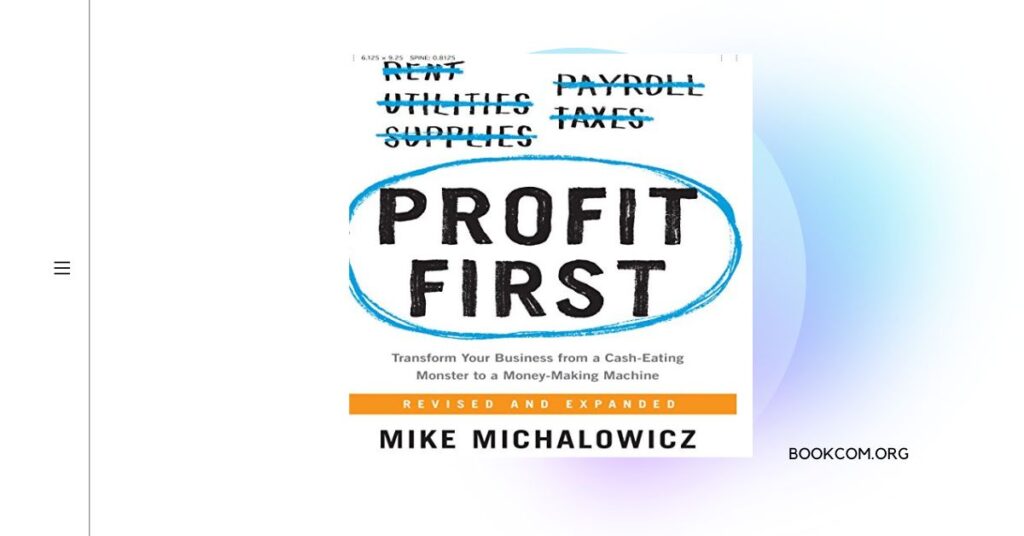
Overview: Mike Michalowicz introduces a unique financial management system designed to help entrepreneurs transform their businesses and achieve profitability from day one. He emphasizes the importance of prioritizing profit and implementing a cash flow strategy.
Summary: This book offers a fresh perspective on financial management, challenging the traditional formula of sales – expenses = profit. Michalowicz introduces the Profit First method, which involves allocating profit first, then managing expenses accordingly.
Key Learnings: Implementing a Profit First system helps entrepreneurs develop a disciplined approach to financial management, ensuring profitability and sustainable growth. By prioritizing profit, entrepreneurs can make informed decisions, increase financial stability, and build a more resilient business.
Read More: Book Review: “Profit First” by Mike Michalowicz
Read More: Wikipedia: “Profit First” by Mike Michalowicz
Read More: Googlereads: “Profit First” by Mike Michalowicz
“Blue Ocean Strategy” by W. Chan Kim and Renée Mauborgne
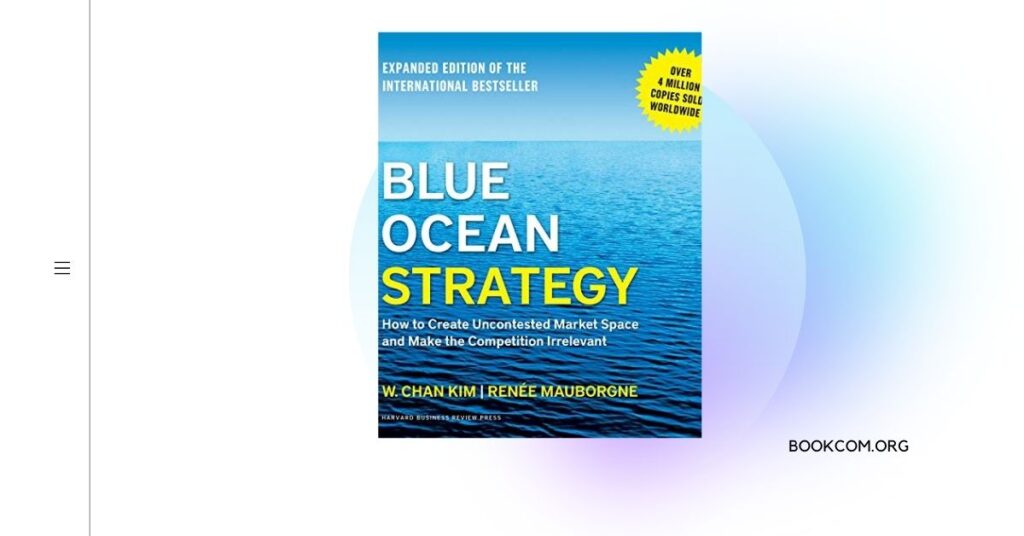
Overview: W. Chan Kim and Renée Mauborgne present a framework for creating uncontested market spaces and making competition irrelevant. They introduce the concept of Blue Ocean Strategy, which focuses on creating new market demand rather than competing in existing markets.
Summary: This book challenges the conventional wisdom of competition and encourages entrepreneurs to explore new market spaces. Kim and Mauborgne provide strategies and tools for identifying blue ocean opportunities and developing innovative business models.
Key Learnings: Blue Ocean Strategy offers a systematic approach for entrepreneurs to create unique value propositions, differentiate themselves from competitors, and unlock new market opportunities. By focusing on innovation and value creation, entrepreneurs can drive growth and profitability.
Read More: Book Review: “Blue Ocean Strategy” by W. Chan Kim and Renée Mauborgne
Read More: Wikipedia: “Blue Ocean Strategy” by W. Chan Kim and Renée Mauborgne
Read More: Googlereads: “Blue Ocean Strategy” by W. Chan Kim and Renée Mauborgne
“Predictably Irrational” by Dan Ariely
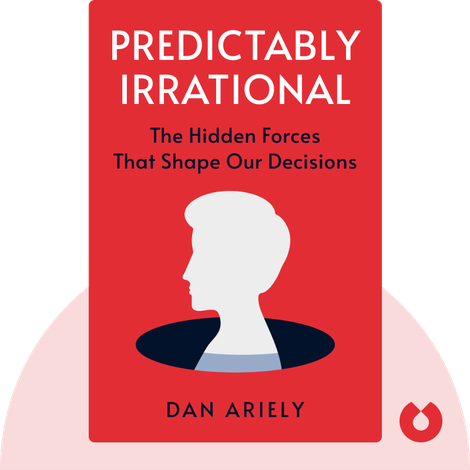
Overview: Dan Ariely explores the irrational behaviors that influence human decision-making and reveals the predictable patterns behind seemingly irrational choices. He explores various psychological experiments and their implications for business and everyday life.
Summary: This book challenges the traditional assumption of rational decision-making and sheds light on the hidden forces that drive our choices. Ariely discusses concepts such as the power of free, the influence of social norms, and the role of emotions in decision-making.
Key Learnings: Understanding the irrational biases and behaviors that affect decision-making can help entrepreneurs design better products, pricing strategies, and marketing campaigns. By aligning with human psychology, entrepreneurs can nudge customers towards desired actions and create more effective business strategies.
Read More: Book Review: “Predictably Irrational” by Dan Ariely
Read More: Wikipedia: “Predictably Irrational” by Dan Ariely
Read More: Googlereads: “Predictably Irrational” by Dan Ariely
“The 10X Rule” by Grant Cardone
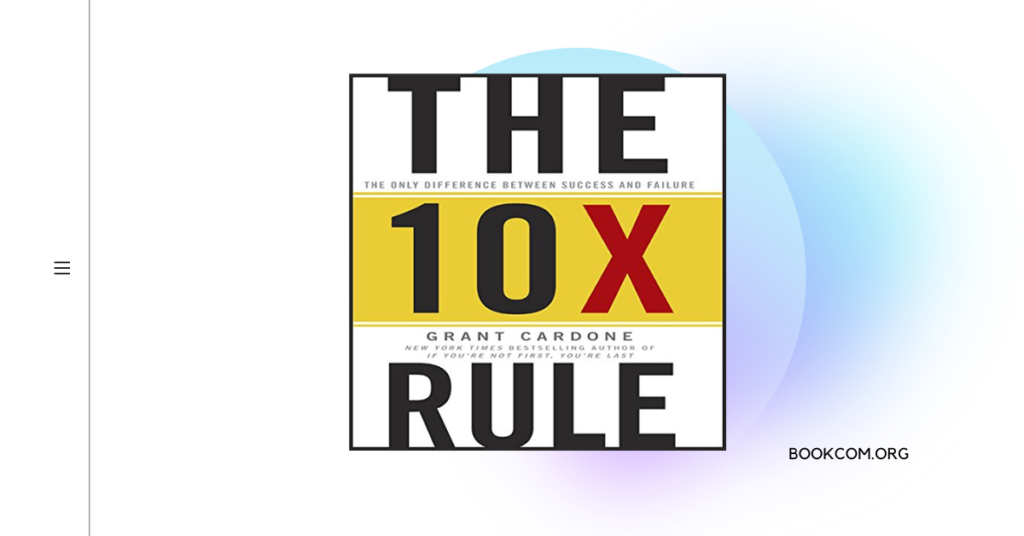
Overview: Grant Cardone presents a mindset and strategy for achieving extraordinary success in business and life. He argues that setting ambitious goals and taking massive action is essential to stand out and achieve 10 times more than average.
Summary: This book advocates for thinking and acting at a level beyond conventional expectations. Cardone emphasizes the importance of setting audacious goals, developing a relentless work ethic, and maintaining a high level of commitment.
Key Learnings: Embracing the 10X mindset enables entrepreneurs to break through limitations and achieve exceptional results. By setting ambitious goals, putting in extraordinary effort, and refusing to settle for mediocrity, entrepreneurs can create significant impact and outperform their competition.
Read More: Book Review: “The 10X Rule” by Grant Cardone
Read More: Wikipedia: “The 10X Rule” by Grant Cardone
Read More: Googlereads: “The 10X Rule” by Grant Cardone
“The Happiness Advantage” by Shawn Achor
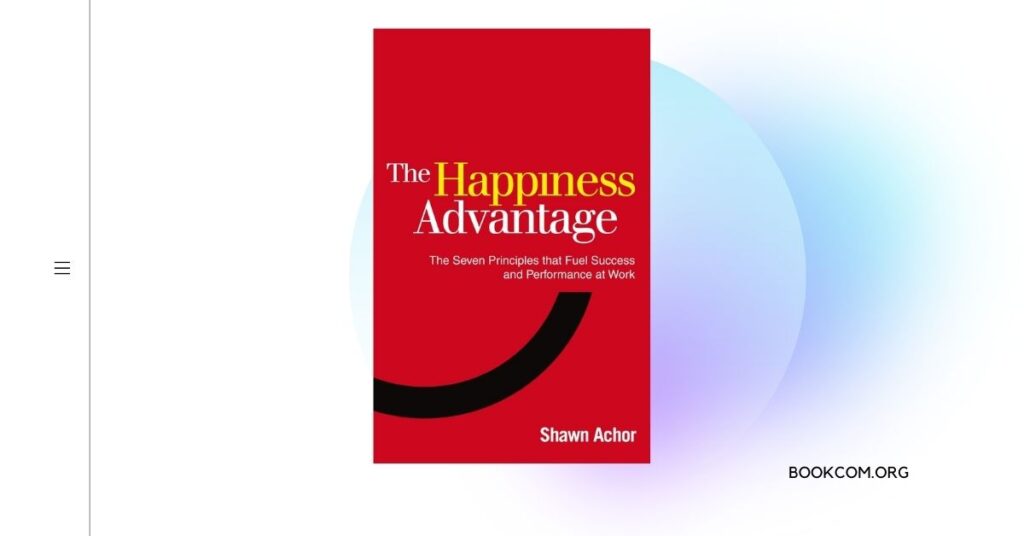
Overview: Shawn Achor explores the relationship between happiness and success, arguing that happiness fuels success rather than the other way around. He presents research-based strategies to cultivate a positive mindset and leverage happiness for greater productivity and achievement.
Summary: This book highlights the power of positive psychology and its impact on personal and professional performance. Achor shares practical techniques for increasing happiness, overcoming challenges, and creating a positive work environment.
Key Learnings: Cultivating happiness and a positive mindset can lead to improved productivity, creativity, and overall well-being. By prioritizing happiness and adopting positive habits, entrepreneurs can enhance their success and create a thriving work culture.
Read More: Book Review: “The Happiness Advantage” by Shawn Achor
Read More: Wikipedia: “The Happiness Advantage” by Shawn Achor
Read More: Googlereads: “The Happiness Advantage” by Shawn Achor
“The Outsiders” by William N. Thorndike
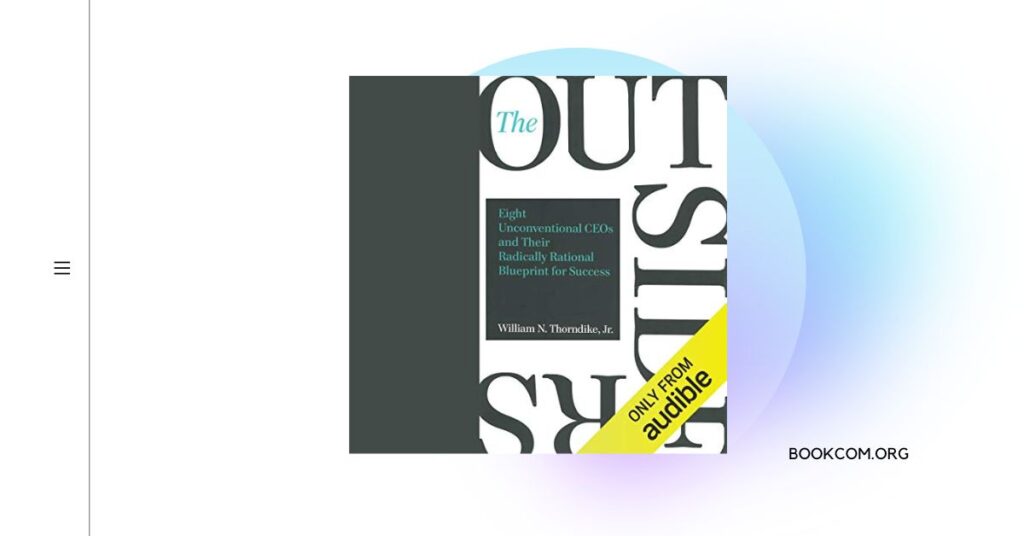
Overview: William N. Thorndike examines the unconventional leadership styles and capital allocation strategies of eight successful CEOs. He explores their decision-making processes and the long-term impact of their strategic choices.
Summary: This book challenges traditional notions of leadership and management and highlights the importance of independent thinking and strategic decision-making. Thorndike profiles CEOs who achieved exceptional shareholder returns by taking a different approach.
Key Learnings: The Outsiders offers valuable insights into unconventional leadership strategies and capital allocation decisions. By studying the approaches of successful CEOs, entrepreneurs can gain new perspectives and learn to think independently, driving greater value for their businesses.
Read More: Book Review: “The Outsiders” by William N. Thorndike
Read More: Wikipedia: “The Outsiders” by William N. Thorndike
Read More: Googlereads: “The Outsiders” by William N. Thorndike
“High Output Management” by Andrew S. Grove
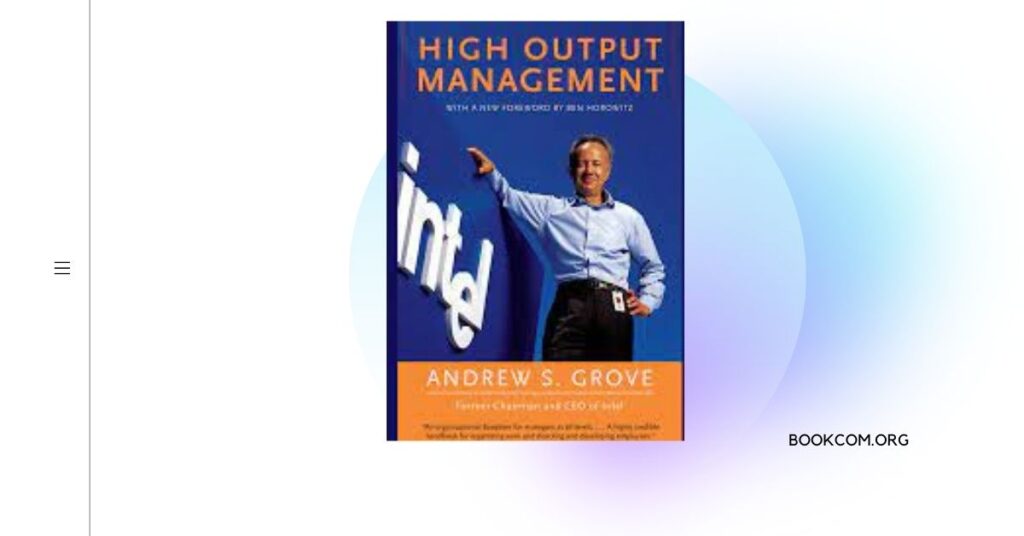
Overview: Andrew S. Grove, former CEO of Intel, provides practical guidance on managing and leading organizations for high productivity and performance. He covers topics such as goal setting, team building, decision-making, and operational excellence.
Summary: This book offers a comprehensive framework for effective management, emphasizing the importance of clear goals, efficient processes, and strong communication. Grove shares his insights from leading one of the world’s most successful technology companies.
Key Learnings: High Output Management provides valuable lessons on effective management techniques, including priority setting, performance measurement, and organizational design. Entrepreneurs can learn how to optimize productivity and drive results within their own teams and organizations.
Read More: Book Review: “High Output Management” by Andrew S. Grove
Read More: Wikipedia: “High Output Management” by Andrew S. Grove
Read More: Googlereads: “High Output Management” by Andrew S. Grove
“The 80/20 Principle” by Richard Koch
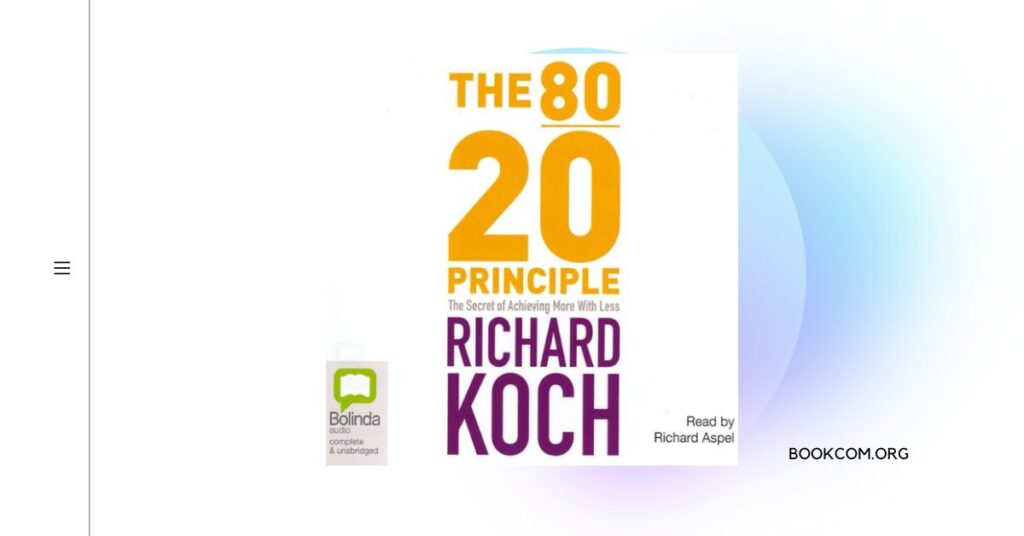
Overview: Richard Koch explores the concept of the Pareto Principle, also known as the 80/20 rule, which suggests that a small number of inputs often lead to a disproportionate amount of outputs. He explains how to leverage this principle for increased productivity and efficiency.
Summary: This book offers insights into the power of focusing on the most critical aspects that drive results. Koch explores how the 80/20 rule applies to various areas of life and business and provides strategies for prioritization and optimization.
Key Learnings: Embracing the 80/20 principle helps entrepreneurs identify the vital few factors that have the greatest impact on their businesses. By focusing on these key areas and eliminating non-essential tasks, entrepreneurs can maximize their productivity and achieve better outcomes.
Read More: Book Review: “The 80/20 Principle” by Richard Koch
Read More: Wikipedia: “The 80/20 Principle” by Richard Koch
Read More: Googlereads: “The 80/20 Principle” by Richard Koch
“The Alchemist” by Paulo Coelho
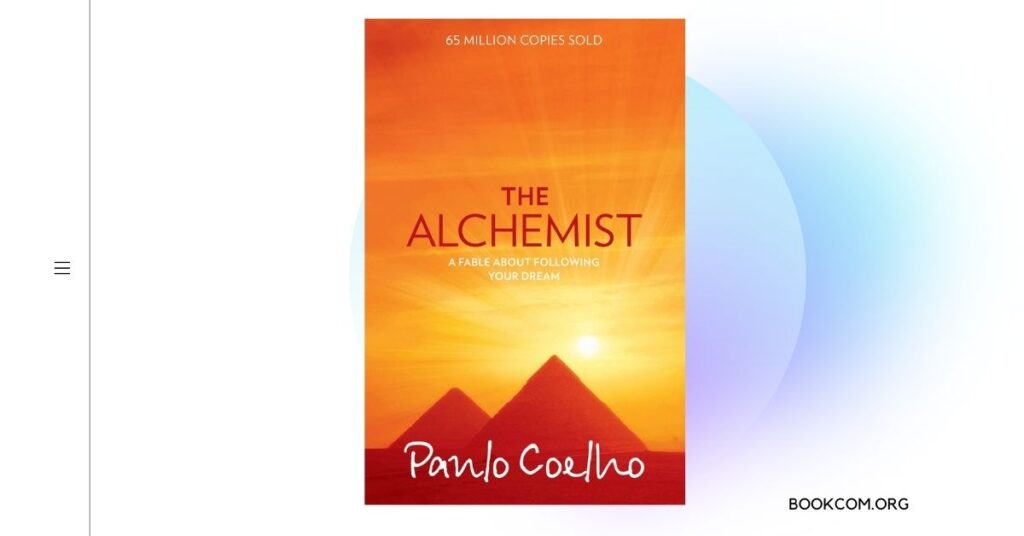
Overview: Paulo Coelho’s bestselling novel follows the journey of a young Andalusian shepherd boy named Santiago, who embarks on a quest to discover his personal legend and find his true purpose in life.
Summary: This book is a timeless tale of self-discovery and following one’s dreams. Through Santiago’s adventures, Coelho explores themes of destiny, personal growth, and the importance of listening to one’s heart.
Key Learnings: “The Alchemist” inspires entrepreneurs to pursue their dreams and overcome obstacles in the pursuit of their goals. It reminds readers of the power of intuition, perseverance, and self-belief in shaping their entrepreneurial journey.
Read More: Book Review: “The Alchemist” by Paulo Coelho
Read More: Wikipedia: “The Alchemist” by Paulo Coelho
Read More: Googlereads: “The Alchemist” by Paulo Coelho
“Thinking, Bets: Making Smarter Decisions When You Don’t Have All the Facts” by Annie Duke

Overview: Annie Duke, a former professional poker player, explores the art of decision-making in uncertain and complex situations. She draws parallels between poker and real-life decision-making and provides practical strategies to improve decision quality.
Summary: This book offers a fresh perspective on decision-making, challenging the notion of certainty and emphasizing the role of probabilities. Duke shares insights from her poker career and explains how to make more informed and rational decisions.
Key Learnings: “Thinking in Bets” teaches entrepreneurs to approach decision-making with a probabilistic mindset, considering multiple possible outcomes and evaluating risks. By embracing uncertainty and learning from failures, entrepreneurs can make smarter decisions and navigate uncertainty more effectively.
Read More: Book Review: “Thinking in Bets” by Annie Duke
Read More: Wikipedia: “Thinking in Bets” by Annie Duke
Read More: Googlereads: “Thinking in Bets” by Annie Duke
“The Dip” by Seth Godin
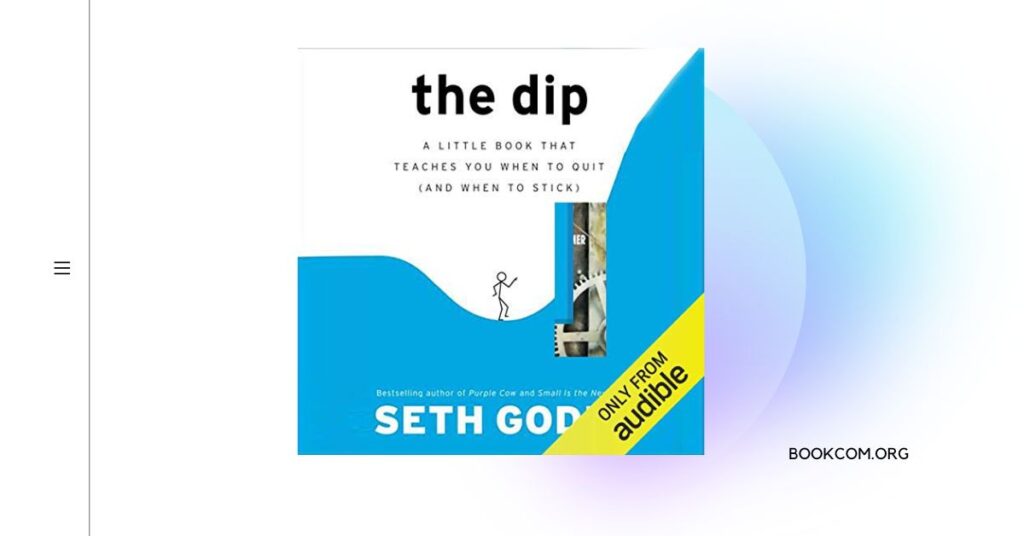
Overview: Seth Godin explores the concept of “the dip,” which represents the temporary setback or challenges that occur in the pursuit of success. He offers insights on when to persevere and when to quit, providing a framework for strategic decision-making.
Summary: This book encourages entrepreneurs to evaluate their goals and commitments and determine when to persist through difficult times and when to cut their losses. Godin emphasizes the importance of strategic quitting to focus resources on opportunities with better potential.
Key Learnings: “The Dip” helps entrepreneurs recognize the difference between a temporary setback and a dead-end situation. By understanding the concept of the dip, entrepreneurs can make more informed decisions about resource allocation and maximize their chances of long-term success.
Read More: Book Review: “The Dip” by Seth Godin
Read More: Wikipedia: “The Dip” by Seth Godin
Read More: Googlereads: “The Dip” by Seth Godin
“Essentialism: The Disciplined Pursuit of Less” by Greg McKeown
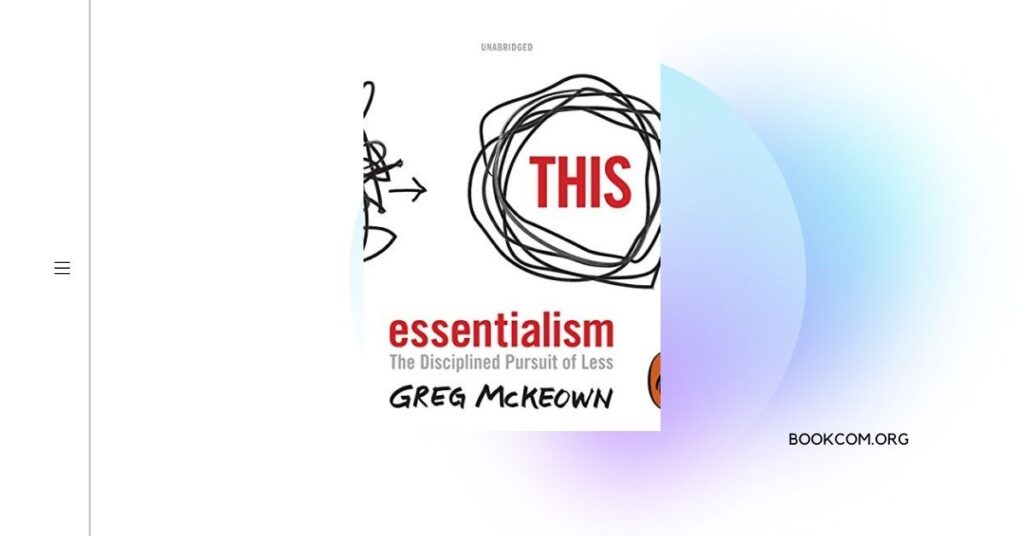
Overview: Greg McKeown explores the idea of essentialism, the disciplined pursuit of focusing on the few vital things that truly matter. He provides strategies for simplifying and prioritizing, enabling entrepreneurs to make their highest contribution.
Summary: This book challenges the culture of “more” and encourages entrepreneurs to focus on what is truly essential. McKeown shares practical tips for eliminating distractions, saying no to non-essential tasks, and creating a more meaningful and fulfilling business and life.
Key Learnings: “Essentialism” helps entrepreneurs identify and focus on their highest priorities, allowing them to channel their energy and resources toward activities that align with their goals and values. By embracing essentialism, entrepreneurs can achieve greater clarity, purpose, and satisfaction.
Read More: Book Review: “Essentialism: The Disciplined Pursuit of Less” by Greg McKeown
Read More: Wikipedia: “Essentialism: The Disciplined Pursuit of Less” by Greg McKeown
Read More: Googlereads: “Essentialism: The Disciplined Pursuit of Less” by Greg McKeown
“Hooked: How to Build Habit-Forming Products” by Nir Eyal
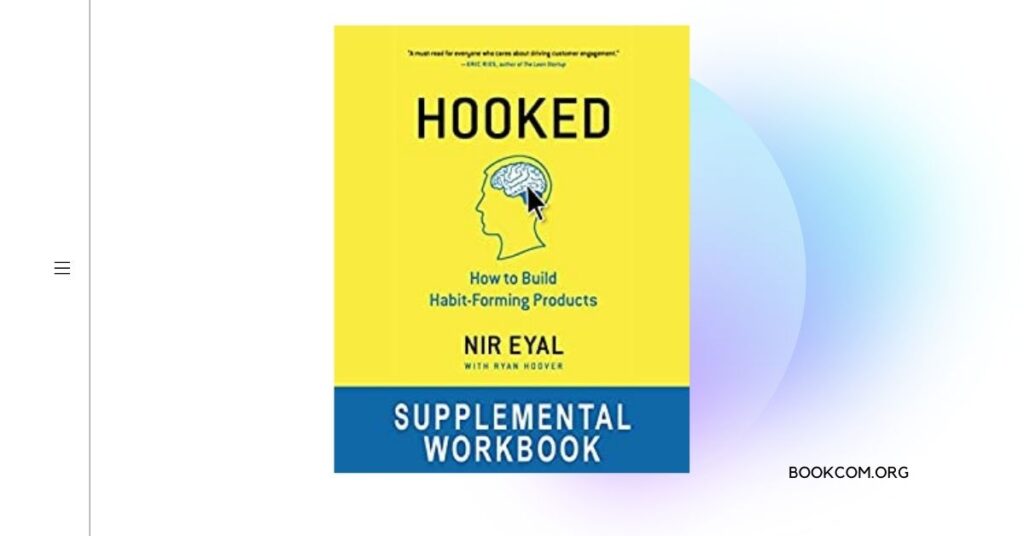
Overview: Nir Eyal explores the psychology behind habit formation and provides a framework for building products that create user engagement and loyalty. He introduces the Hook Model, a four-step process to design products that capture and retain users’ attention.
Summary: This book offers practical techniques for designing products that form strong user habits. Eyal explains the psychological principles and behavioural triggers that drive repeated engagement and provides actionable strategies for entrepreneurs to apply in their own product development.
Key Learnings: “Hooked” equips entrepreneurs with a deep understanding of user behaviour and the techniques to build habit-forming products. By applying the Hook Model, entrepreneurs can increase user engagement, drive adoption, and build successful businesses.
Read More: Book Review: “Hooked: How to Build Habit-Forming Products” by Nir Eyal
Read More: Wikipedia: “Hooked: How to Build Habit-Forming Products” by Nir Eyal
Read More: Googlereads: “Hooked: How to Build Habit-Forming Products” by Nir Eyal
“Profit First” by Mike Michalowicz

Overview: “Profit First” introduces a financial management system that helps entrepreneurs prioritize profit and achieve financial stability in their businesses. It challenges the traditional formula of sales – expenses = profit and proposes a new approach.
Summary: This book proposes a system where entrepreneurs allocate profit first, before considering expenses, as a way to ensure profitability. Michalowicz provides practical strategies and techniques for implementing this system, including setting up multiple bank accounts and adopting a profit-focused mindset.
Key Learnings: “Profit First” teaches entrepreneurs how to establish a sustainable financial foundation for their businesses. By prioritizing profit and implementing the strategies outlined in the book, entrepreneurs can increase their profitability, reduce financial stress, and achieve long-term financial success.
Read More: Book Review: “Profit First” by Mike Michalowicz
Read More: Wikipedia: “Profit First” by Mike Michalowicz
Read More: Googlereads: “Profit First” by Mike Michalowicz
“The Outsiders” by William N. Thorndike

Overview: “The Outsiders” profiles eight unconventional CEOs who achieved exceptional long-term success by prioritizing capital allocation and shareholder value. Thorndike presents valuable insights into their strategic decision-making and management approaches.
Summary: This book examines the practices of CEOs who were often overlooked by Wall Street but delivered outstanding results for their companies and shareholders. Thorndike analyzes their capital allocation strategies, leadership styles, and approaches to value creation.
Key Learnings: “The Outsiders” offers valuable lessons for entrepreneurs on effective capital allocation, long-term value creation, and unconventional leadership. By adopting the principles discussed in the book, entrepreneurs can make strategic decisions that drive sustainable growth and shareholder value.
Read More: Book Review: “The Outsiders” by William N. Thorndike
Read More: Wikipedia: “The Outsiders” by William N. Thorndike
Read More: Googlereads: “The Outsiders” by William N. Thorndike
“The Compound Effect” by Darren Hardy
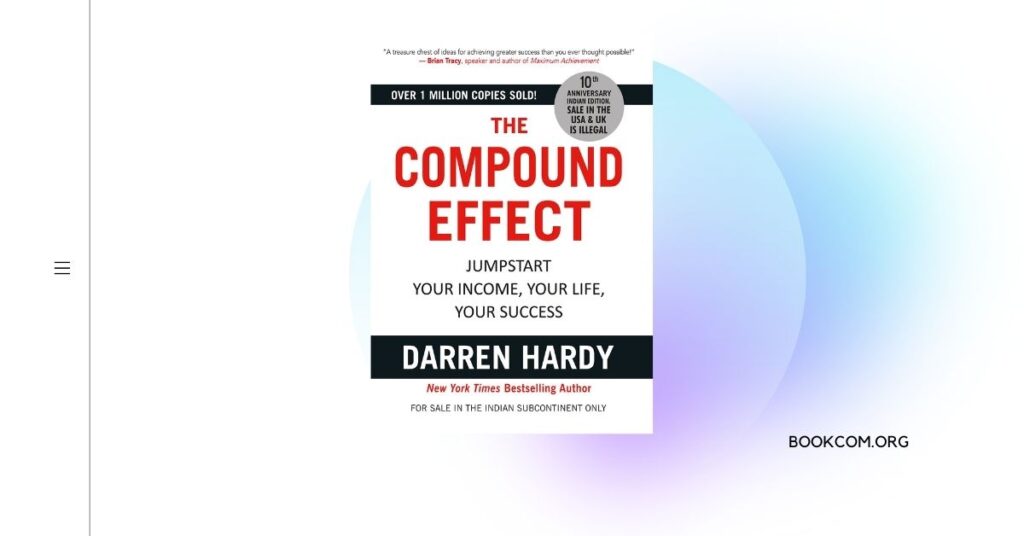
Overview: This book explores the power of small, consistent actions and their cumulative impact on personal and professional success.
Summary: The Compound Effect explains how making small, positive changes in your habits, mindset, and actions can lead to significant results over time.
Key Learnings: The book emphasizes the importance of taking personal responsibility, developing positive habits, setting clear goals, and maintaining consistent effort.
Read More: Book Review: “The Compound Effect” by Darren Hardy
Read More: Wikipedia: “The Compound Effect” by Darren Hardy
Read More: Googlereads: “The Compound Effect” by Darren Hardy
“The Tipping Point” by Malcolm Gladwell
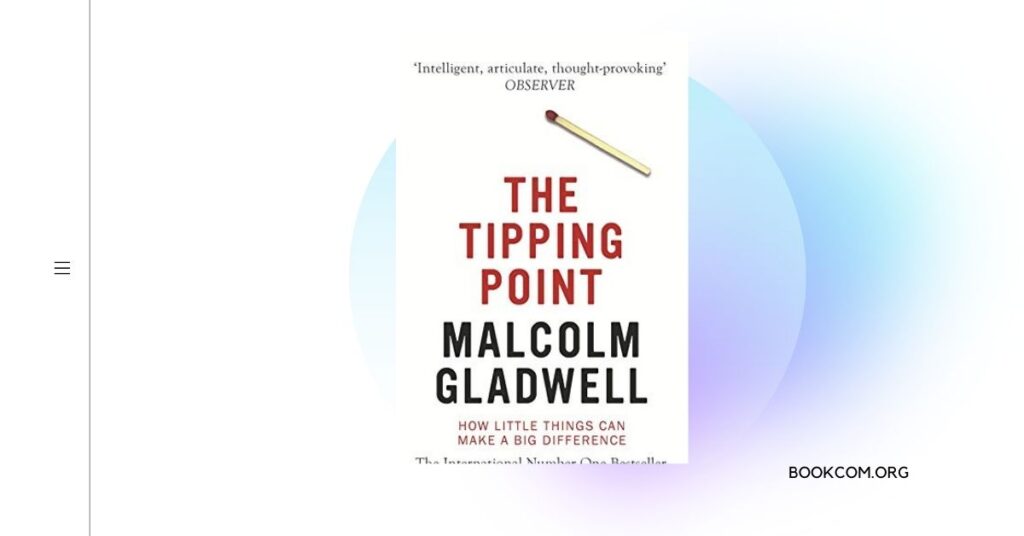
Overview: In this book, Malcolm Gladwell explores the phenomenon of how ideas, trends, and behaviors spread like epidemics and reach a tipping point.
Summary: The Tipping Point examines the factors that contribute to the rapid diffusion of ideas and the impact of specific individuals in influencing social change.
Key Learnings: The book highlights the significance of connectors, mavens, and salespeople in driving the spread of ideas, the concept of the stickiness factor, and the importance of context in creating viral trends.
Read More: Book Review: “The Tipping Point” by Malcolm Gladwell
Read More: Wikipedia: “The Tipping Point” by Malcolm Gladwell
Read More: Googlereads: “The Tipping Point” by Malcolm Gladwell
“The Art of Thinking Clearly” by Rolf Dobelli
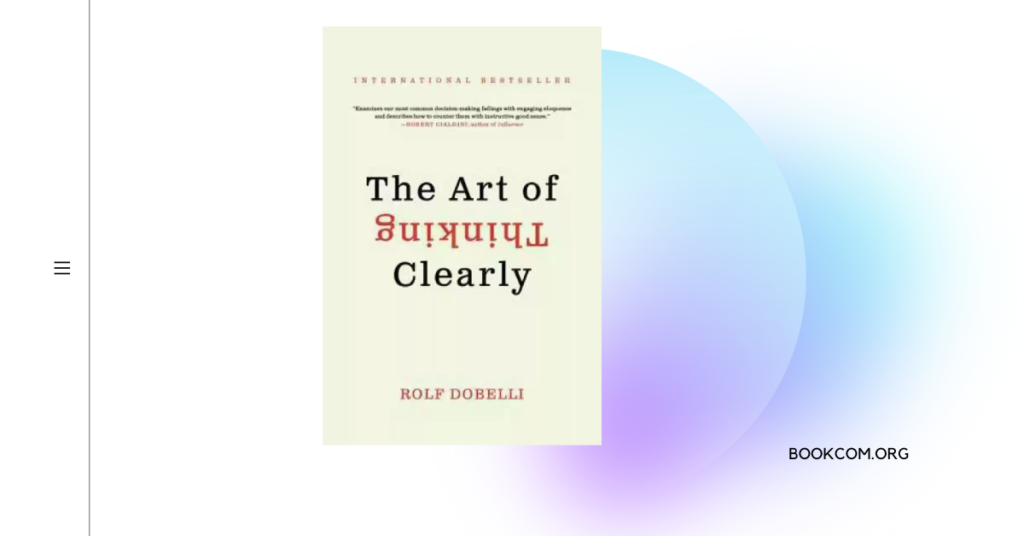
Overview: This book presents cognitive biases and logical fallacies that often cloud our thinking and decision-making process.
Summary: The Art of Thinking Clearly provides insights into common thinking errors and offers practical strategies for improving decision-making and critical thinking skills.
Key Learnings: The book highlights various cognitive biases, such as confirmation bias and sunk cost fallacy, and encourages readers to recognize and overcome these biases for more rational decision-making.
Read More: Book Review: “The Art of Thinking Clearly” by Rolf Dobelli
Read More: Wikipedia: “The Art of Thinking Clearly” by Rolf Dobelli
Read More: Googlereads: “The Art of Thinking Clearly” by Rolf Dobelli
“Made in America” by Sam Walton
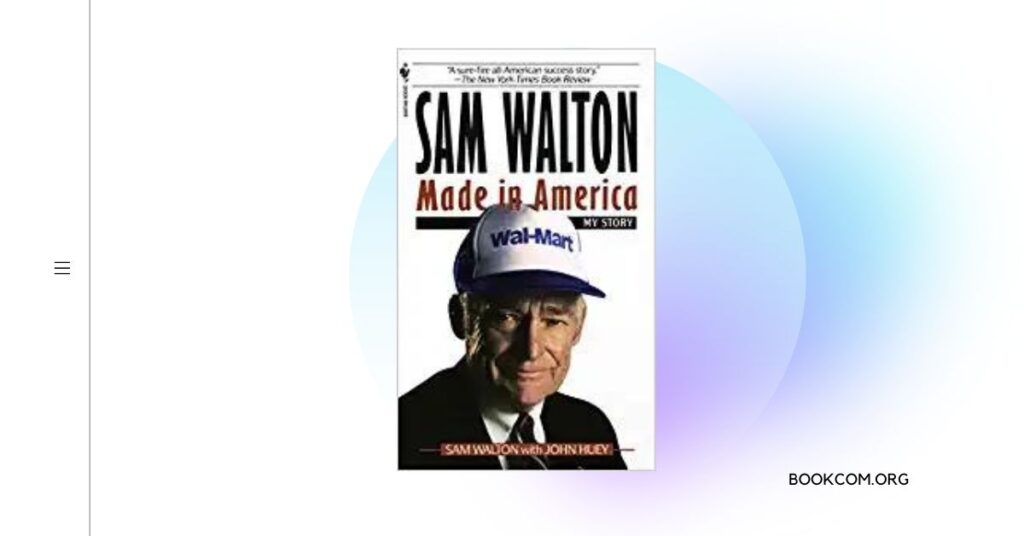
Overview: Sam Walton, the founder of Walmart, shares his entrepreneurial journey and the principles that drove the success of Walmart.
Summary: Made in America provides insights into Sam Walton’s innovative business strategies, customer-centric approach, and relentless pursuit of excellence.
Key Learnings: The book emphasizes the importance of customer satisfaction, cost-efficiency, innovation, and maintaining a strong company culture.
Read More: Book Review: “Made in America” by Sam Walton
Read More: Wikipedia:”Made in America” by Sam Walton
Read More: Googlereads:”Made in America” by Sam Walton
“The Power of Positive Thinking” by Norman Vincent Peale
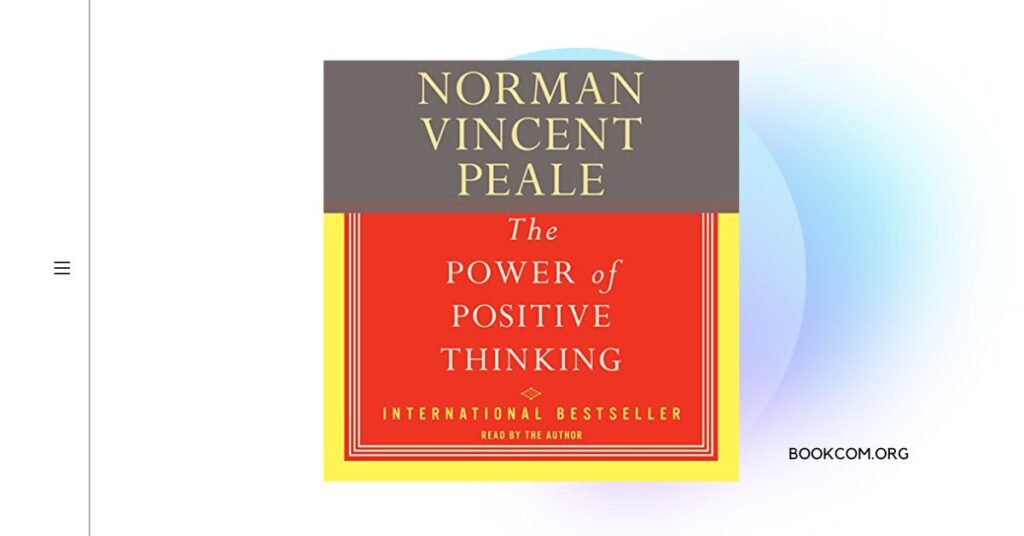
Overview: This book explores the power of positive thinking in overcoming challenges, achieving success, and improving overall well-being.
Summary: The Power of Positive Thinking provides practical techniques and inspirational stories to help individuals develop a positive mindset and transform their lives.
Key Learnings: The book emphasizes the importance of optimism, faith, self-belief, and the influence of positive thoughts on shaping one’s reality.
Read More: Book Review: “The Power of Positive Thinking” by Norman Vincent Peale
Read More: Wikipedia: “The Power of Positive Thinking” by Norman Vincent Peale
Read More: Googlereads: “The Power of Positive Thinking” by Norman Vincent Peale
“The Goal Giver” by Bob Burg and John David Mann
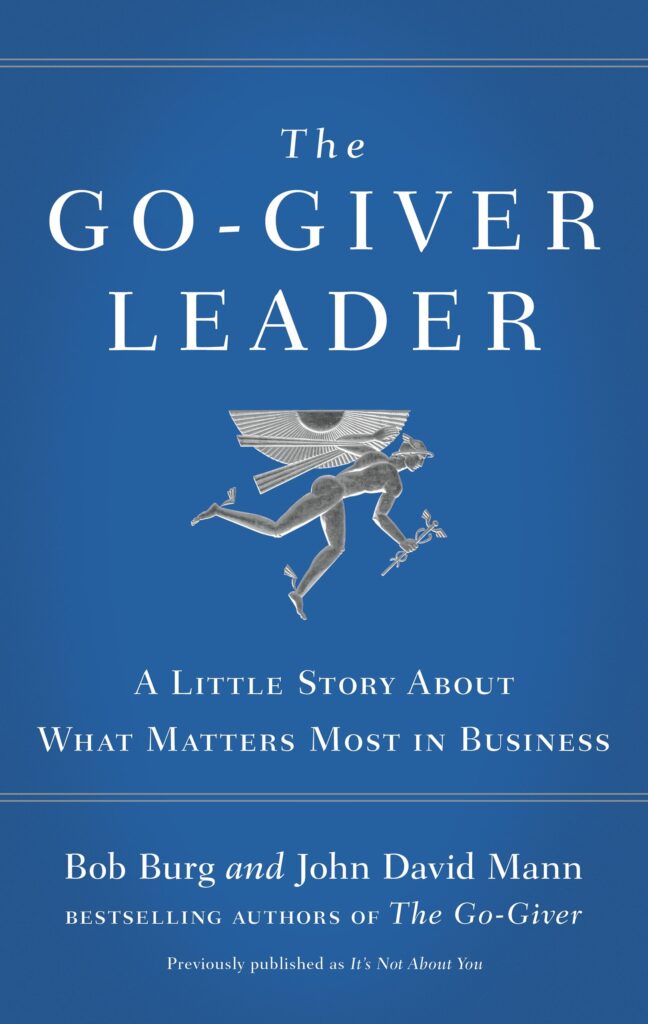
Overview: The Go-Giver presents a parable about the power of giving and the principles of success in business and life.
Summary: The book follows the journey of a young professional who learns the five laws of stratospheric success through encounters with influential mentors.
Key Learnings: The book emphasizes the importance of providing value, building relationships, embracing abundance, and having a giving mindset.
Read More: Book Review: “The Goal Giver” by Bob Burg and John David Mann
Read More: Wikipedia: “The Goal Giver” by Bob Burg and John David Mann
Read More: Googlereads: “The Goal Giver” by Bob Burg and John David Mann
“The Science of Getting Rich” by Wallace D. Wattles
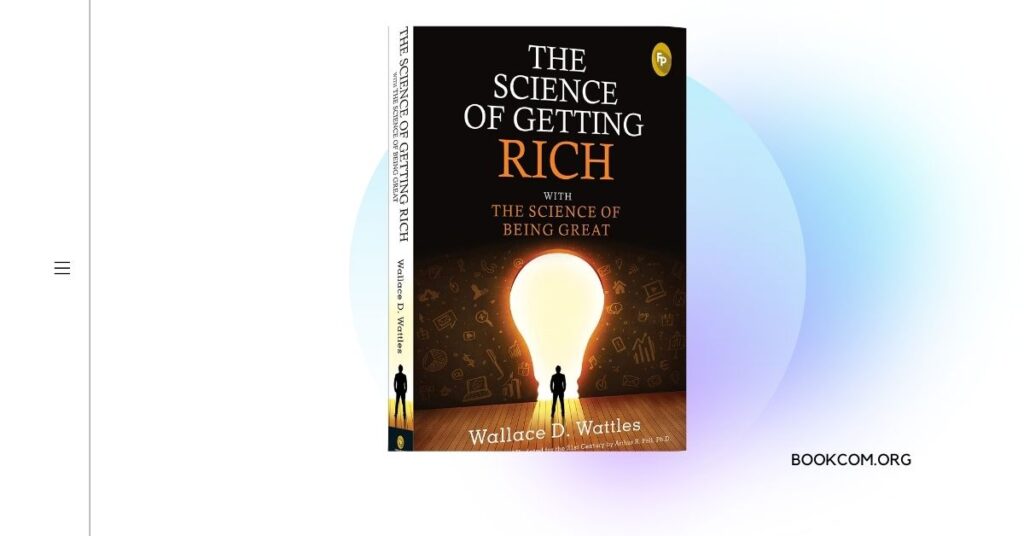
Overview: This classic self-help book explores the principles of wealth creation and financial success.
Summary: The Science of Getting Rich outlines a practical and philosophical approach to achieving prosperity and abundance.
Key Learnings: The book emphasizes the power of positive thinking, gratitude, and taking purposeful action to attract wealth and success.
Read More: Book Review: “The Science of Getting Rich” by Wallace D. Wattles
Read More: Wikipedia: “The Science of Getting Rich” by Wallace D. Wattles
Read More: Googlereads: “The Science of Getting Rich” by Wallace D. Wattles
“The Power of Moments” by Chip Heath and Dan Heath
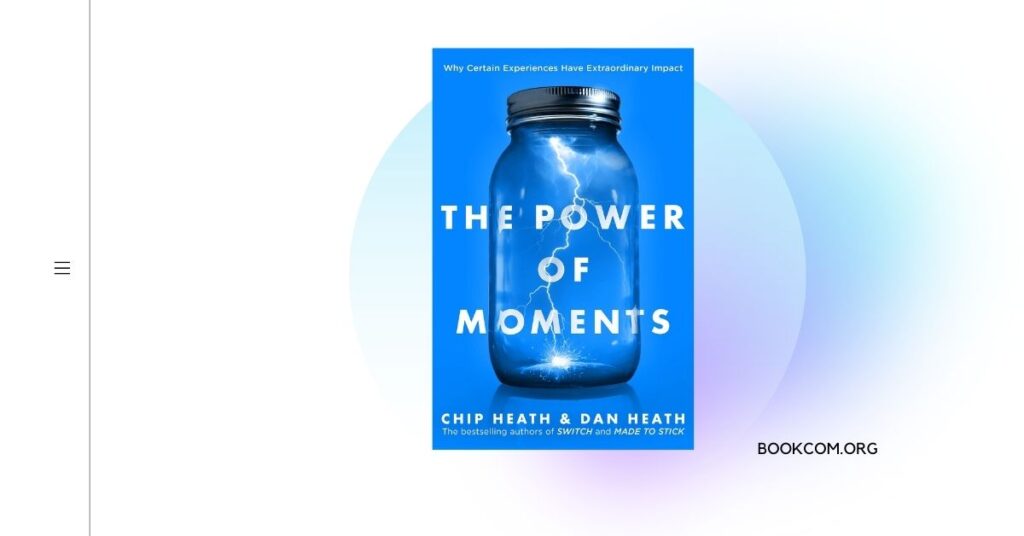
Overview: The Power of Moments explores how certain experiences can have a lasting impact and how individuals and organizations can create meaningful moments.
Summary: The book reveals the key elements that make moments memorable and provides practical strategies for designing and enhancing meaningful experiences.
Key Learnings: The book highlights the importance of creating peak moments, transitions, milestones, and shared experiences to cultivate positive relationships and drive engagement.
Read More: Book Review: “The Power of Moments” by Chip Heath and Dan Heath
Read More: Wikipedia: “The Power of Moments” by Chip Heath and Dan Heath
Read More: Googlereads: “The Power of Moments” by Chip Heath and Dan Heath
“The Go-Giver” by Bob Burg and John David Mann
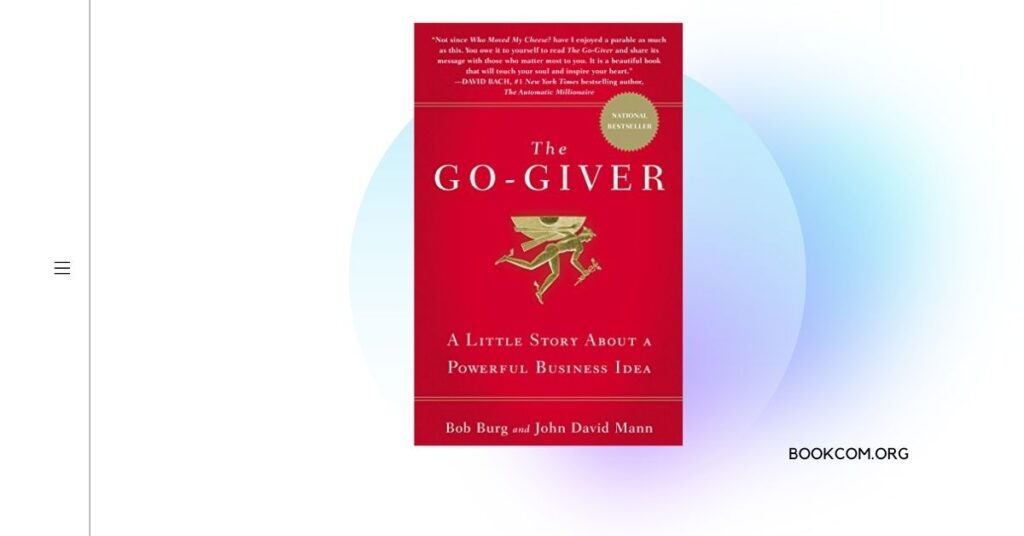
Overview: The Go-Giver presents a parable about the power of giving and the principles of success in business and life.
Summary: The book follows the journey of a young professional who learns the five laws of stratospheric success through encounters with influential mentors.
Key Learnings: The book emphasizes the importance of providing value, building relationships, embracing abundance, and having a giving mindset.
Read More: Book Review: “The Go-Giver” by Bob Burg and John David Mann
Read More: Wikipedia: “The Go-Giver” by Bob Burg and John David Mann
Read More: Googlereads: “The Go-Giver” by Bob Burg and John David Mann
“The 22 Immutable Laws of Marketing” by Al Ries and Jack Trout
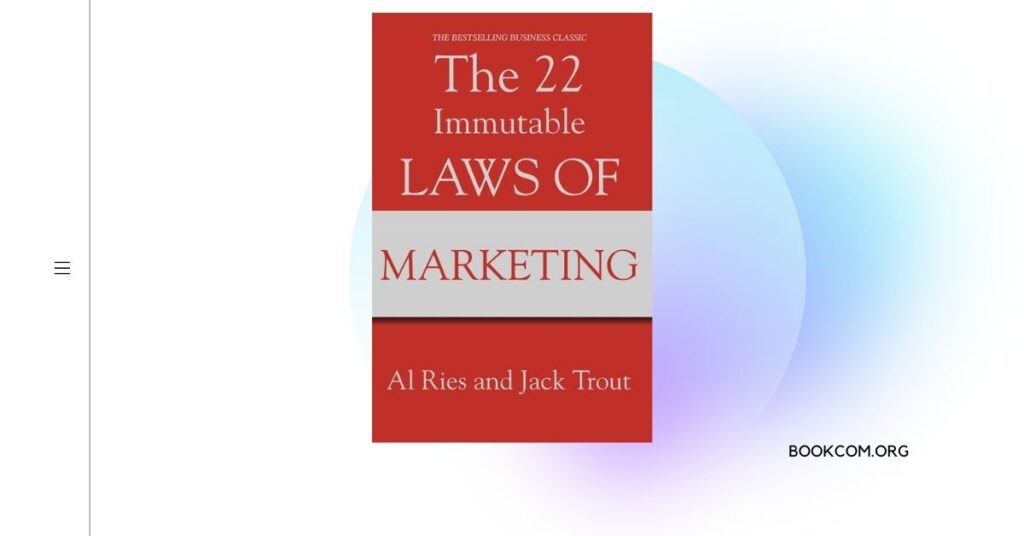
Overview: This book presents 22 fundamental laws of marketing that can guide entrepreneurs in building successful brands and marketing strategies.
Summary: The 22 Immutable Laws of Marketing provides practical insights and case studies to illustrate the principles that drive effective marketing campaigns.
Key Learnings: The book emphasizes the importance of positioning, differentiation, understanding the mind of the customer, and focusing on long-term strategies.
Read More: Book Review: “The 22 Immutable Laws of Marketing” by Al Ries and Jack Trout
Read More: Wikipedia: “The 22 Immutable Laws of Marketing” by Al Ries and Jack Trout
Read More: Googlereads: “The 22 Immutable Laws of Marketing” by Al Ries and Jack Trout
“The Charisma Myth” by Olivia Fox Cabane

Overview: The Charisma Myth explores the concept of charisma and provides practical techniques to develop and enhance one’s charisma.
Summary: The book delves into the science behind charisma and offers exercises and strategies to improve communication, influence, and interpersonal skills.
Key Learnings: The book emphasizes the importance of presence, power, and warmth in creating a charismatic impression and building positive relationships.
Read More: Book Review: “The Charisma Myth” by Olivia Fox Cabane
Read More: Wikipedia: “The Charisma Myth” by Olivia Fox Cabane
Read More: Googlereads: “The Charisma Myth” by Olivia Fox Cabane
“Leadership Is an Art” by Max DePree
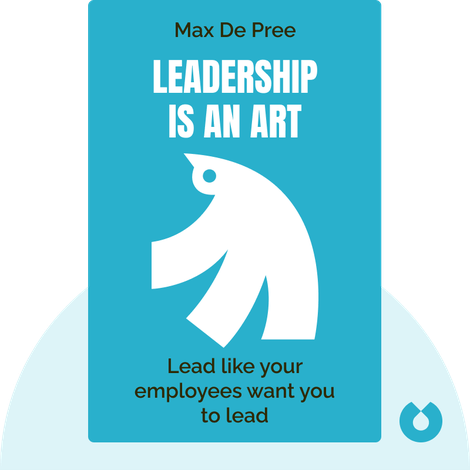
Overview: Leadership Is an Art explores the essence of leadership and the qualities that make a leader effective and inspiring.
Summary: The book emphasizes the importance of trust, respect, and nurturing relationships in leadership, and it provides insights for leading with integrity and purpose.
Key Learnings: The book highlights the significance of servant leadership, the value of empowering others, and the role of leaders in creating a positive organizational culture.
Read More: Book Review: “Leadership Is an Art” by Max DePree
Read More: Wikipedia: “Leadership Is an Art” by Max DePree
Read More: Googlereads: “Leadership Is an Art” by Max DePree
“How to Win Friends and Influence People” by Dale Carnegie

Overview: How to Win Friends and Influence People is a timeless classic that provides practical advice on building strong relationships, winning people over, and influencing others positively.
Summary: The book offers techniques for effective communication, understanding human nature, and developing interpersonal skills to achieve success in personal and professional life.
Key Learnings: The book emphasizes the importance of empathy, active listening, appreciation, and understanding human psychology to build lasting connections.
Read More: Book Review: “How to Win Friends and Influence People” by Dale Carnegie
Read More: Wikipedia: “How to Win Friends and Influence People” by Dale Carnegie
Read More: Googlereads: “How to Win Friends and Influence People” by Dale Carnegie
“The Monk Who Sold His Ferrari” by Robin Sharma
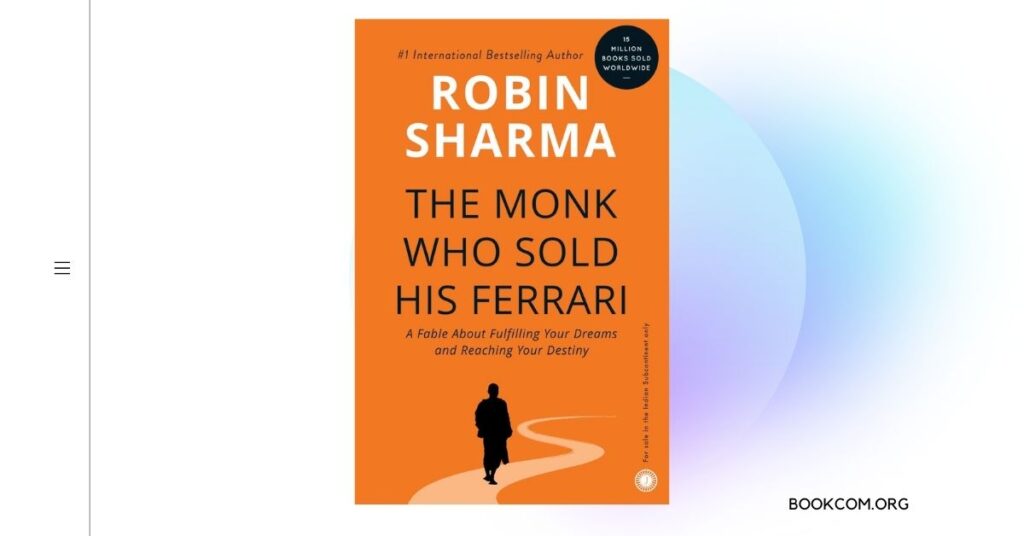
Overview: The Monk Who Sold His Ferrari is a spiritual fable that imparts wisdom about life, happiness, and personal transformation.
Summary: The book follows the journey of a successful lawyer who embarks on a quest for a meaningful life and discovers the secrets of living with purpose and fulfillment.
Key Learnings: The book explores mindfulness, self-discovery, and the importance of aligning one’s actions with personal values and priorities.
Read More: Book Review: “The Monk Who Sold His Ferrari” by Robin Sharma
Read More: Wikipedia: “The Monk Who Sold His Ferrari” by Robin Sharma
Read More: Googlereads: “The Monk Who Sold His Ferrari” by Robin Sharma
“Mindset Mastery: Overcome Limiting Thoughts and Negative Energies to Maximize Potential and Live the Life of Your Dreams” by Scott Allan
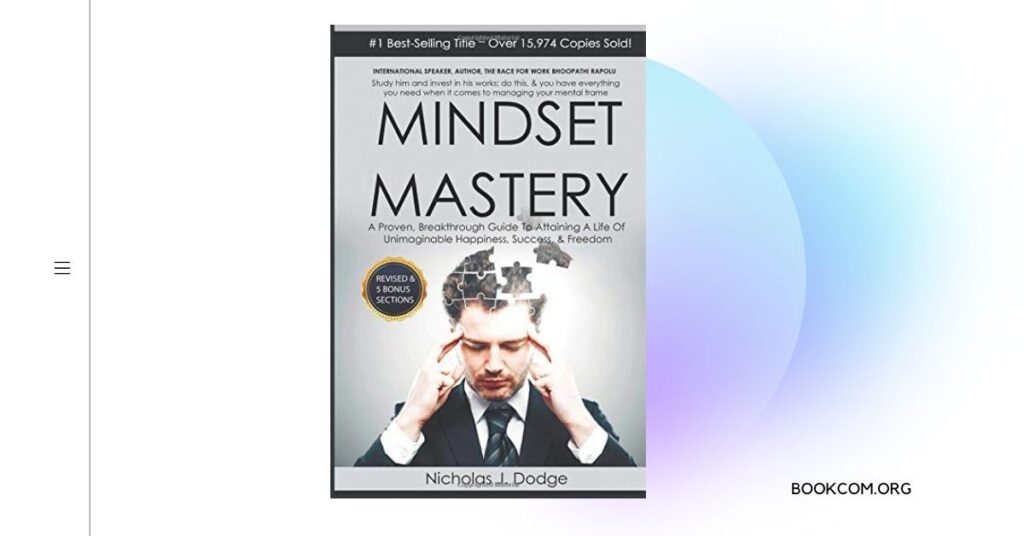
Overview: Mindset Mastery explores the power of mindset in achieving personal and professional success and provides strategies for developing a growth-oriented mindset.
Summary: The book delves into the concept of mindset, highlights common limiting beliefs, and offers techniques to overcome them and cultivate a positive mindset.
Key Learnings: The book emphasizes the importance of self-awareness, positive affirmations, resilience, and continuous learning for personal growth and achievement.
Read More: Book Review: “Mindset Mastery” by Scott Allan
Read More: Wikipedia: “Mindset Mastery” by Scott Allan
Read More: Googlereads: “Mindset Mastery” by Scott Allan
“Scaling Up: How a Few Companies Make It…and Why the Rest Don’t” by Verne Harnish
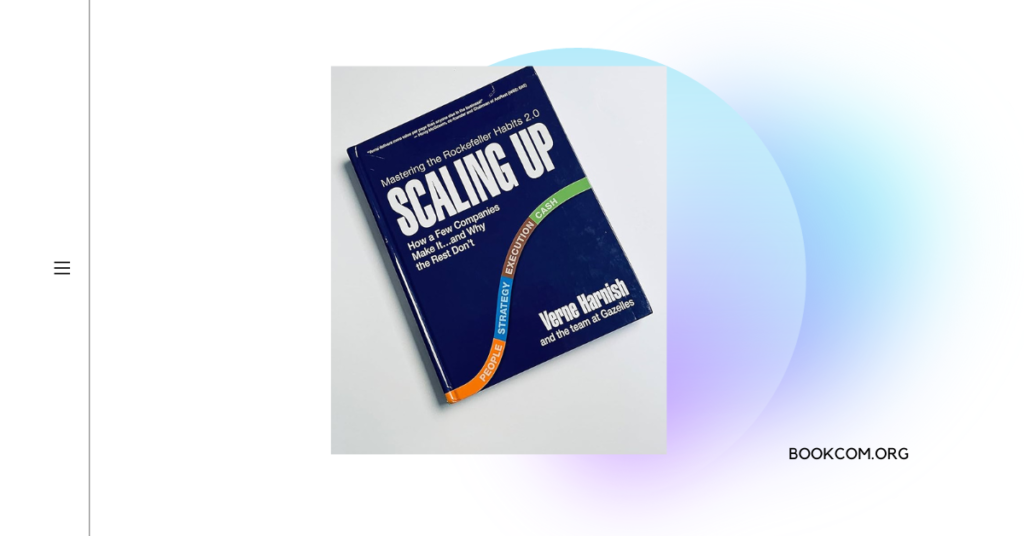
Overview: Scaling Up provides practical insights and strategies for growing businesses and scaling them effectively.
Summary: The book offers a framework for scaling businesses by focusing on key areas such as people, strategy, execution, and cash.
Key Learnings: The book emphasizes the importance of aligning people, processes, and systems to drive sustainable growth and overcome common scaling challenges.
Read More: Book Review: “Scaling Up: How a Few Companies Make It…and Why the Rest Don’t” by Verne Harnish
Read More: Wikipedia: “Scaling Up: How a Few Companies Make It…and Why the Rest Don’t” by Verne Harnish
Read More: Googlereads: “Scaling Up: How a Few Companies Make It…and Why the Rest Don’t” by Verne Harnish
“The Design of Everyday Things” by Don Norman

Overview: The Design of Everyday Things explores the principles of user-centered design and usability, focusing on how design influences user behavior and experience.
Summary: The book examines the psychology of design and provides practical guidelines for creating intuitive and user-friendly products and interfaces.
Key Learnings: The book emphasizes the importance of affordances, feedback, and mental models in designing products that meet user needs and expectations.
Read More: Book Review: “The Design of Everyday Things” by Don Norman
Read More: Wikipedia: “The Design of Everyday Things” by Don Norman
Read More: Googlereads: “The Design of Everyday Things” by Don Norman
“The Psychology of Selling” by Brian Tracy

Overview: The Psychology of Selling explores the principles and techniques of effective salesmanship, providing insights into buyer behavior and the psychology of persuasion.
Summary: The book covers various aspects of the sales process, including prospecting, building relationships, handling objections, and closing sales.
Key Learnings: The book highlights the importance of building trust, understanding customer needs, and adopting a customer-focused approach to sales.
Read More: Book Review: “The Psychology of Selling” by Brian Tracy
Read More: Wikipedia: “The Psychology of Selling” by Brian Tracy
Read More: Googlereads: “The Psychology of Selling” by Brian Tracy
“The Dip” by Seth Godin

Overview: The Dip explores the concept of strategic quitting and helps readers identify when to persevere and when to quit in order to achieve success.
Summary: The book highlights the importance of focusing on activities where one can become the best and letting go of endeavors with limited potential.
Key Learnings: The book emphasizes the significance of strategic decision-making, embracing challenges, and committing to excellence in chosen pursuits.
Read More: Book Review: “The Dip” by Seth Godin
Read More: Wikipedia: “The Dip” by Seth Godin
Read More: Googlereads: “The Dip” by Seth Godin
“The Innovator’s Method” by Nathan Furr and Jeff Dyer
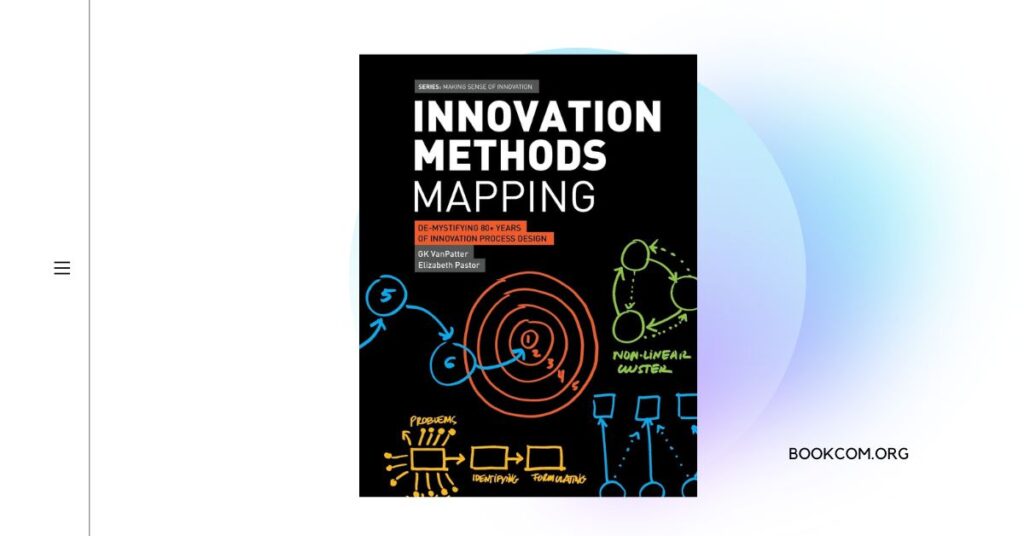
Overview: The Innovator’s Method provides a systematic approach to innovation, helping entrepreneurs and businesses generate and test new ideas effectively.
Summary: The book introduces a structured process for identifying customer needs, prototyping solutions, and iterating based on customer feedback.
Key Learnings: The book emphasizes the importance of rapid experimentation, customer empathy, and iterative problem-solving in driving successful innovation.
Read More: Book Review: “The Innovator’s Method” by Nathan Furr and Jeff Dyer
Read More: Wikipedia: “The Innovator’s Method” by Nathan Furr and Jeff Dyer
Read More: Googlereads: “The Innovator’s Method” by Nathan Furr and Jeff Dyer
“The Obstacle Is the Way” by Ryan Holiday
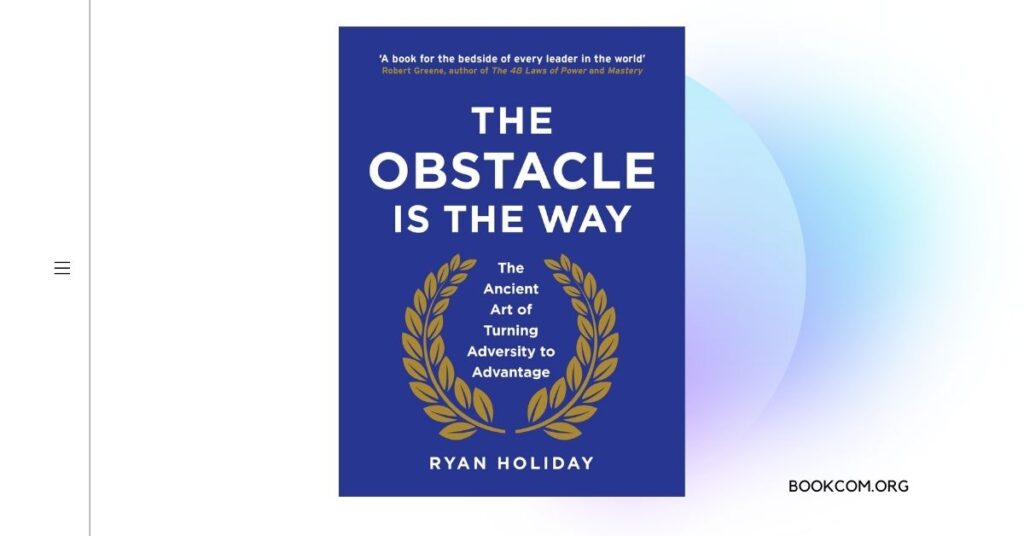
Overview: The Obstacle Is the Way draws inspiration from Stoic philosophy to teach readers how to turn obstacles into opportunities and embrace challenges.
Summary: The book explores the mindset and strategies for overcoming adversity, shifting perspectives, and using obstacles as stepping stones to success.
Key Learnings: The book emphasizes the power of perseverance, resilience, and reframing obstacles as valuable learning experiences.
Read More: Book Review: “The Obstacle Is the Way” by Ryan Holiday
Read More: Wikipedia: “The Obstacle Is the Way” by Ryan Holiday
Read More: Googlereads: “The Obstacle Is the Way” by Ryan Holiday
“The Phoenix Project” by Gene Kim, Kevin Behr, and George Spafford
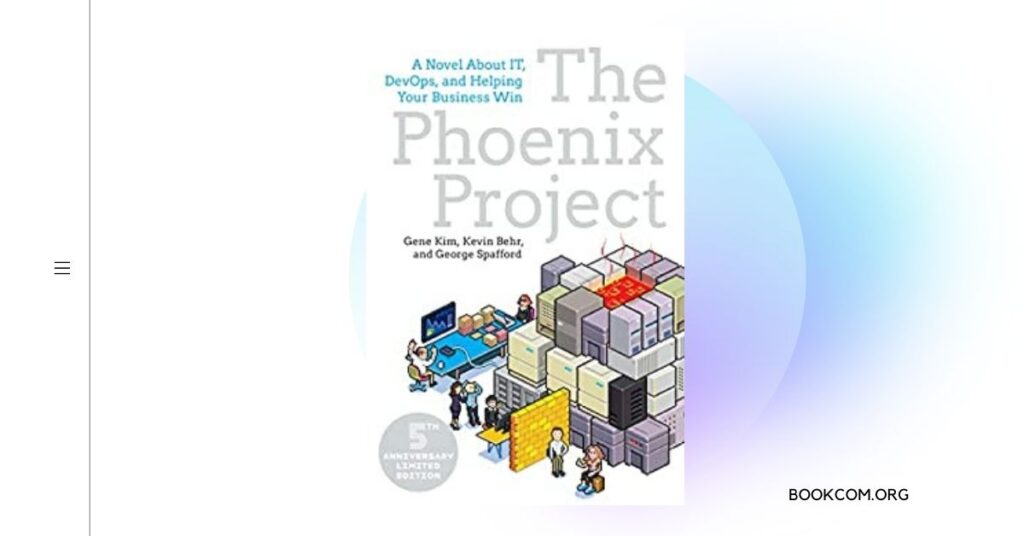
Overview: The Phoenix Project is a business novel that explores the challenges of IT and DevOps implementation within organizations.
Summary: The book follows the journey of an IT manager as he navigates through a crisis and discovers principles for successful project management.
Key Learnings: The book highlights the importance of collaboration, continuous improvement, and aligning IT initiatives with business goals.
Read More: Book Review: “The Phoenix Project” by Gene Kim, Kevin Behr, and George Spafford
Read More: Wikipedia: “The Phoenix Project” by Gene Kim, Kevin Behr, and George Spafford
Read More: Googlereads: “The Phoenix Project” by Gene Kim, Kevin Behr, and George Spafford
“Ego Is the Enemy” by Ryan Holiday
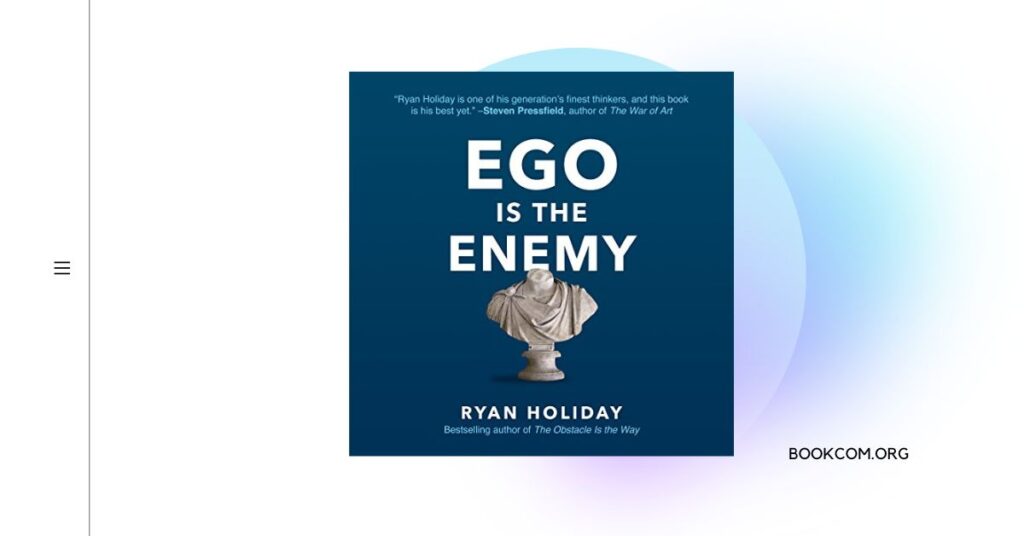
Overview: Ego Is the Enemy explores the negative effects of ego and self-centeredness on personal and professional growth, offering insights for overcoming ego-driven behavior.
Summary: The book examines the pitfalls of ego and provides strategies for cultivating humility, embracing feedback, and focusing on continuous self-improvement.
Key Learnings: The book emphasizes the importance of staying humble, learning from failure, and maintaining a growth mindset in order to achieve long-term success.
Read More: Book Review: “Ego Is the Enemy” by Ryan Holiday
Read More: Wikipedia:”Ego Is the Enemy” by Ryan Holiday
Read More: Googlereads: “Ego Is the Enemy” by Ryan Holiday
“The Innovator’s Method” by Nathan Furr and Jeff Dyer
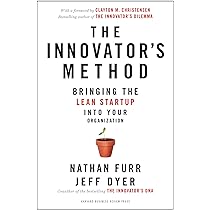
Overview: The Innovator’s Method offers a practical framework for systematic innovation, providing tools and strategies to identify and capitalize on disruptive opportunities.
Summary: The book introduces the SIT (Subtraction, Idea, Task) method and the CITE (Constraint, Ideation, Testing, Execution) framework to guide the innovation process.
Key Learnings: The book emphasizes the importance of embracing uncertainty, challenging assumptions, and leveraging experimentation to drive successful innovation.
Read More: Book Review: “The Innovator’s Method” by Nathan Furr and Jeff Dyer
Read More: Wikipedia: “The Innovator’s Method” by Nathan Furr and Jeff Dyer
Read More: Googlereads: “The Innovator’s Method” by Nathan Furr and Jeff Dyer
“The Obstacle Is the Way” by Ryan Holiday

Overview: The Obstacle Is the Way draws inspiration from stoicism to present a practical philosophy for overcoming challenges and turning obstacles into opportunities.
Summary: The book explores the idea that obstacles are not barriers but rather opportunities for growth, resilience, and success.
Key Learnings: The book encourages readers to adopt a mindset that embraces adversity, focuses on solutions, and utilizes perseverance to overcome obstacles.
Read More: Book Review: “The Obstacle Is the Way” by Ryan Holiday
Read More: Wikipedia: “The Obstacle Is the Way” by Ryan Holiday
Read More: Googlereads: “The Obstacle Is the Way” by Ryan Holiday
“The Monk Who Sold His Ferrari” by Robin Sharma

Overview: The Monk Who Sold His Ferrari is a fictional tale that offers spiritual and self-help lessons for personal and professional transformation.
Summary: The book follows the journey of a successful lawyer who undergoes a profound transformation after seeking wisdom from Himalayan monks.
Key Learnings: The book explores principles such as mindfulness, purposeful living, and embracing change to find happiness, success, and fulfillment.
Read More: Book Review: “The Monk Who Sold His Ferrari” by Robin Sharma
Read More: Wikipedia: “The Monk Who Sold His Ferrari” by Robin Sharma
Read More: Googlereads: “The Monk Who Sold His Ferrari” by Robin Sharma
“The Thank You Economy” by Gary Vaynerchuk
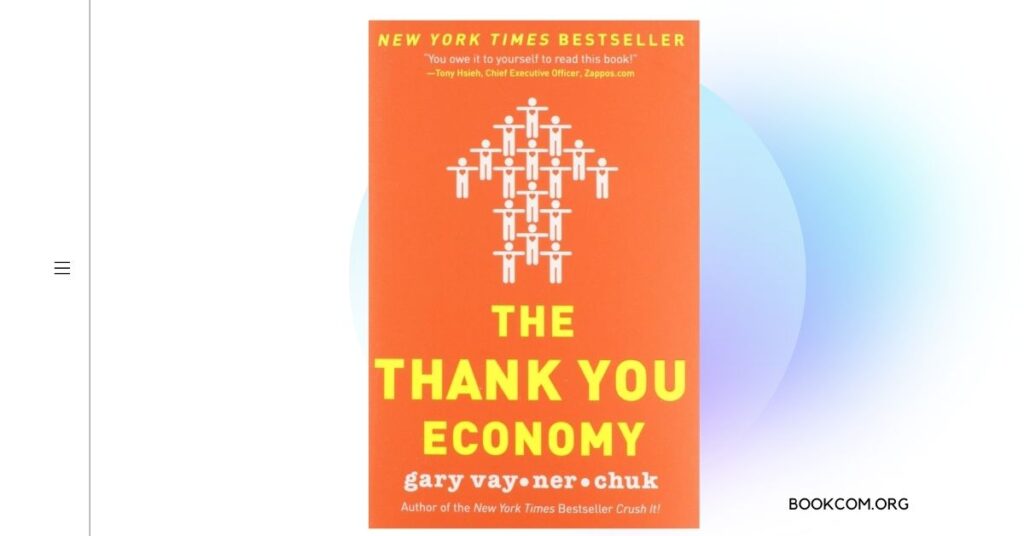
Overview: In “The Thank You Economy,” Gary Vaynerchuk explores the power of social media and the importance of building authentic relationships with customers in the digital age
Summary: The book emphasizes the shift from traditional marketing to a more customer-centric approach, where businesses engage with customers on social platforms and prioritize personalized experiences.
Key Learnings: Vaynerchuk highlights the significance of active listening, meaningful interactions, and genuine appreciation for customers. He emphasizes the value of word-of-mouth marketing and the potential for businesses to thrive by focusing on delivering value and building strong connections.
Read More: Book Review: “The Thank You Economy” by Gary Vaynerchuk
Read More: Wikipedia: “The Thank You Economy” by Gary Vaynerchuk
Read More: Googlereads: “The Thank You Economy” by Gary Vaynerchuk
